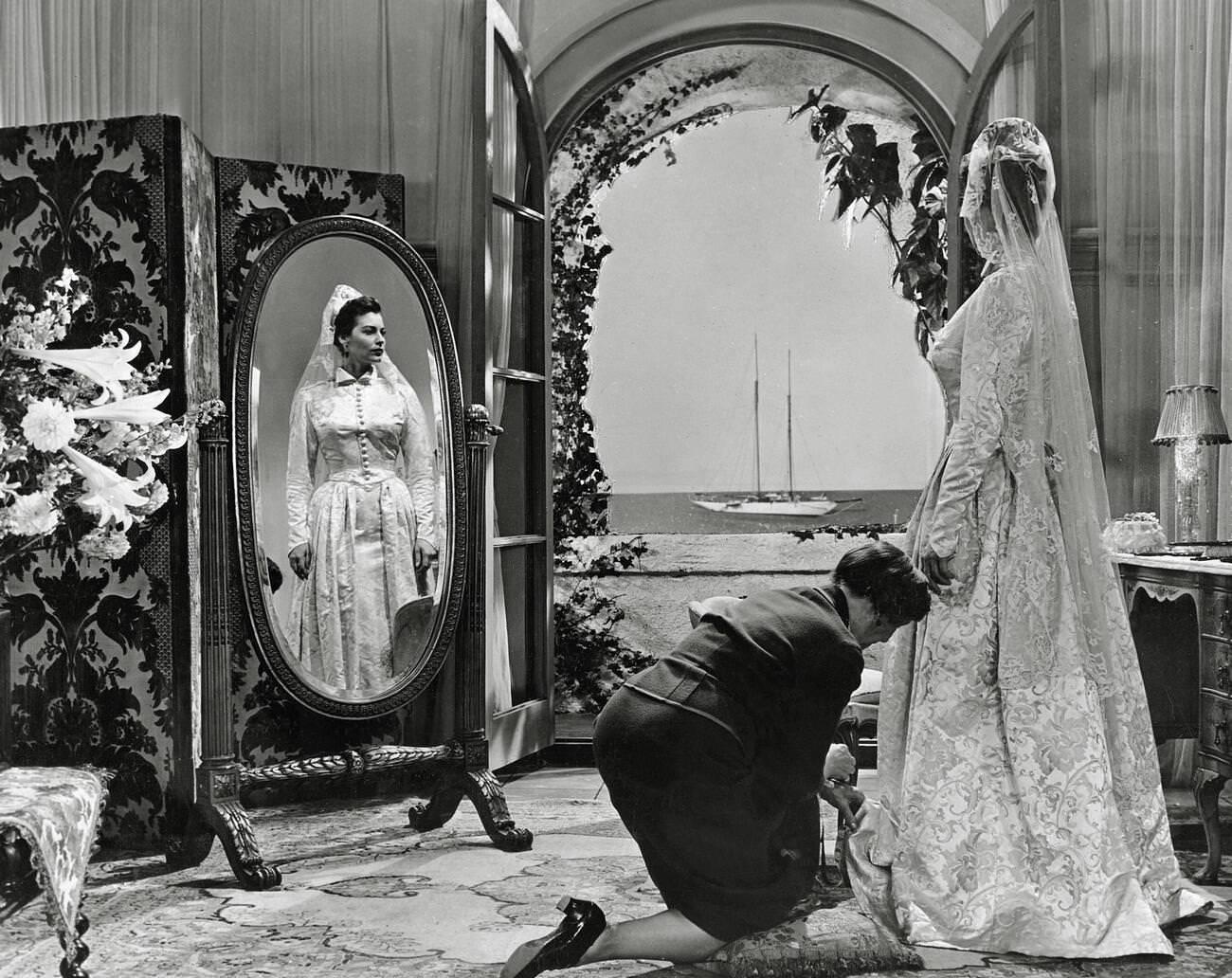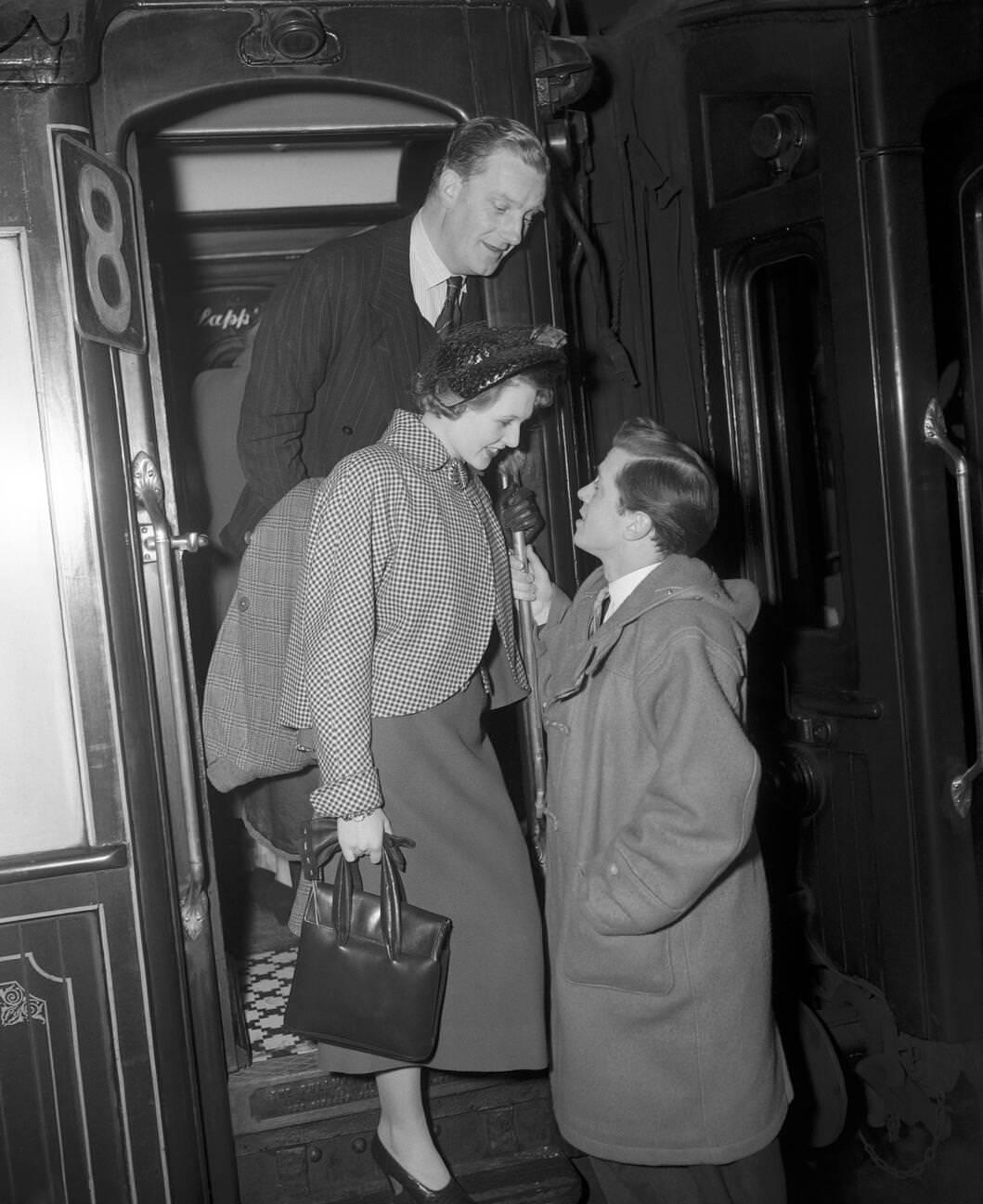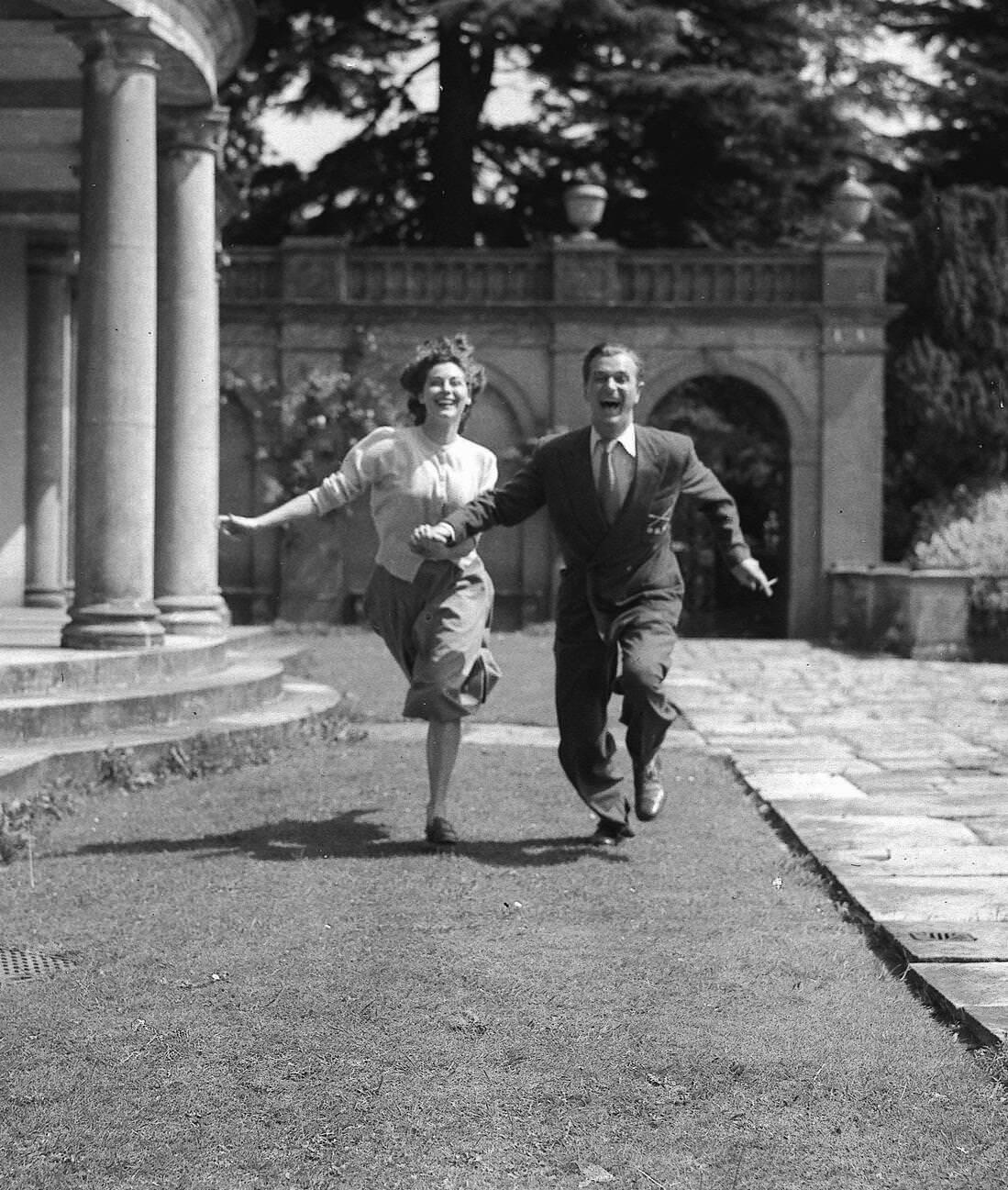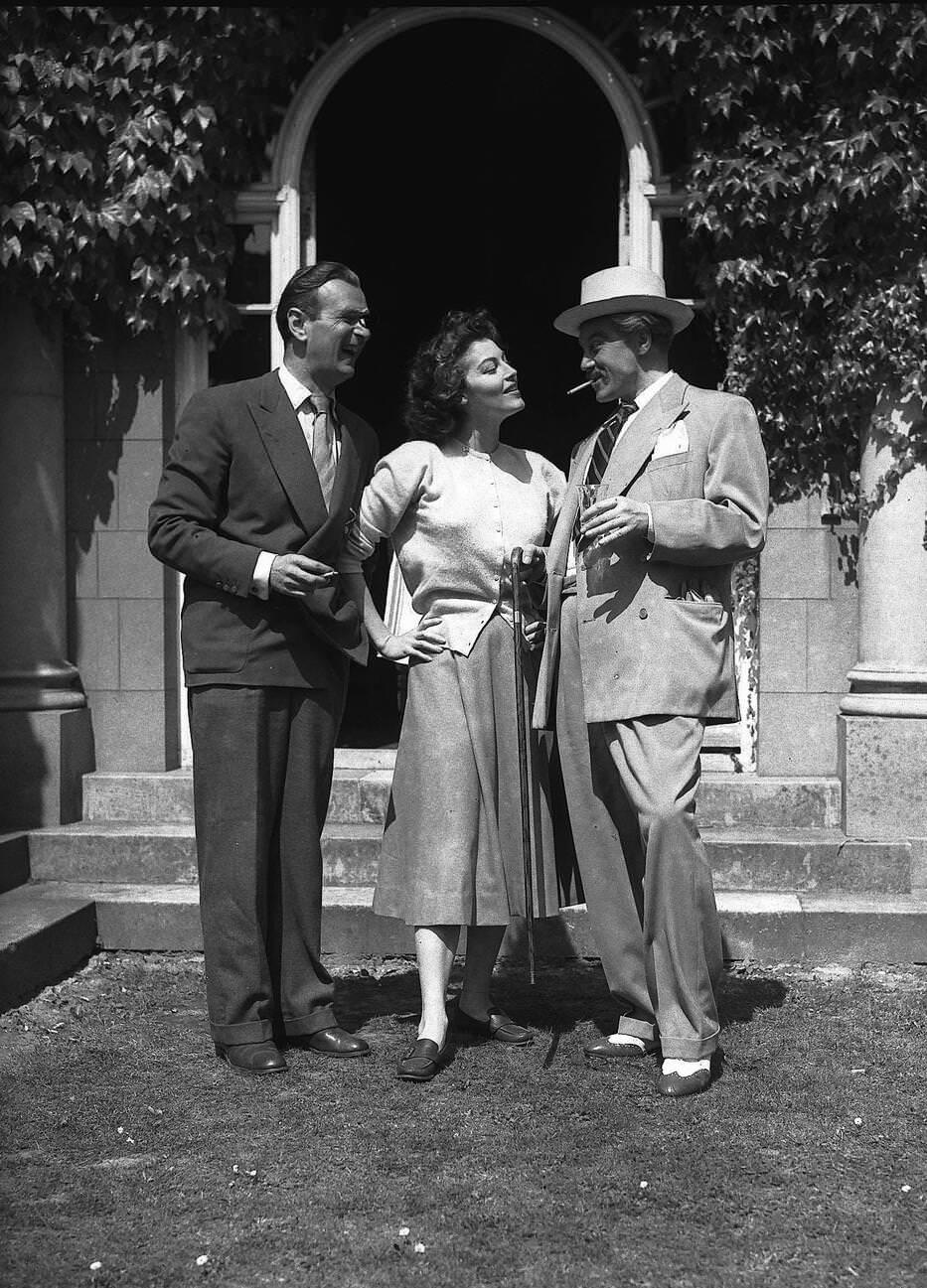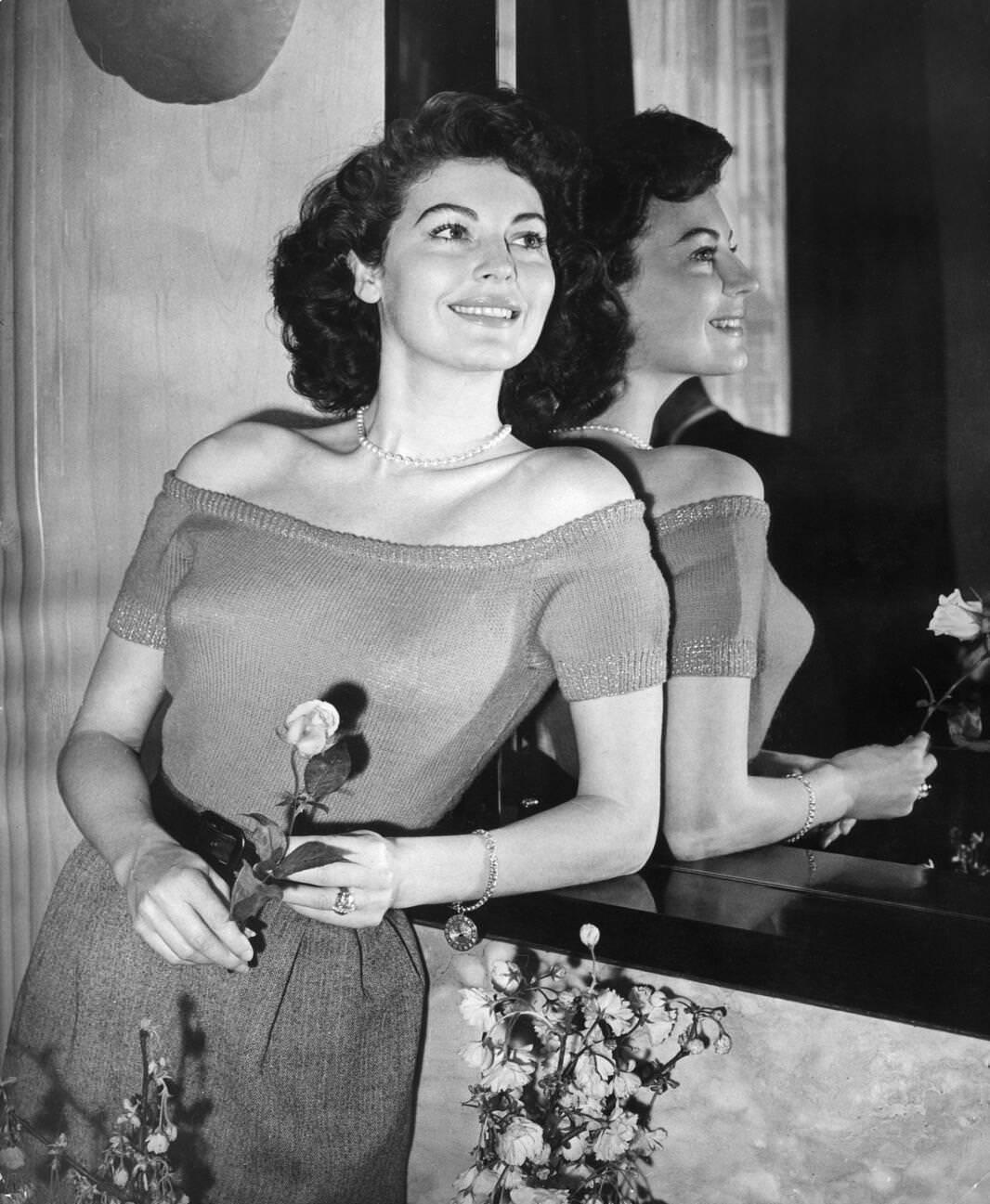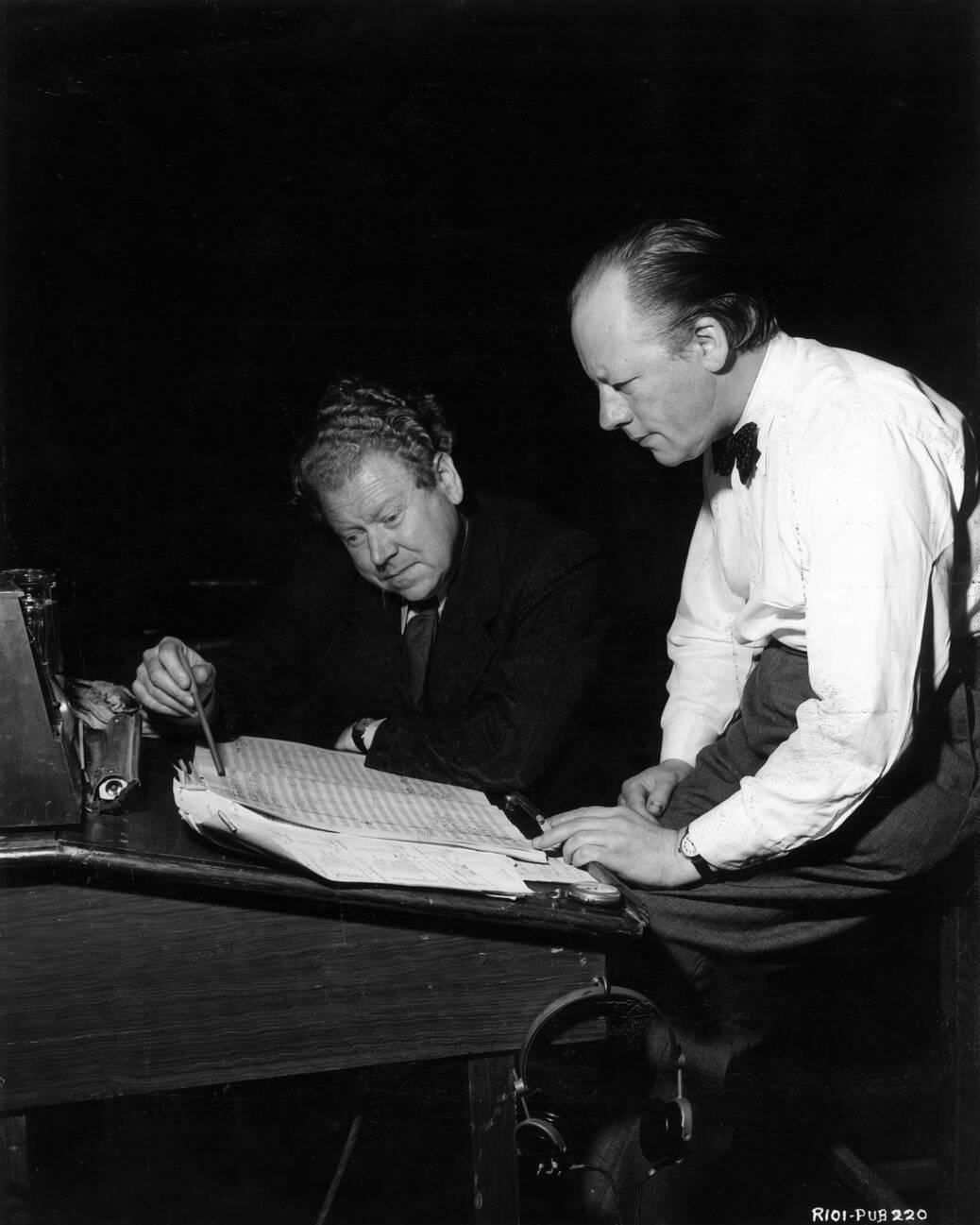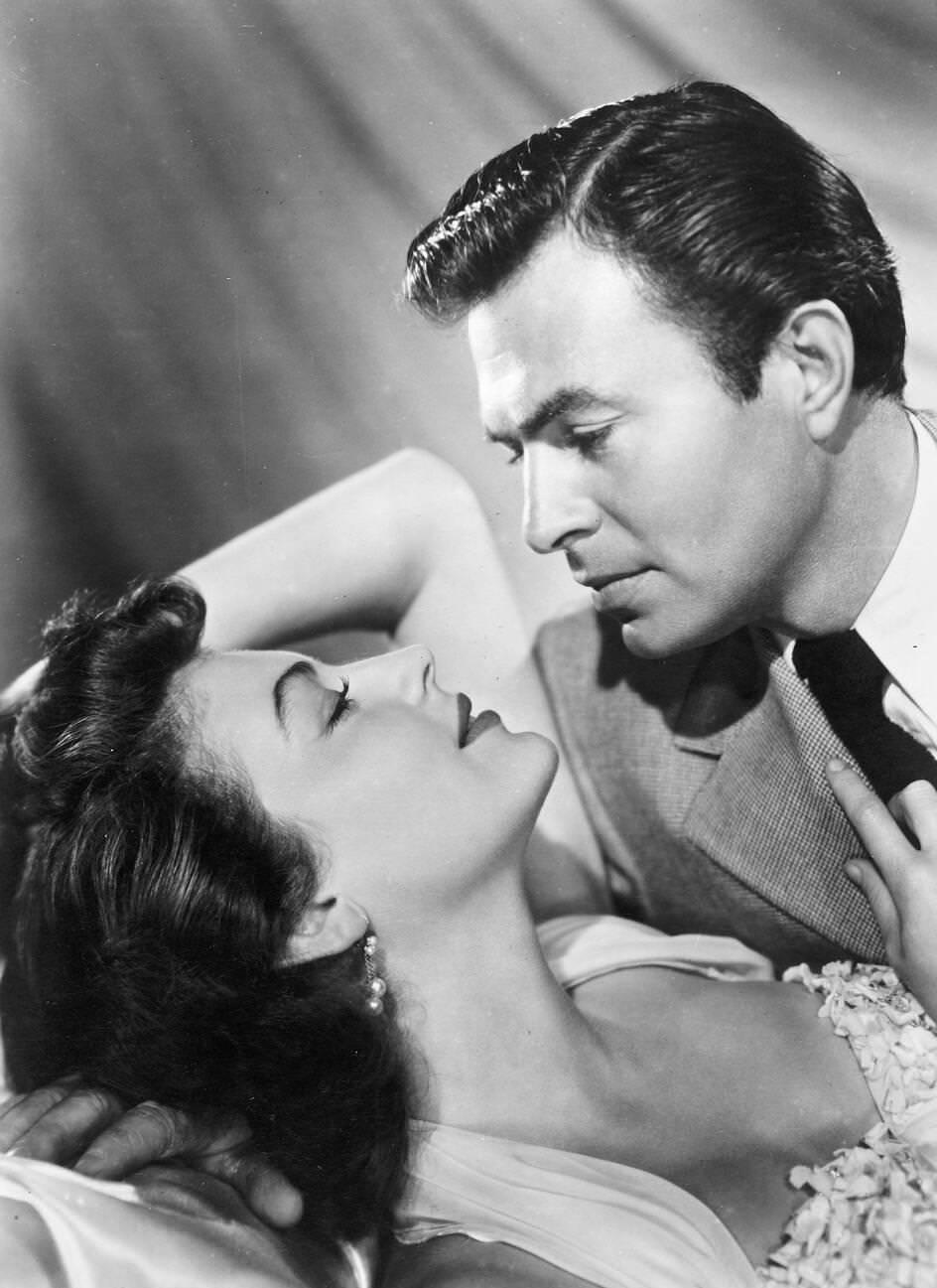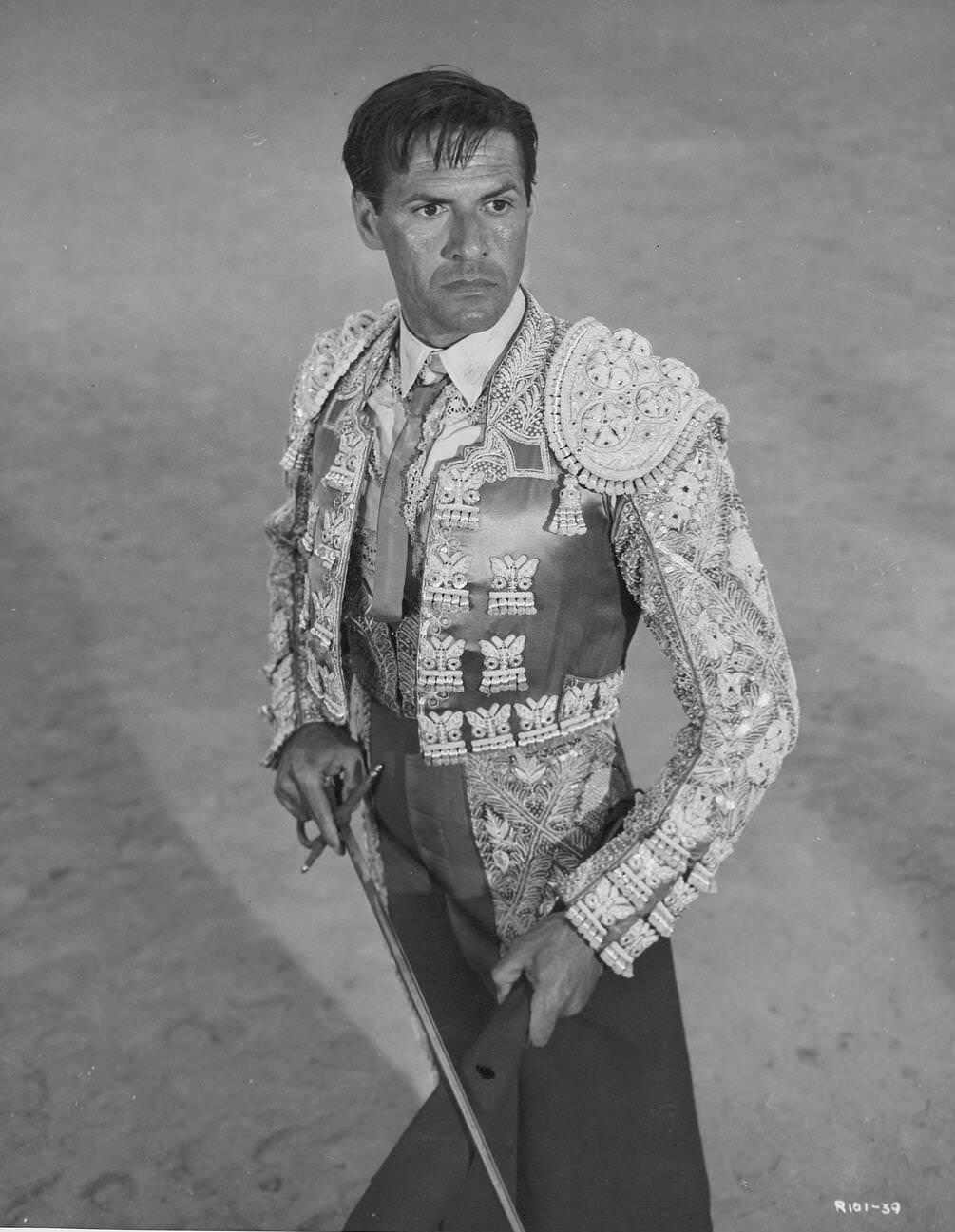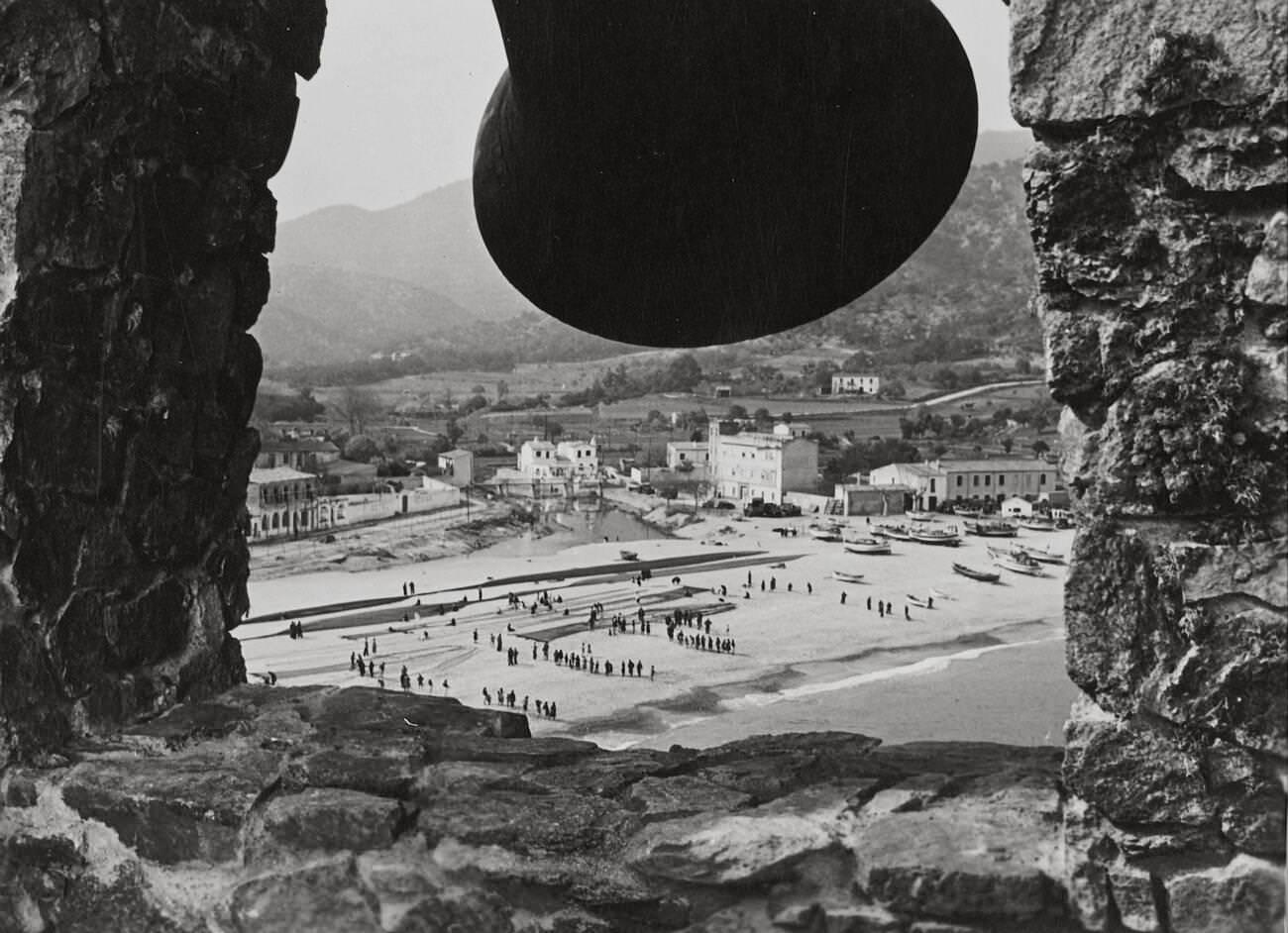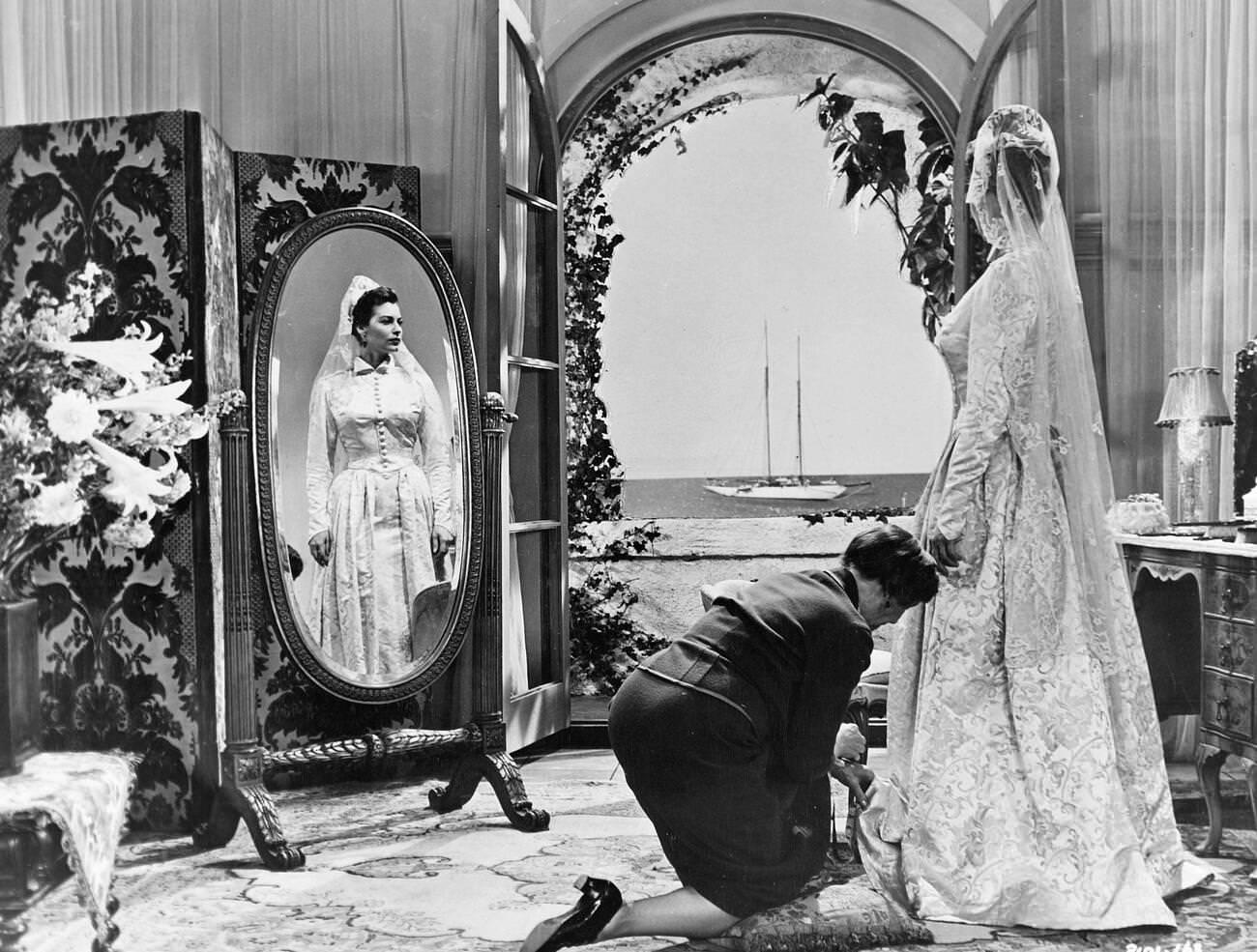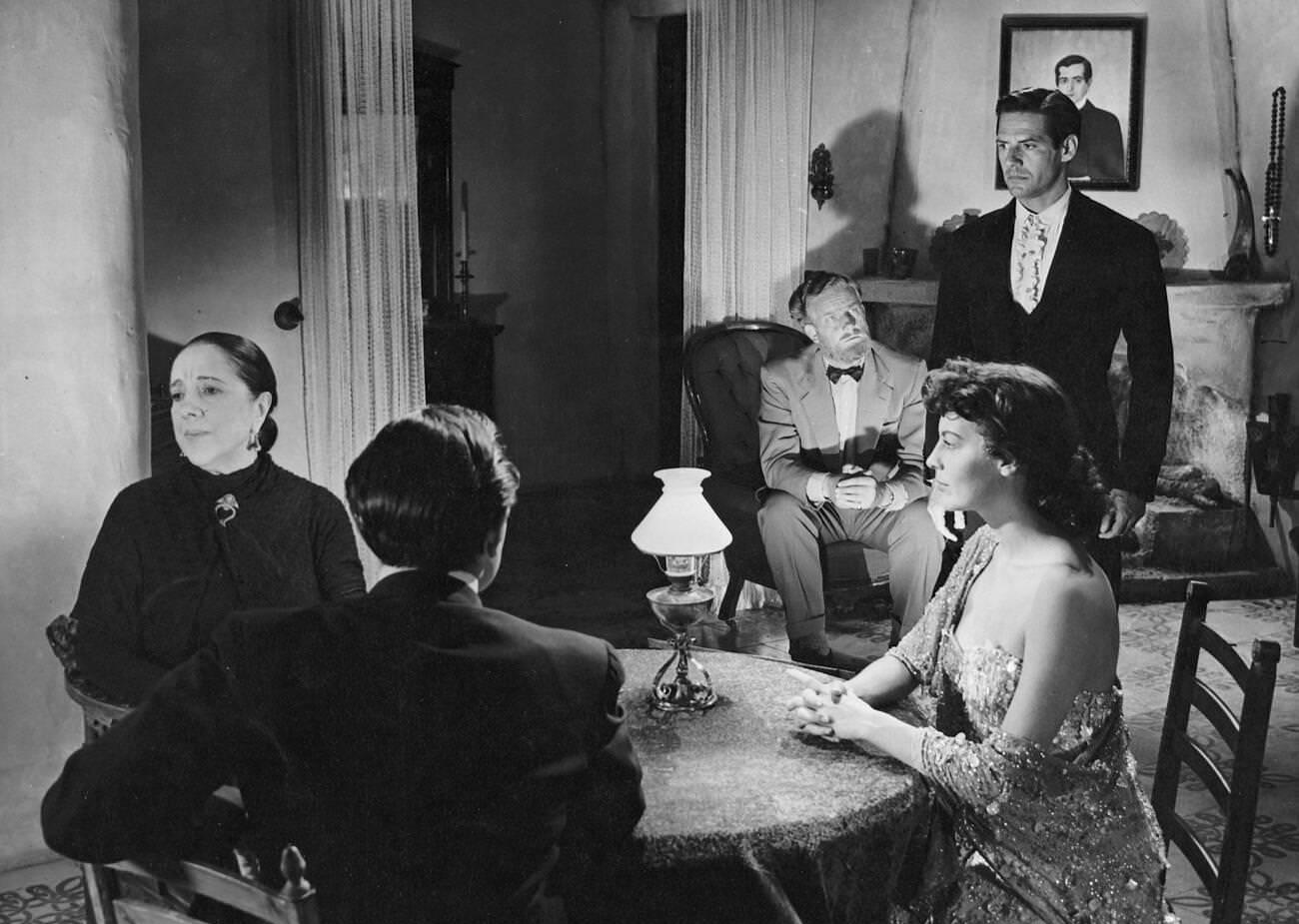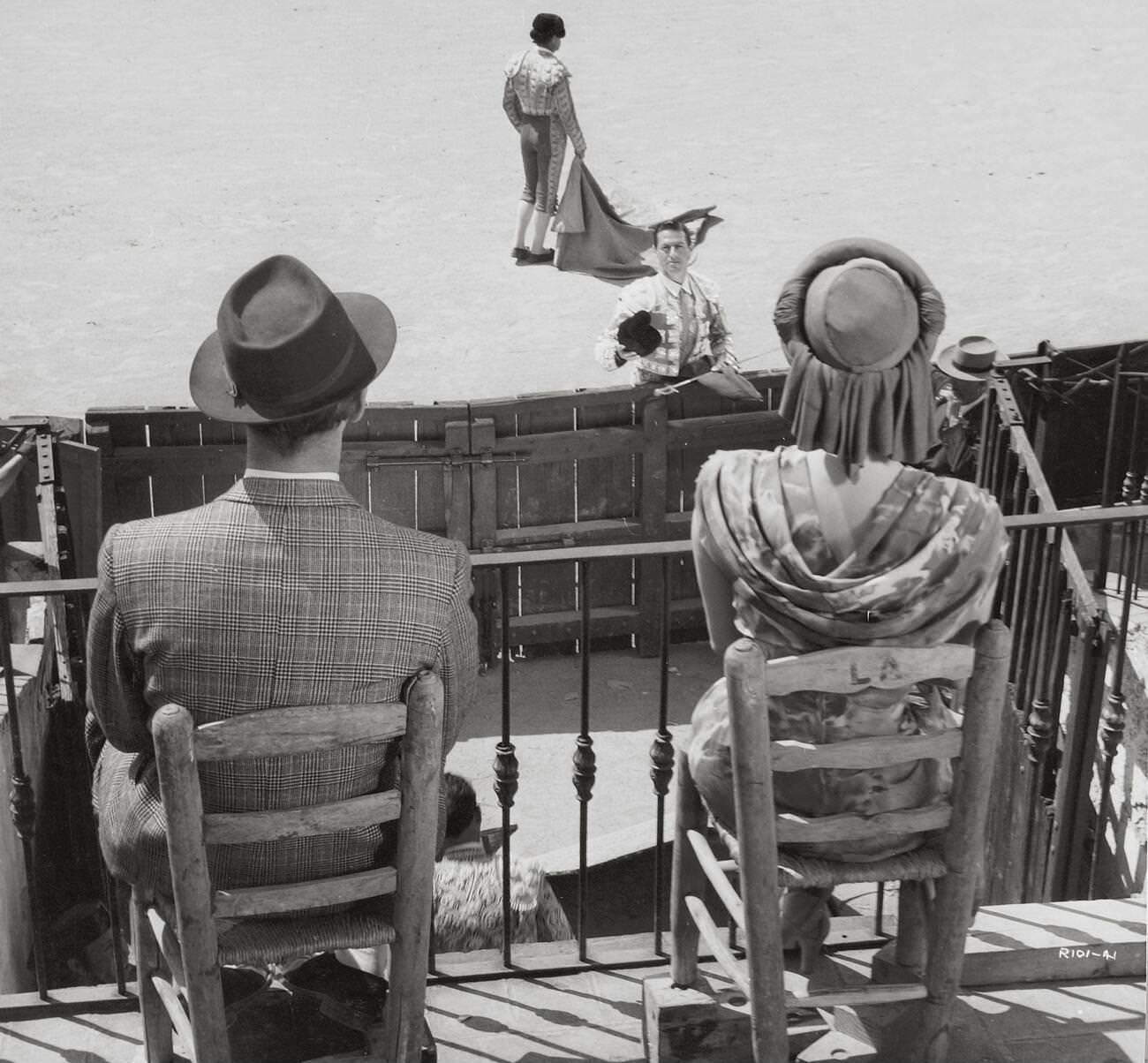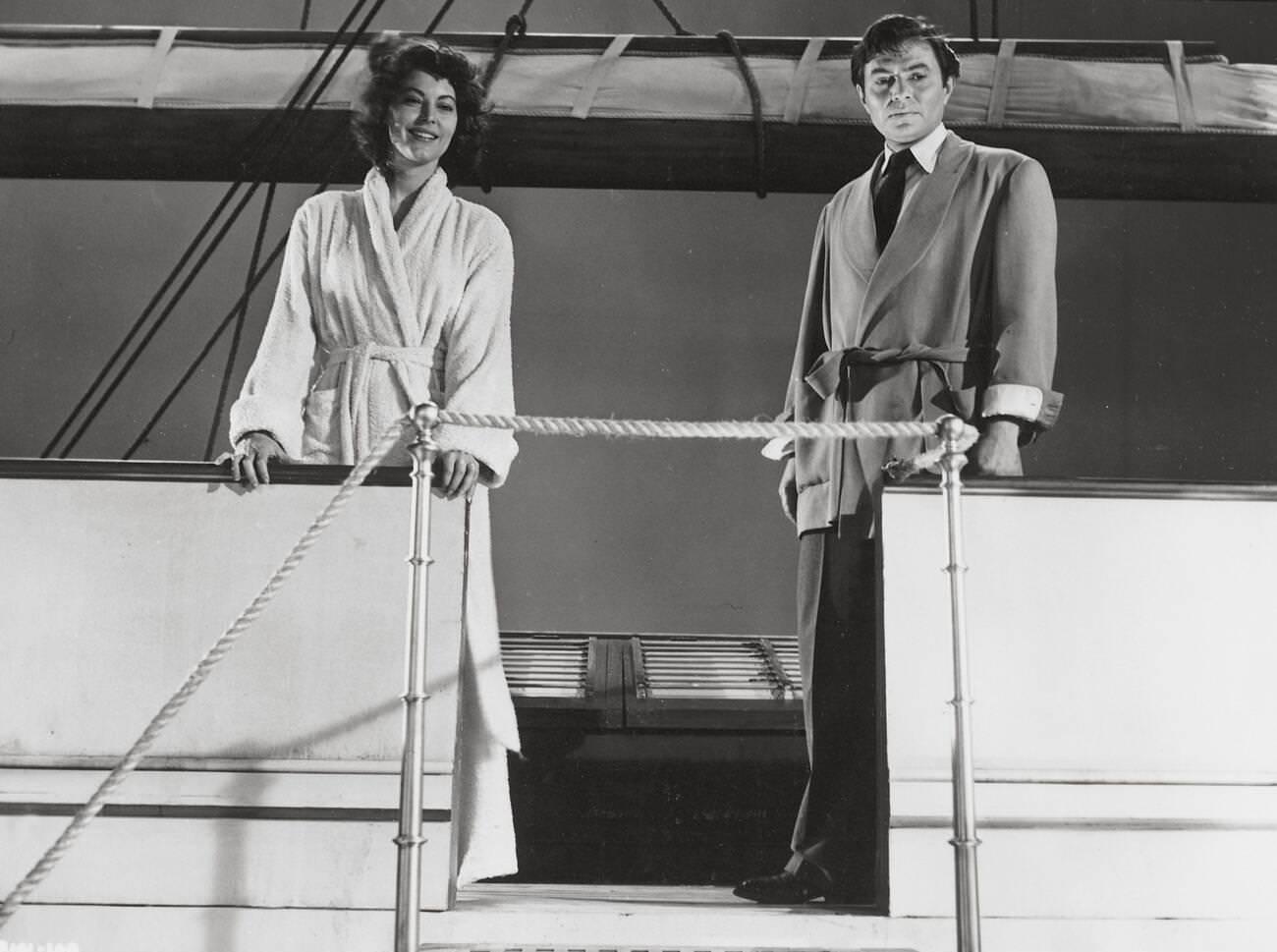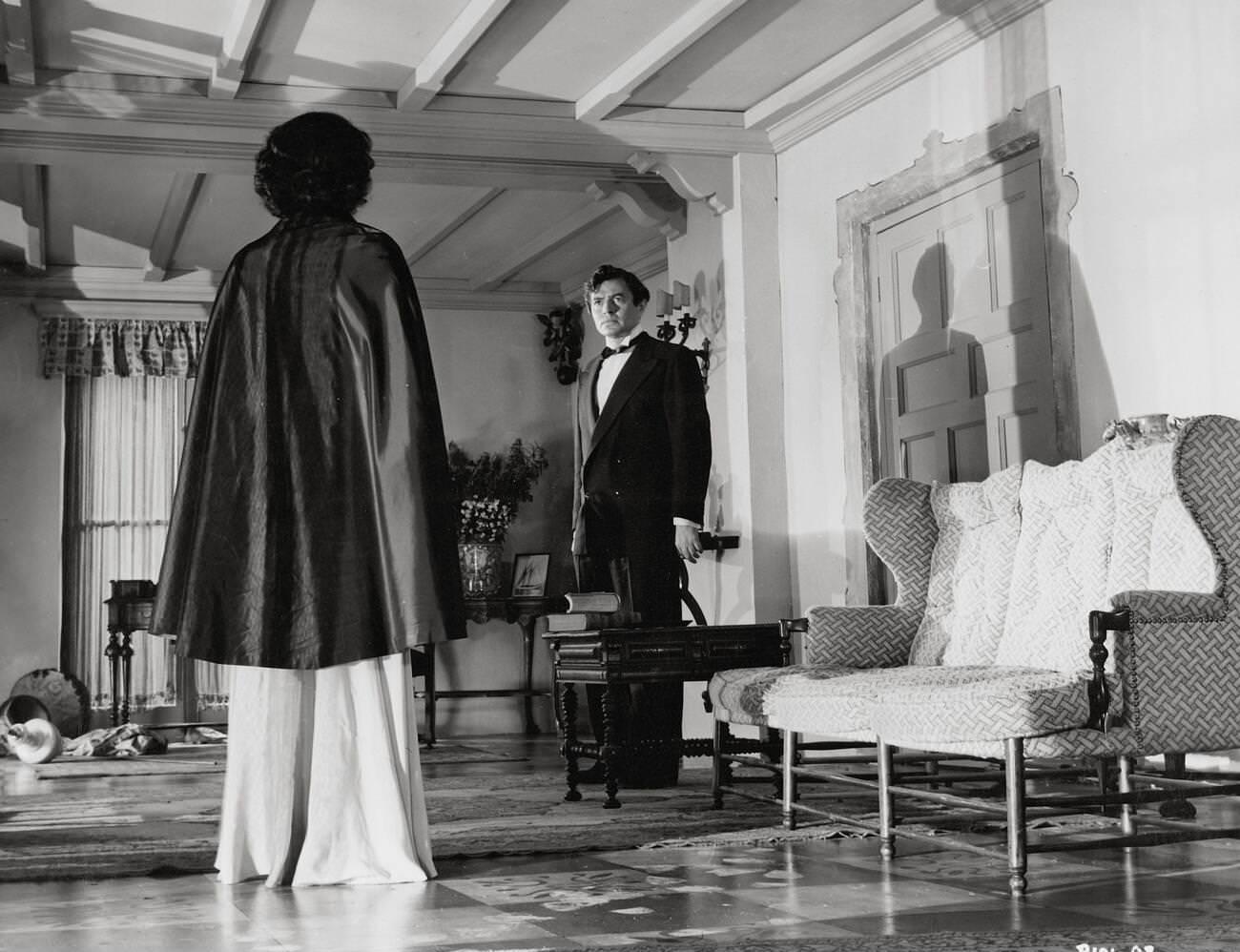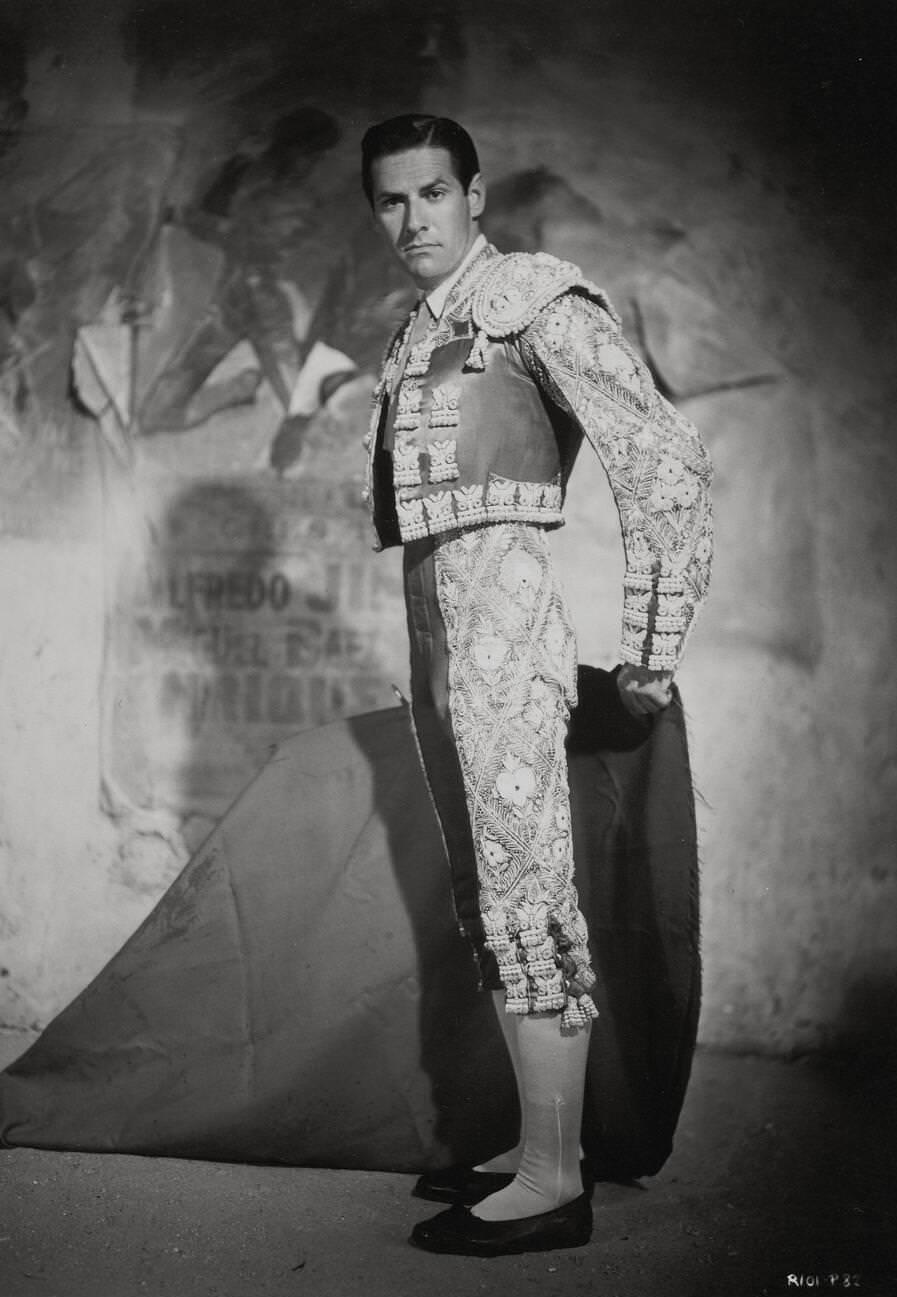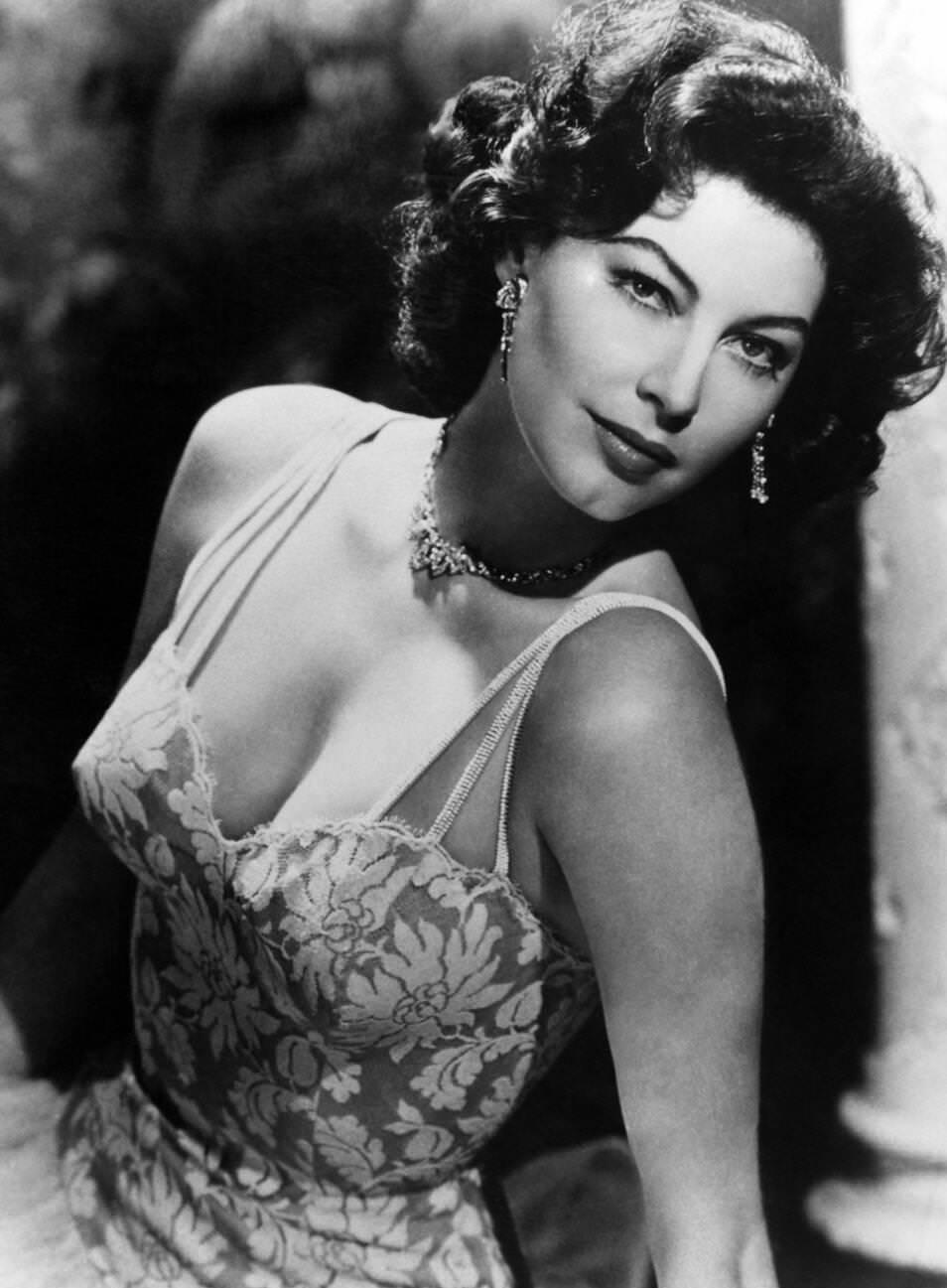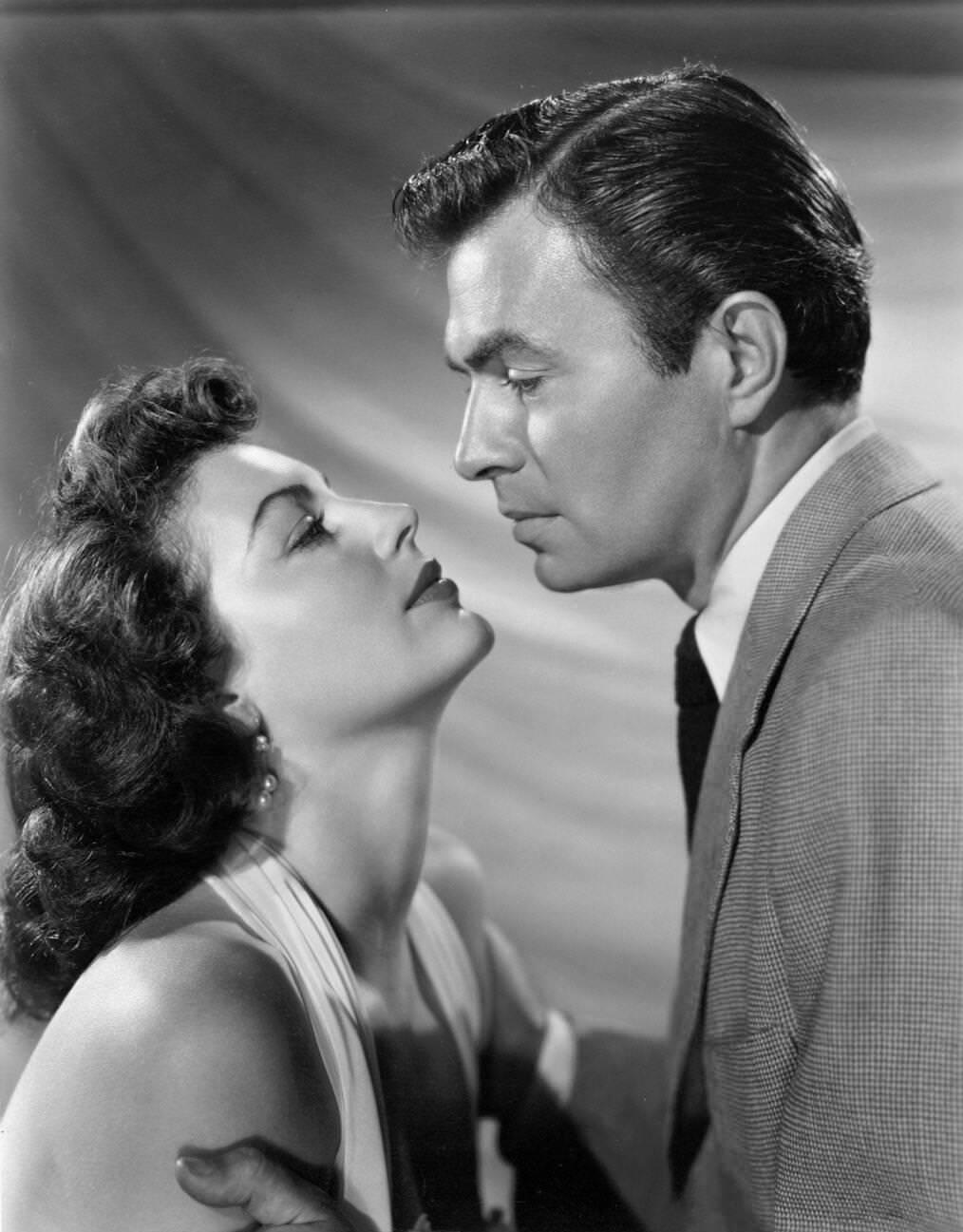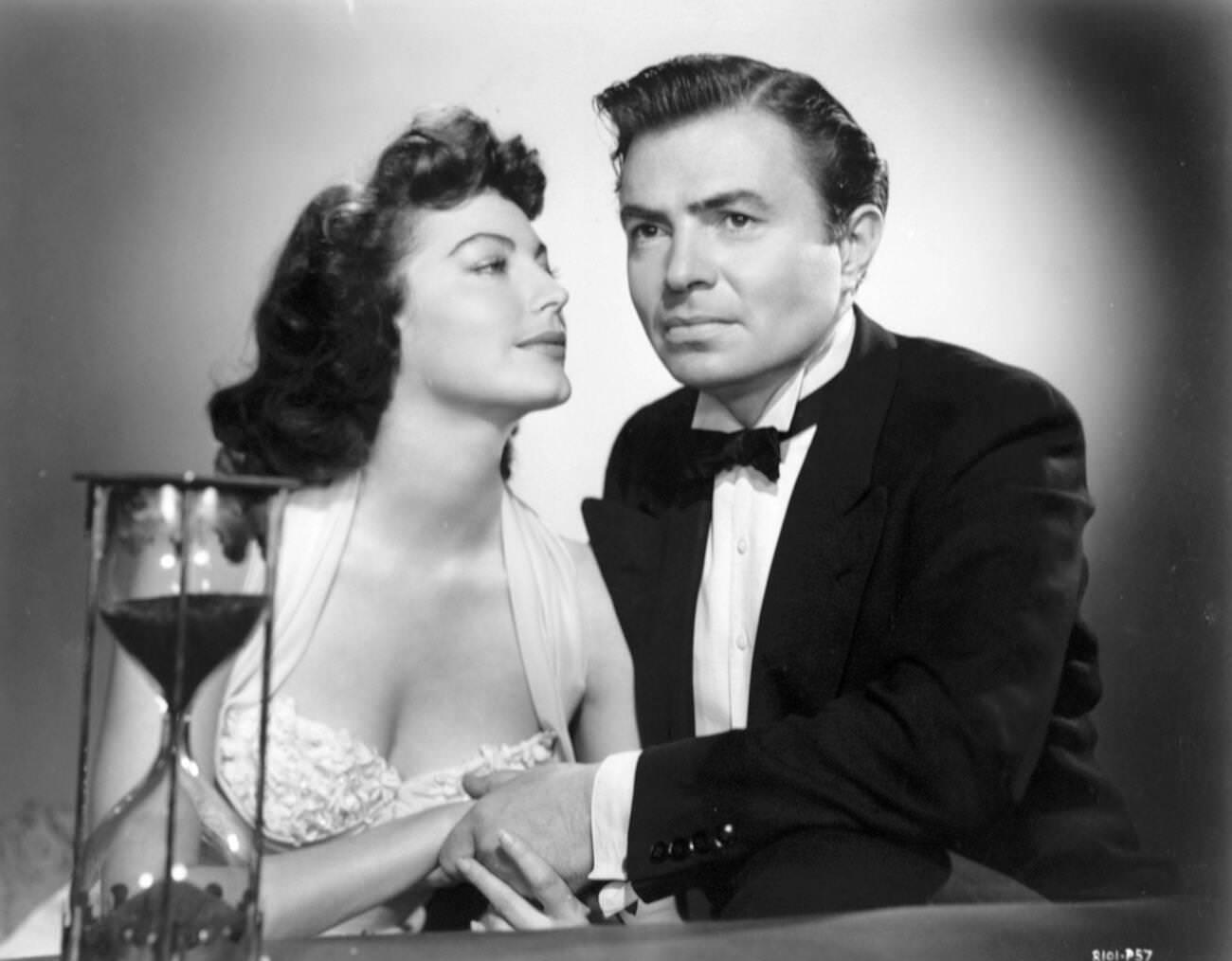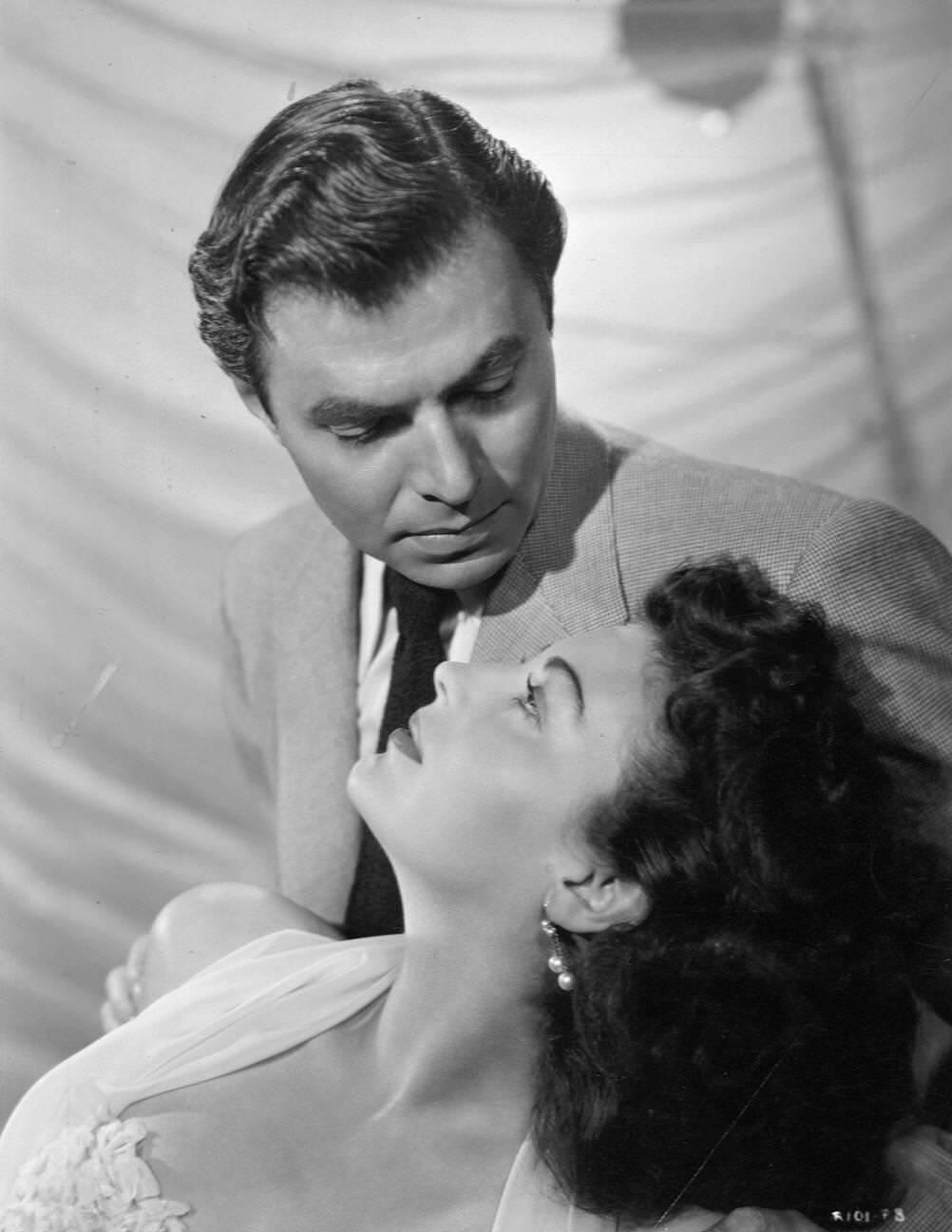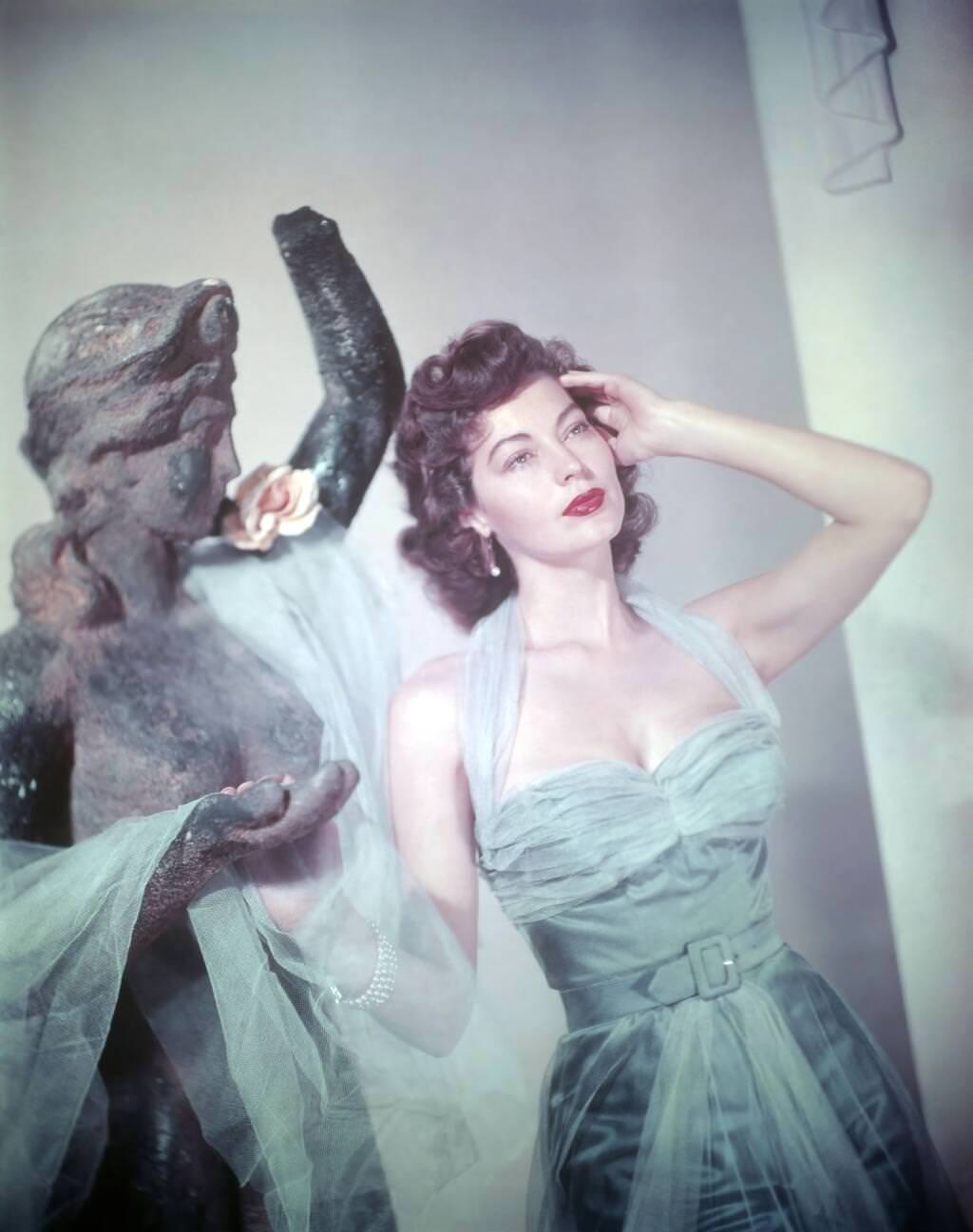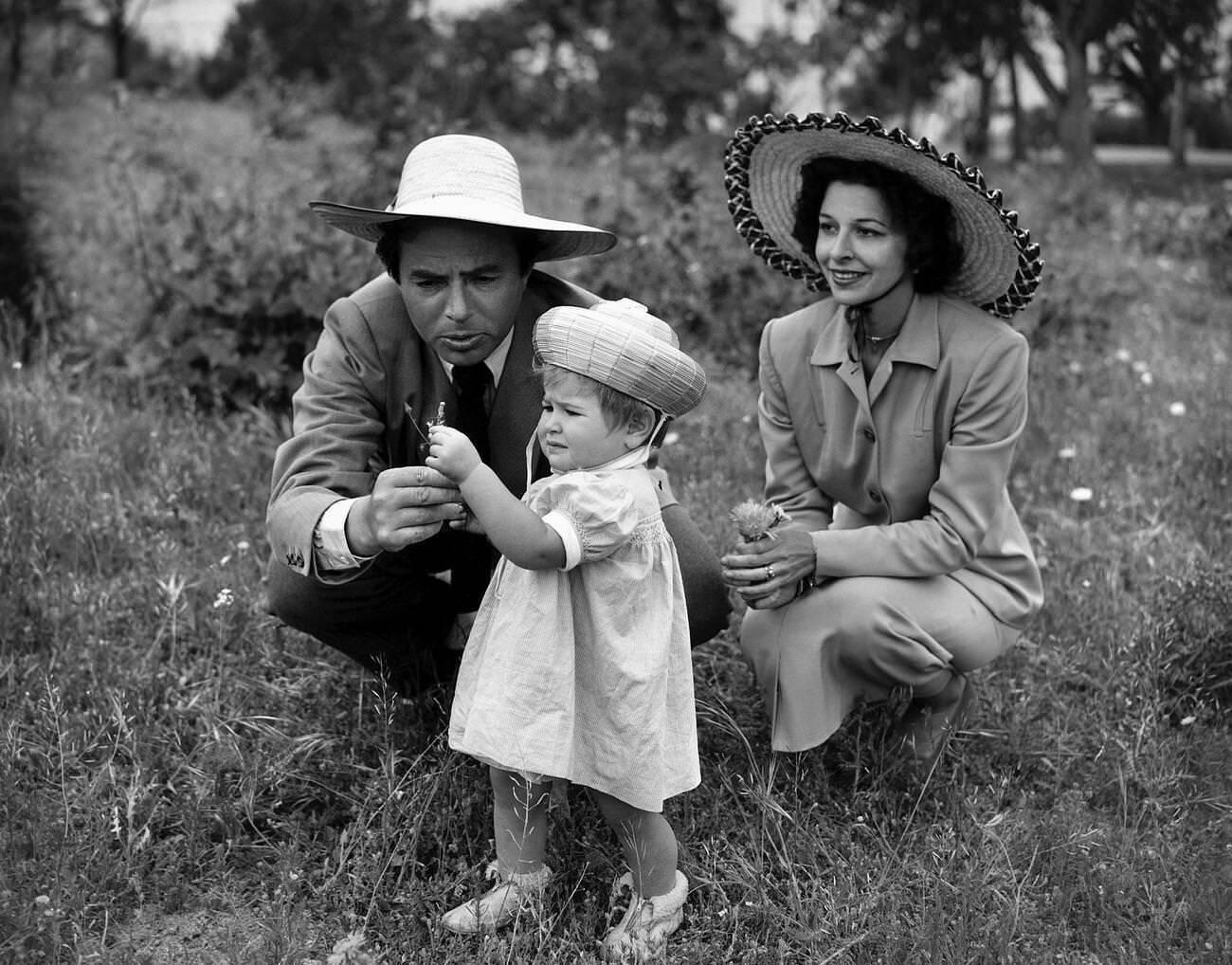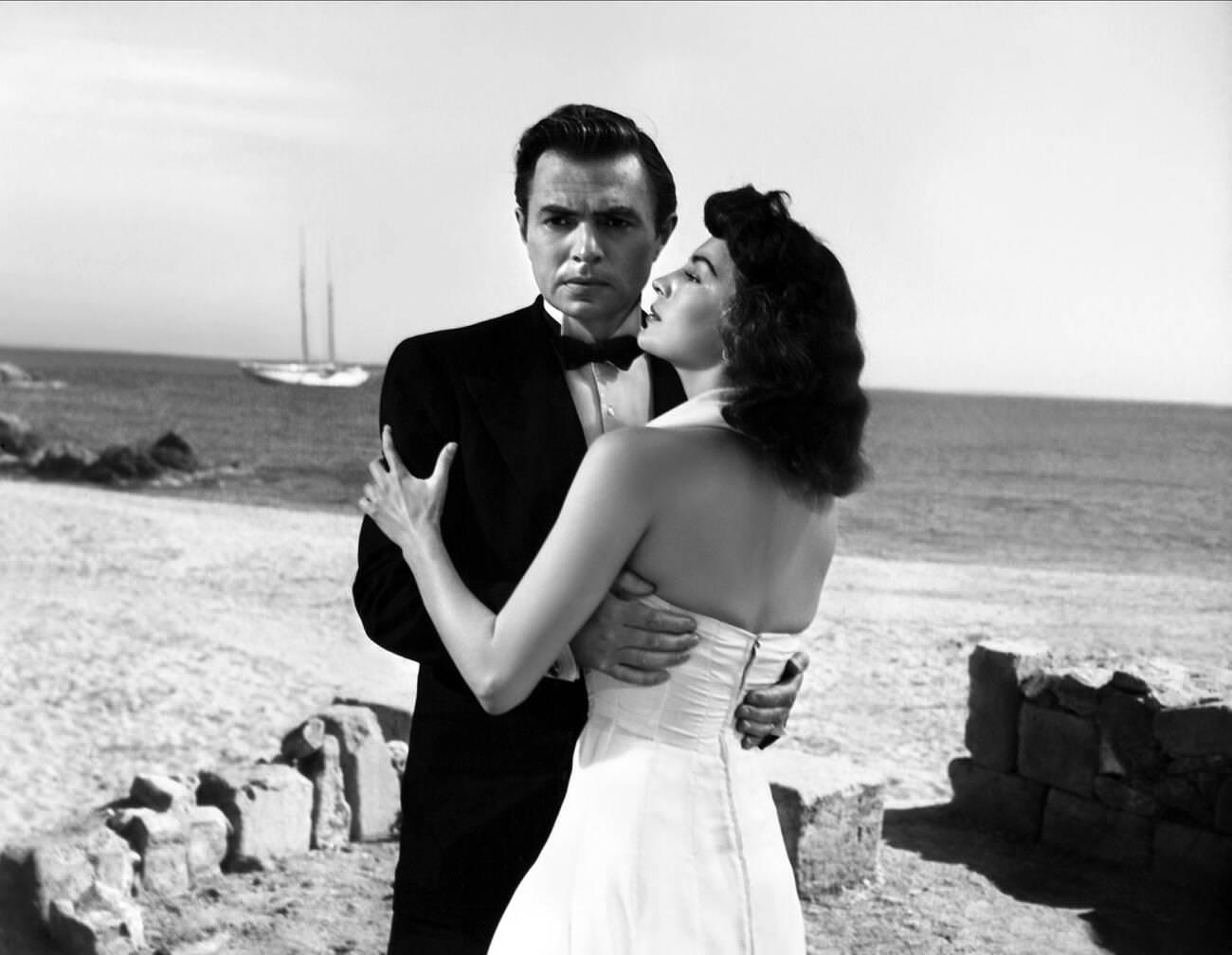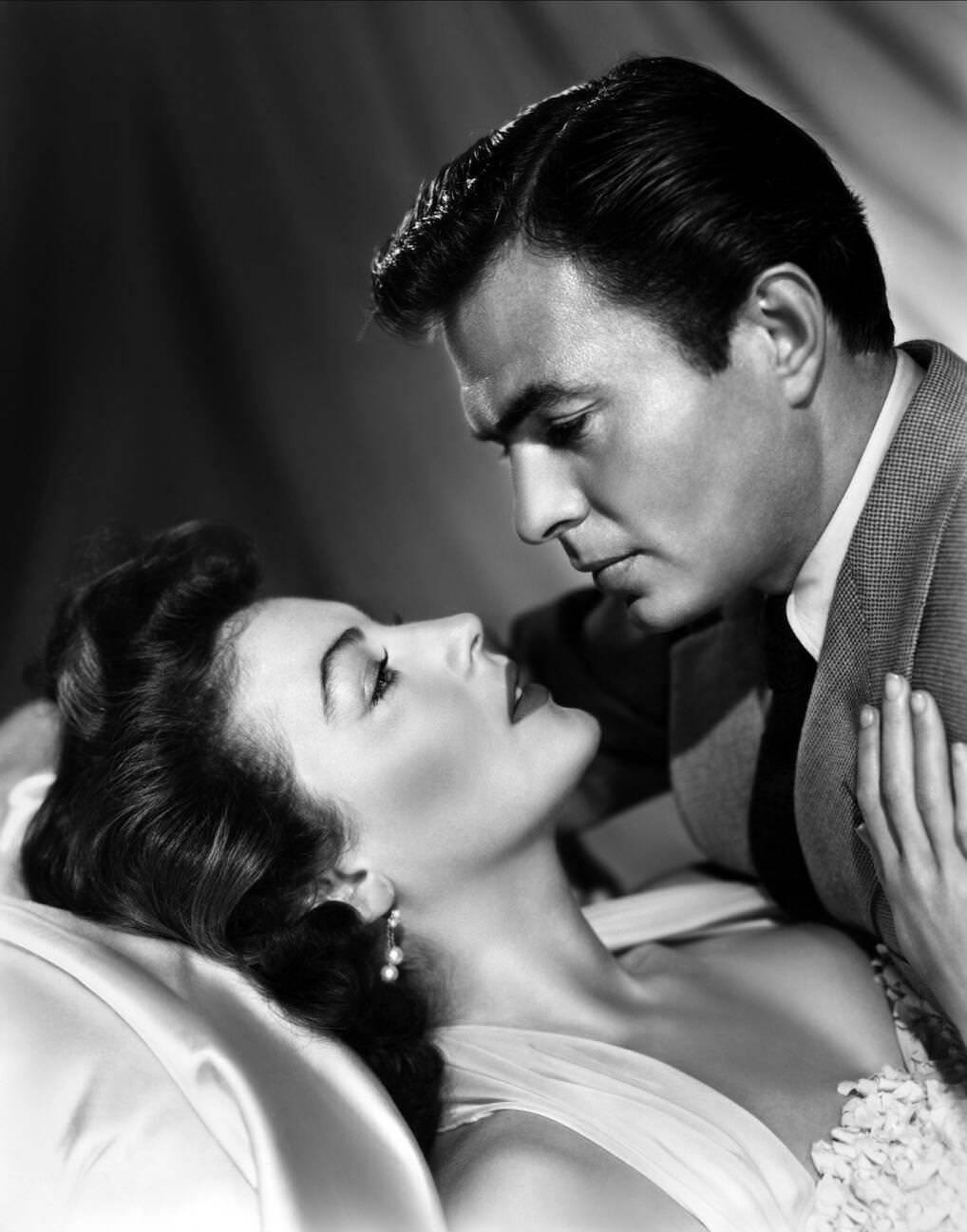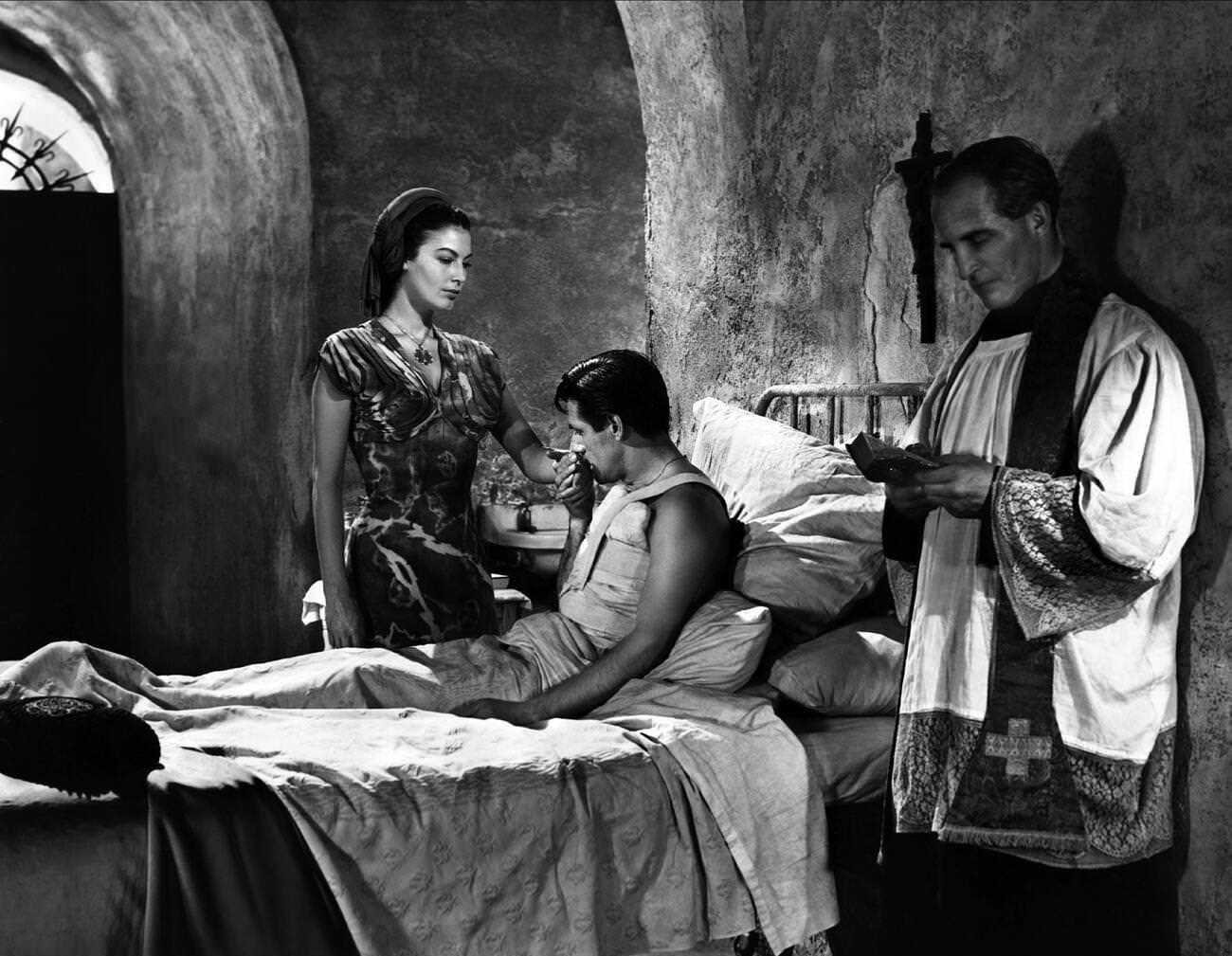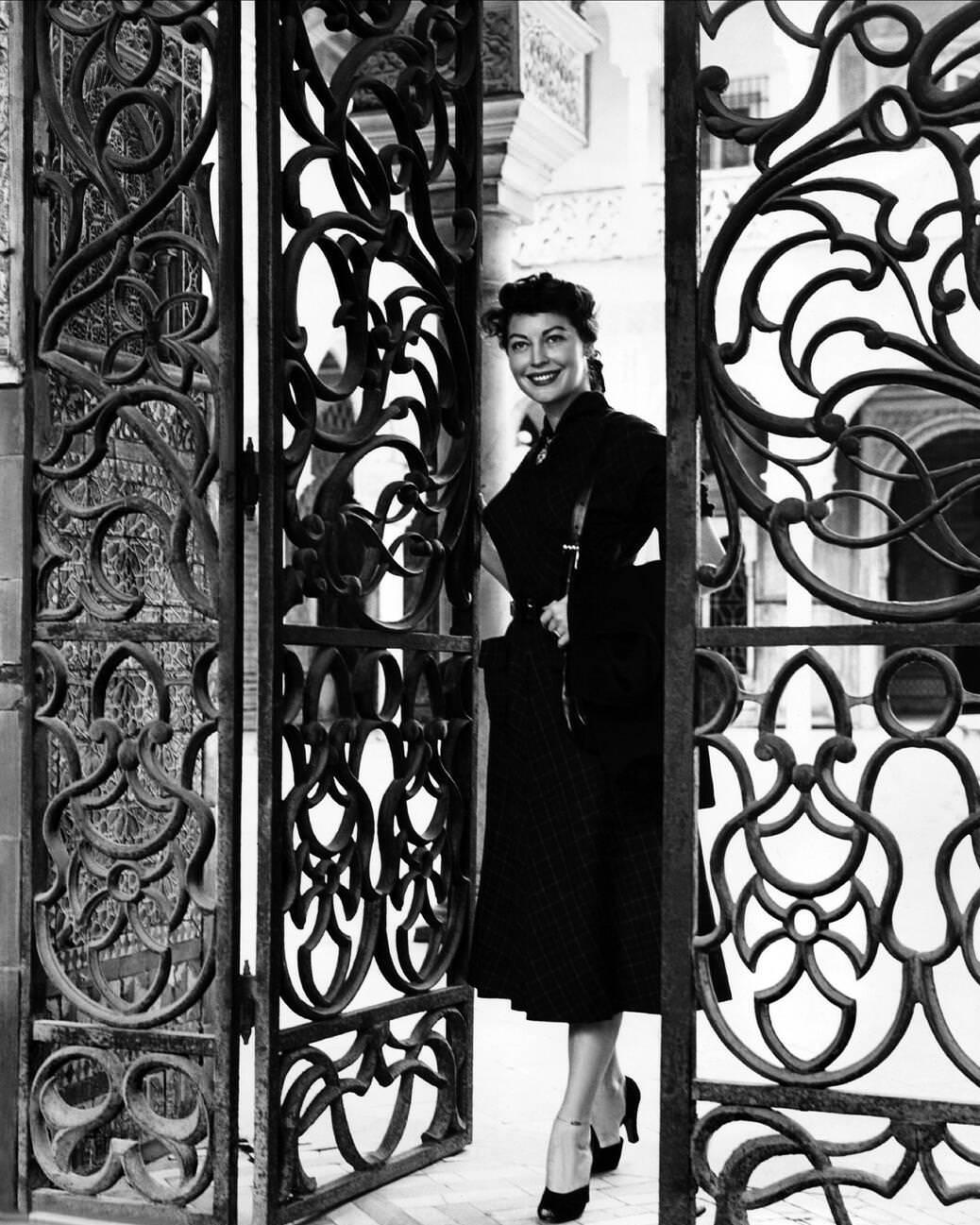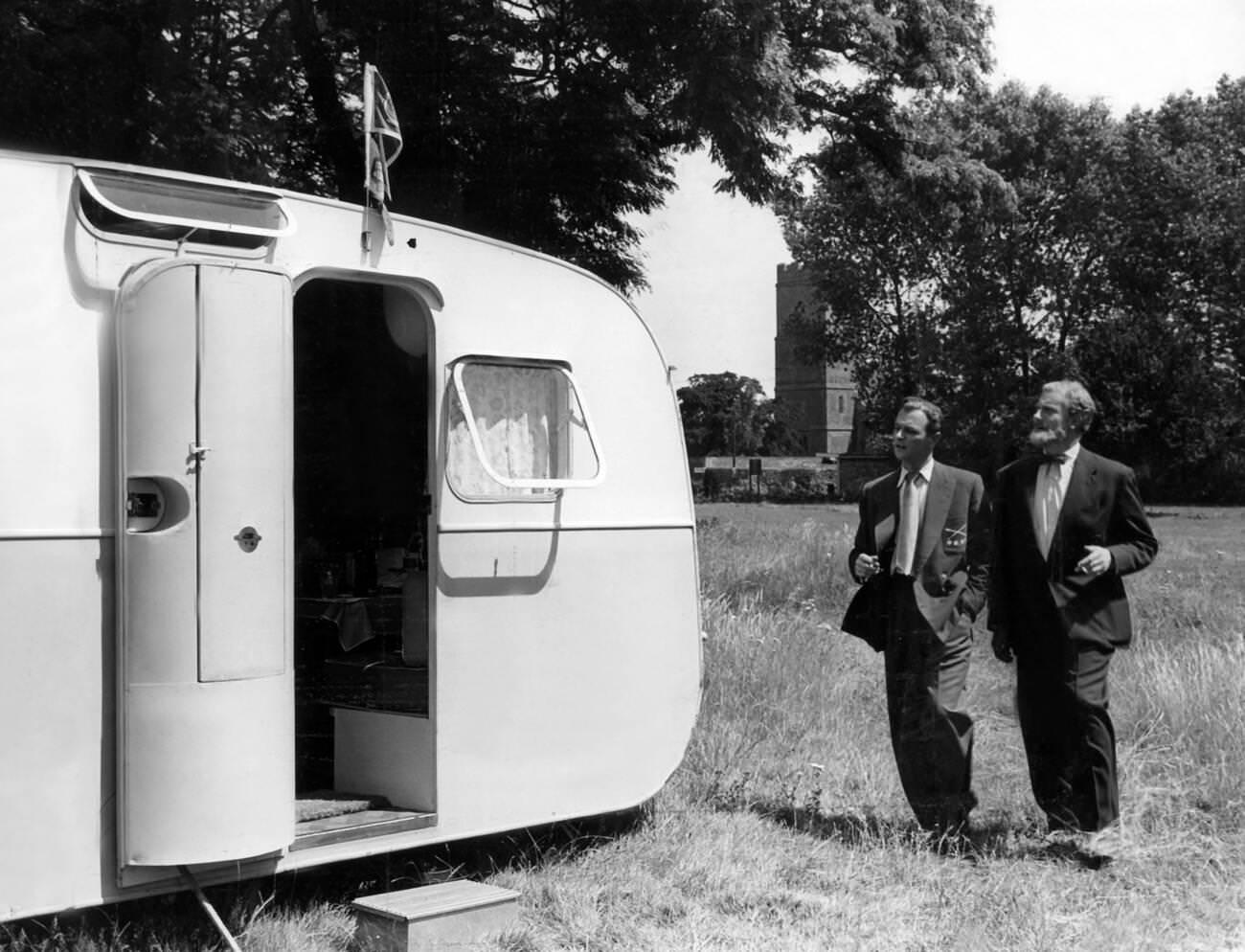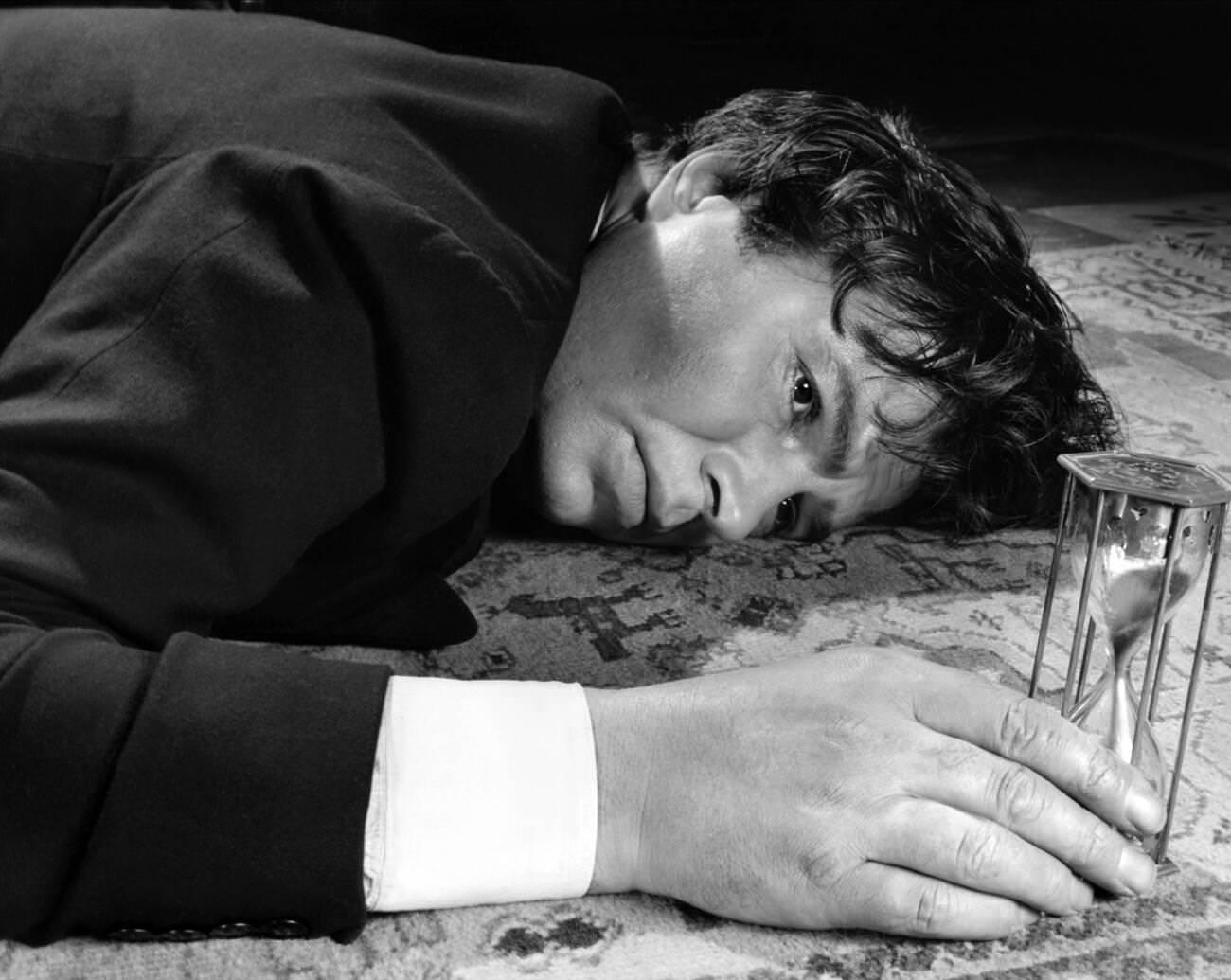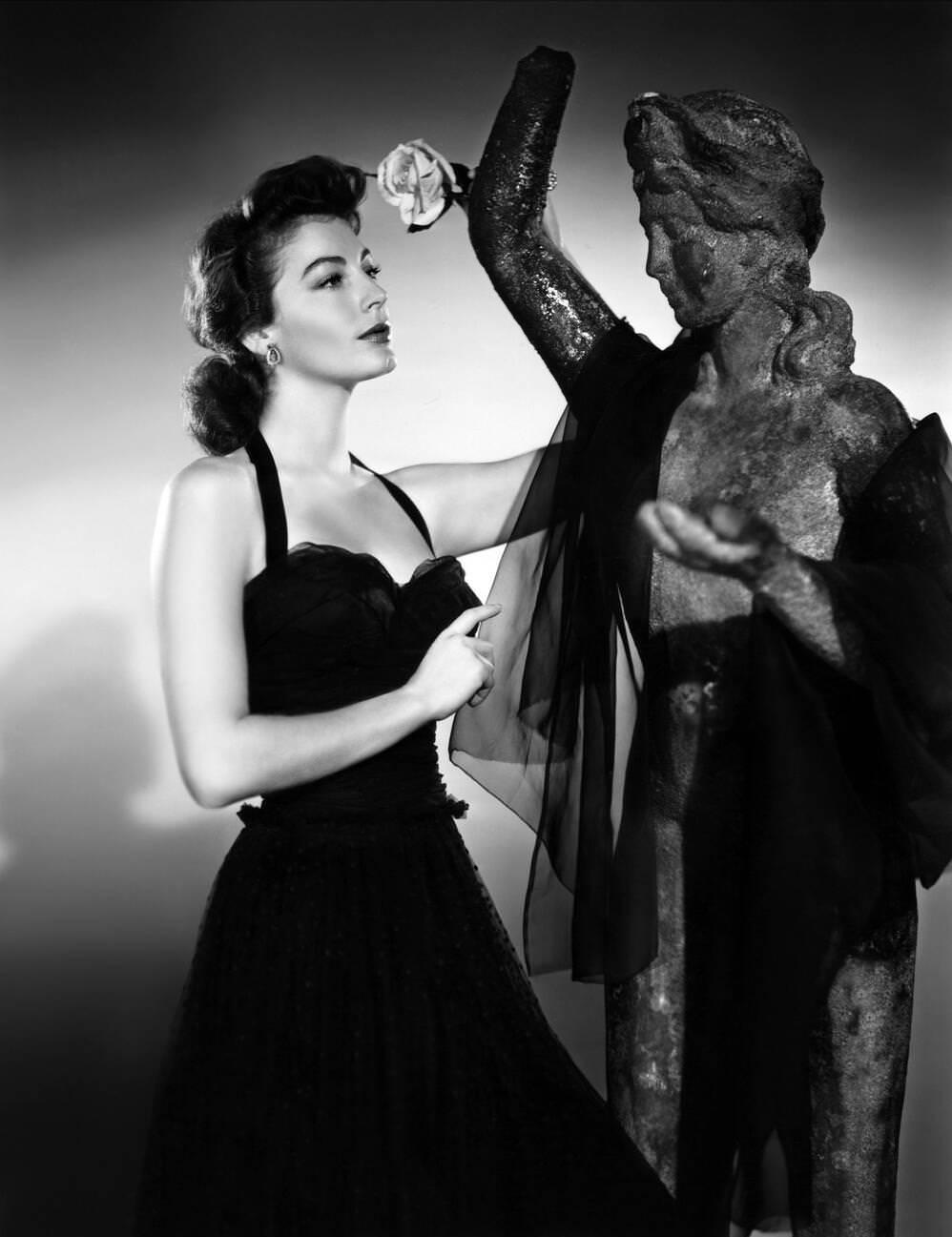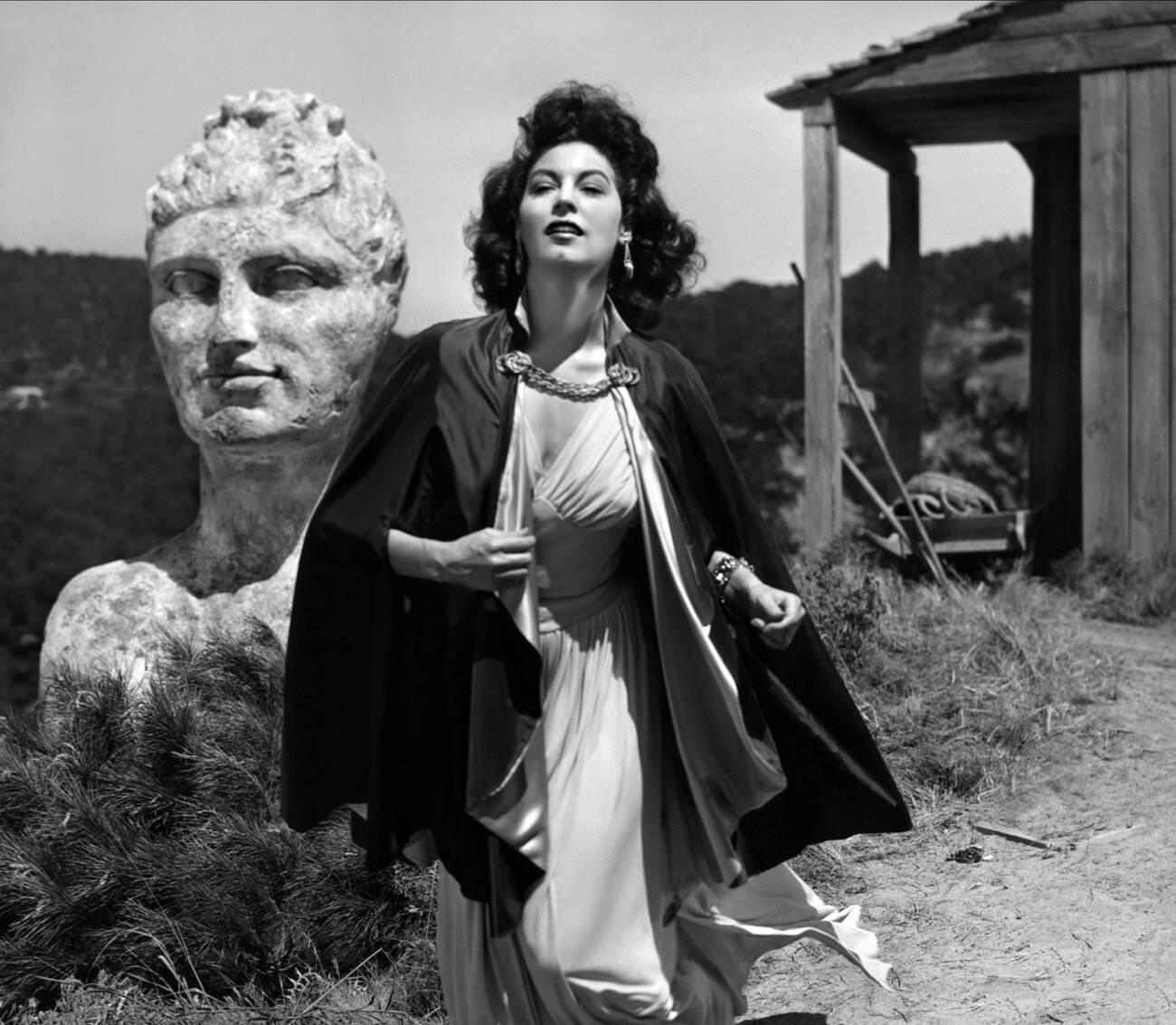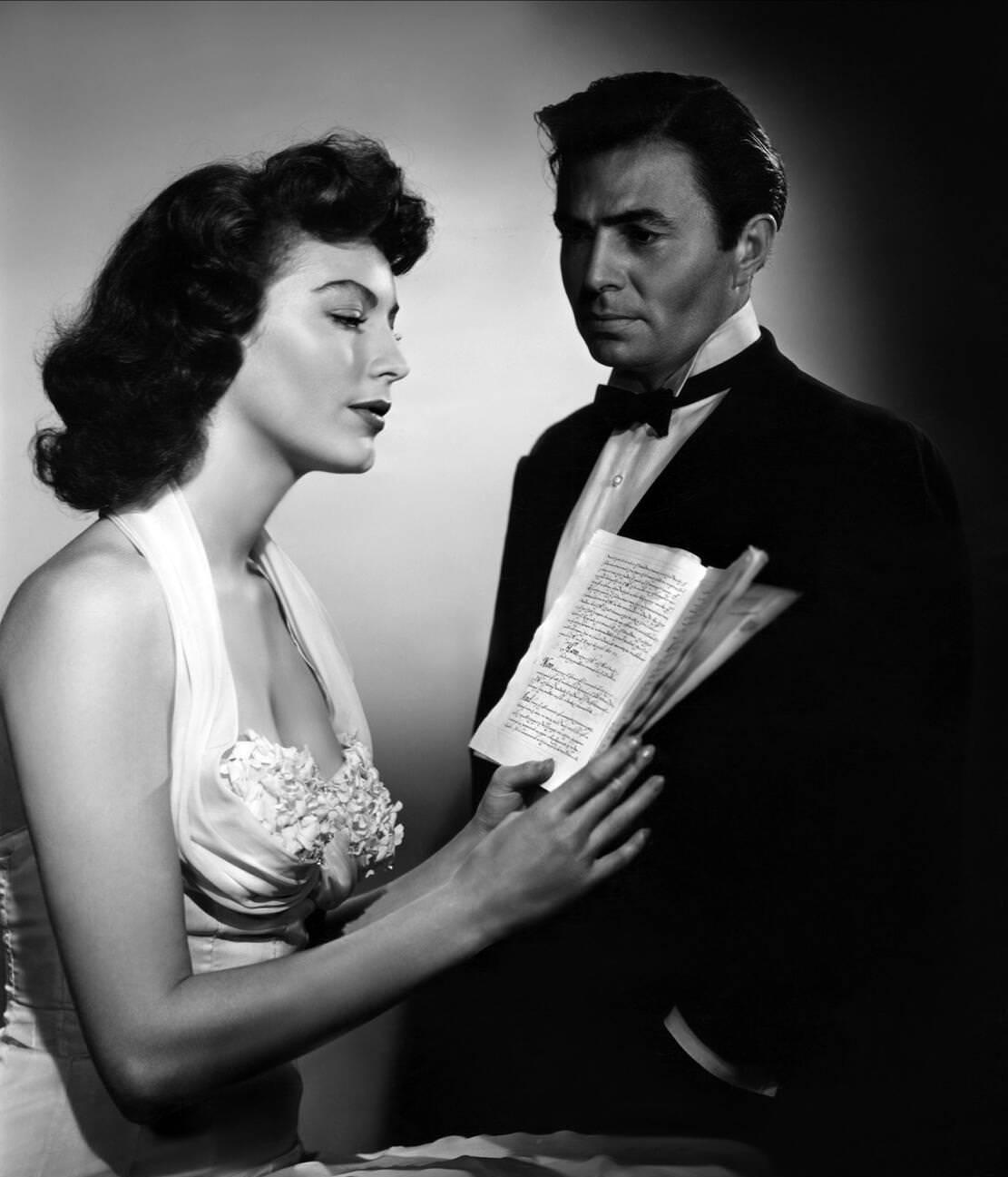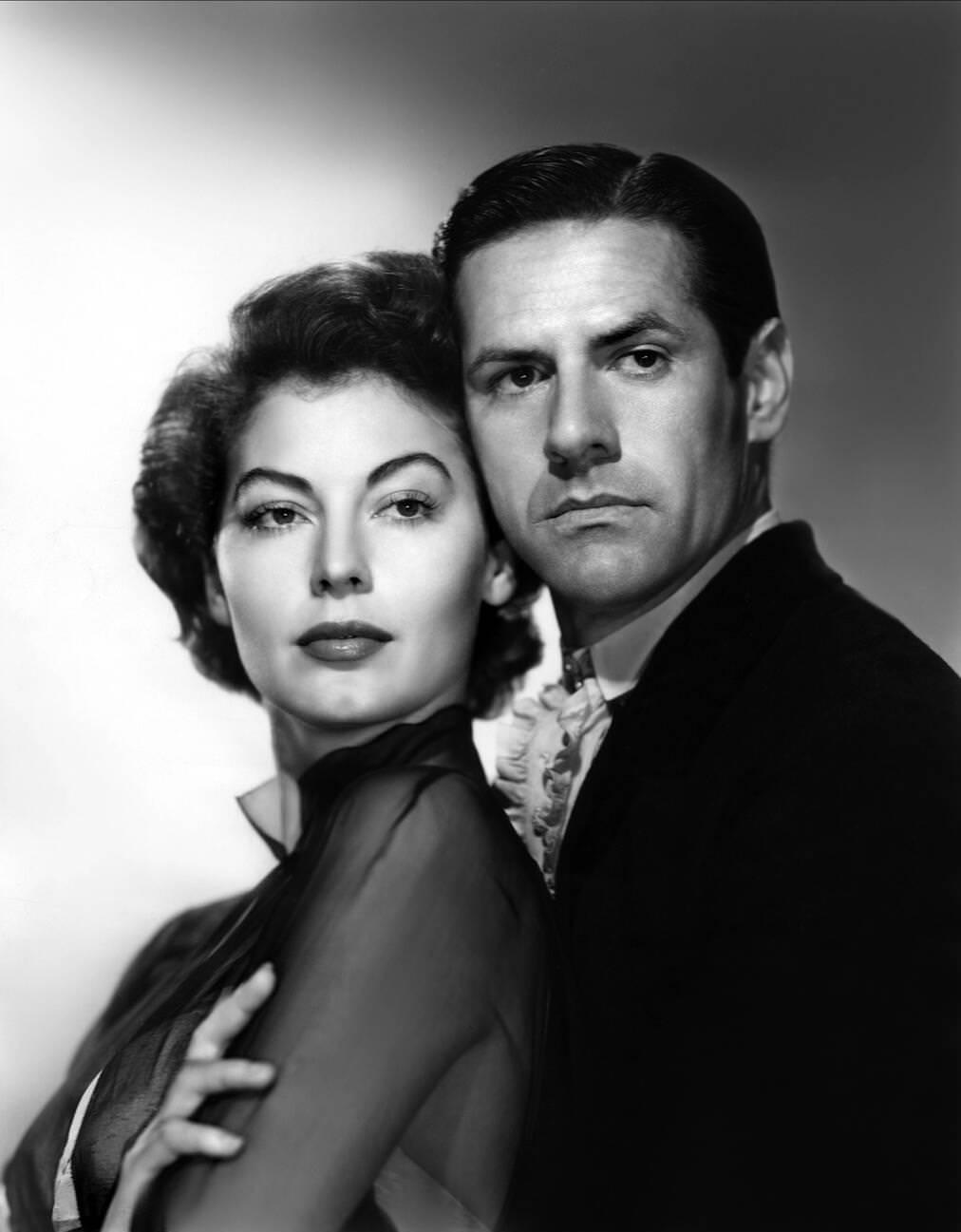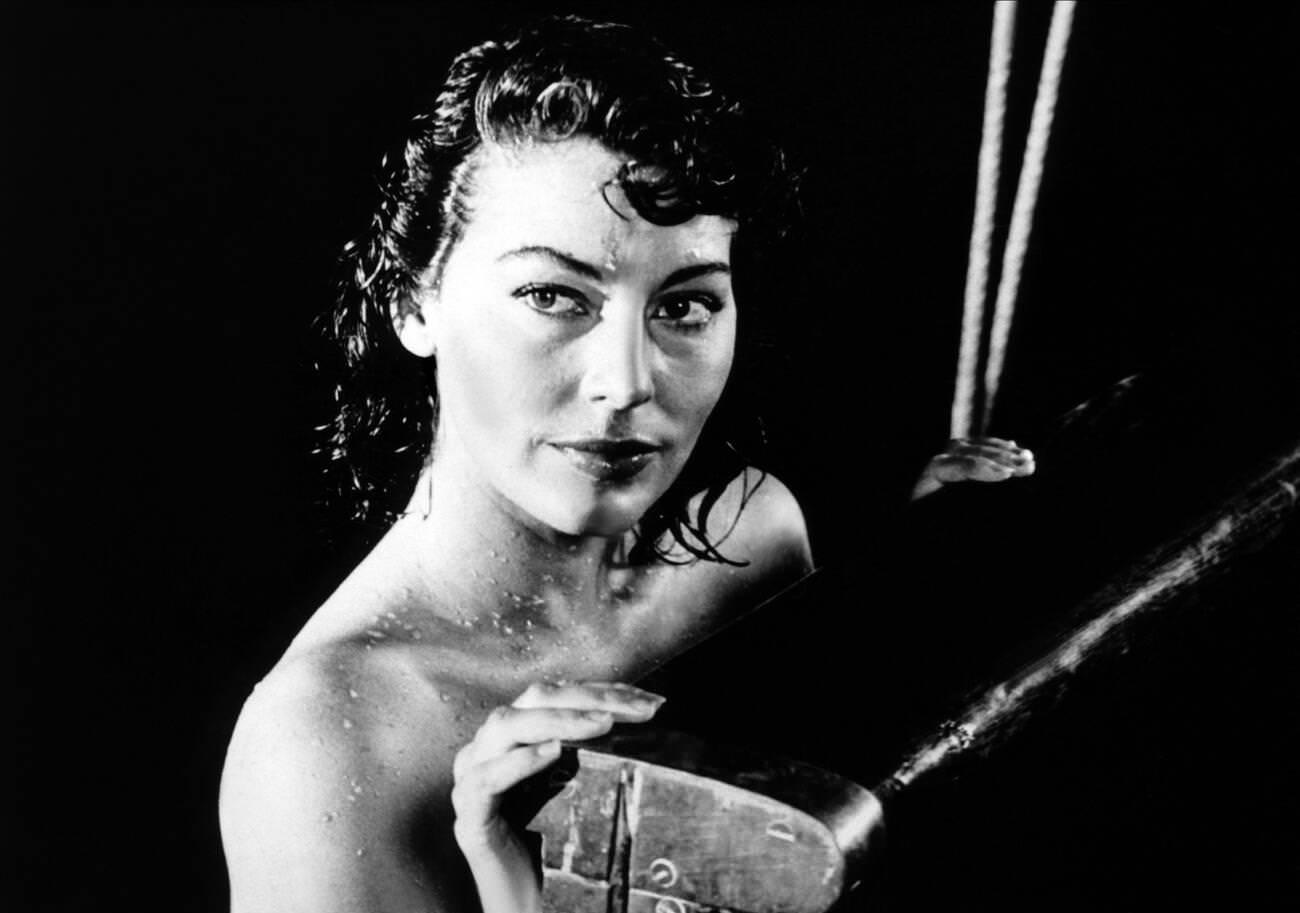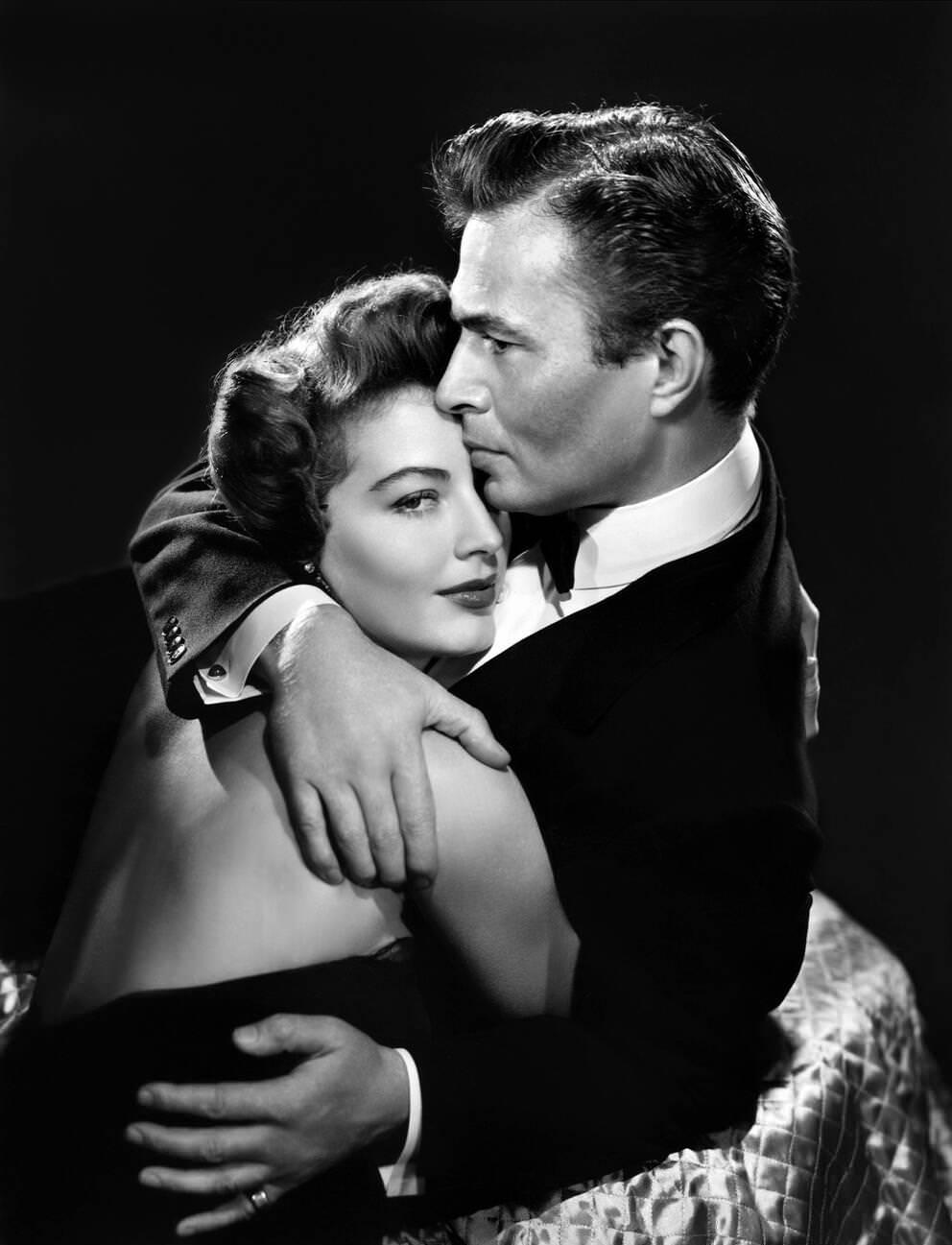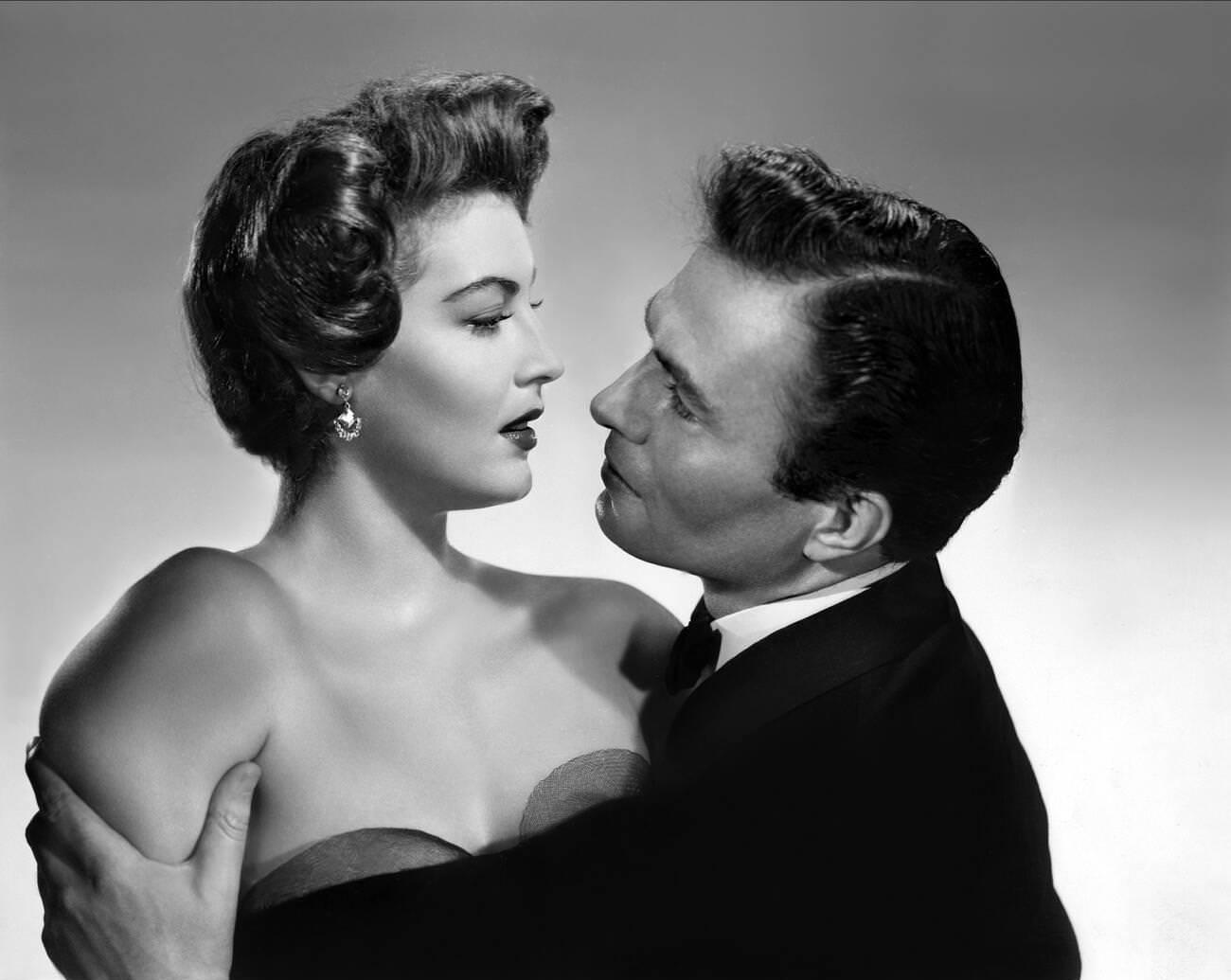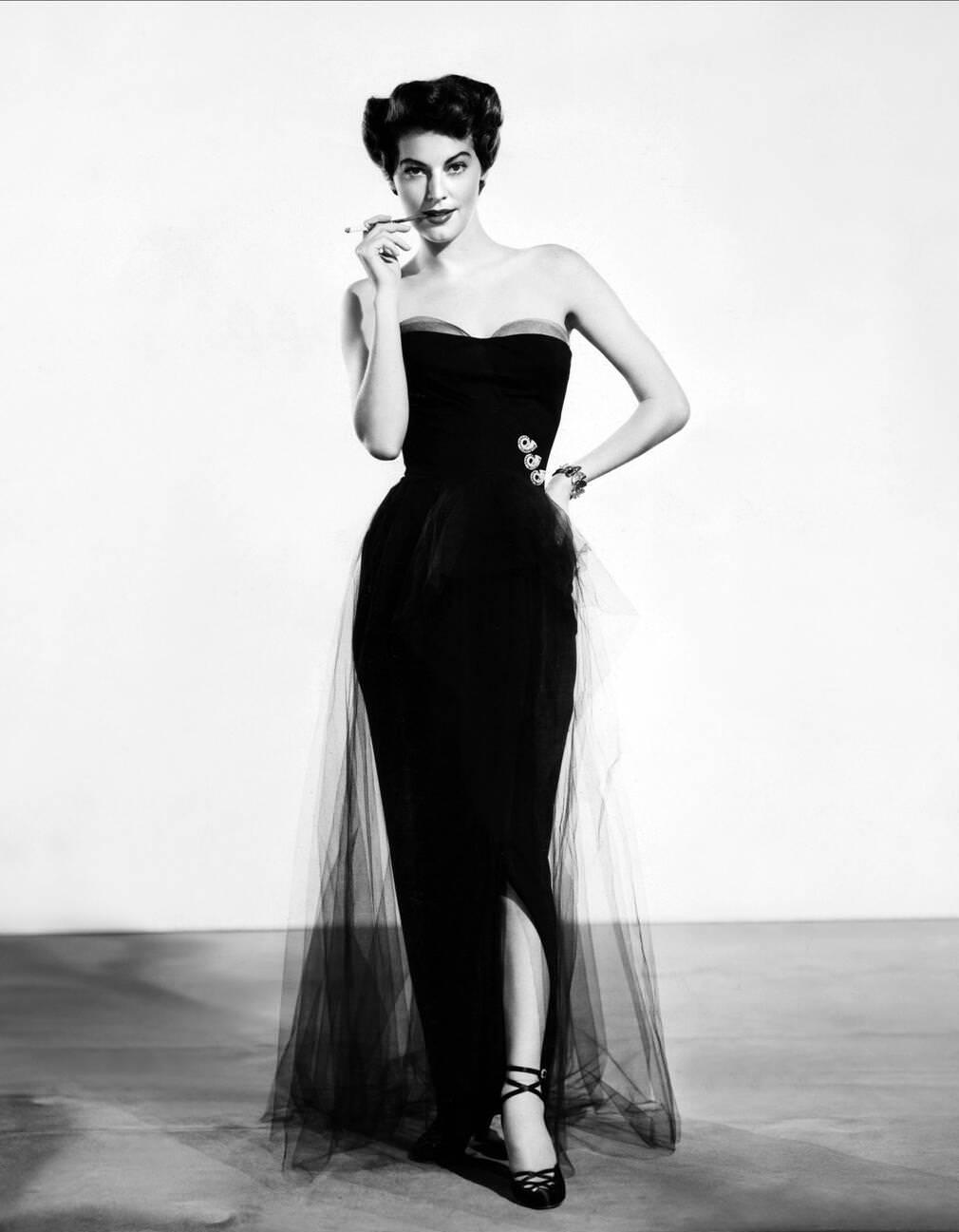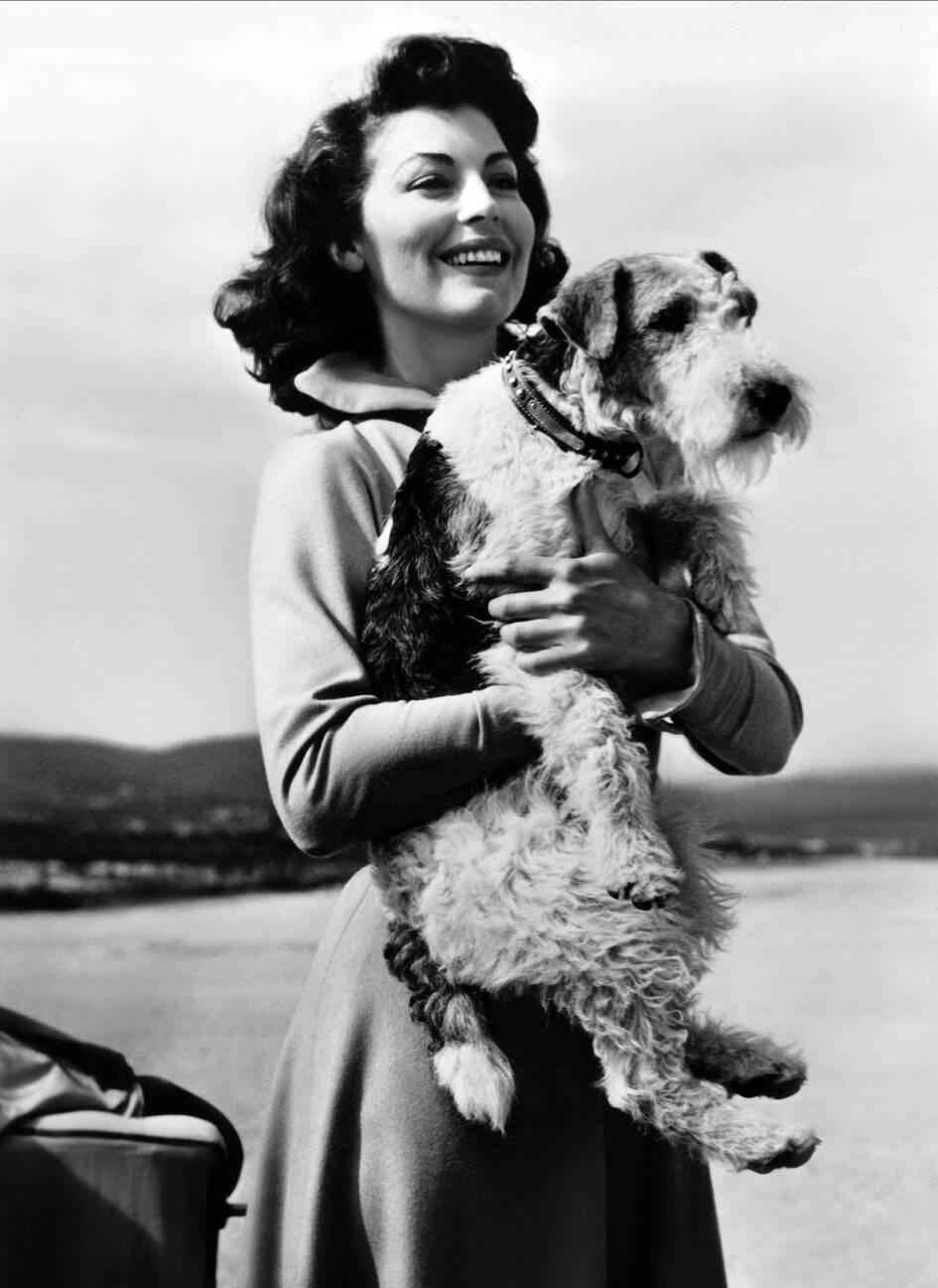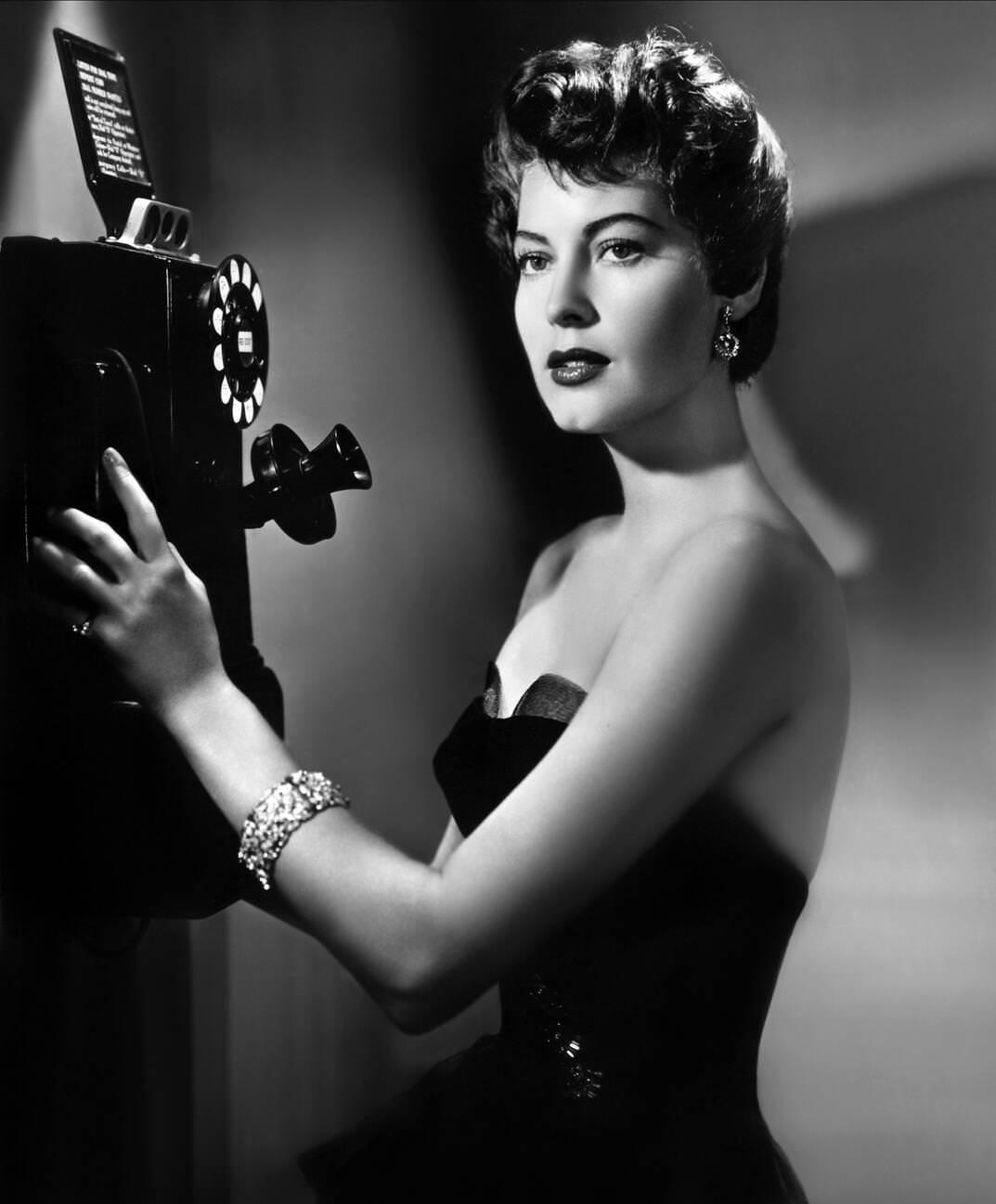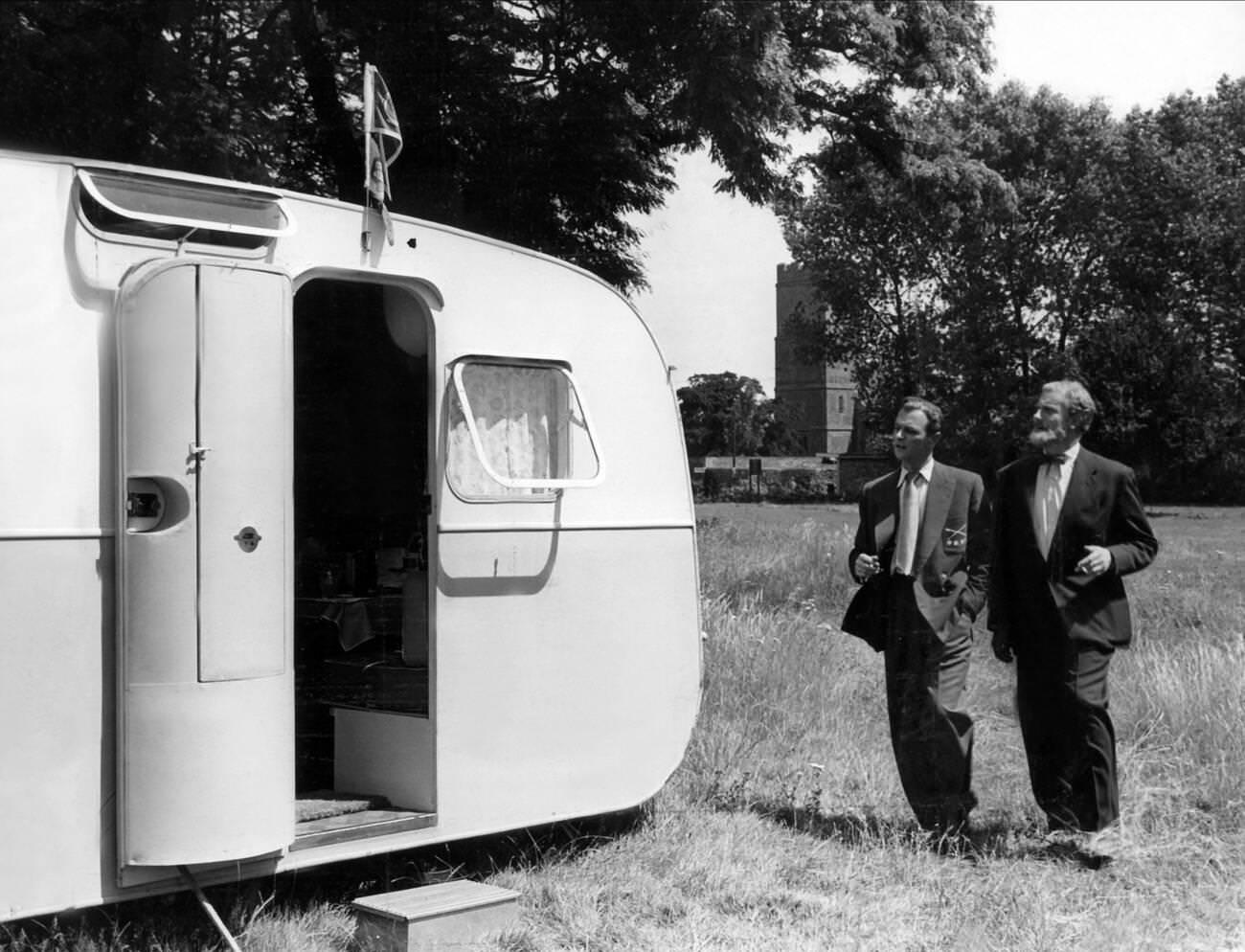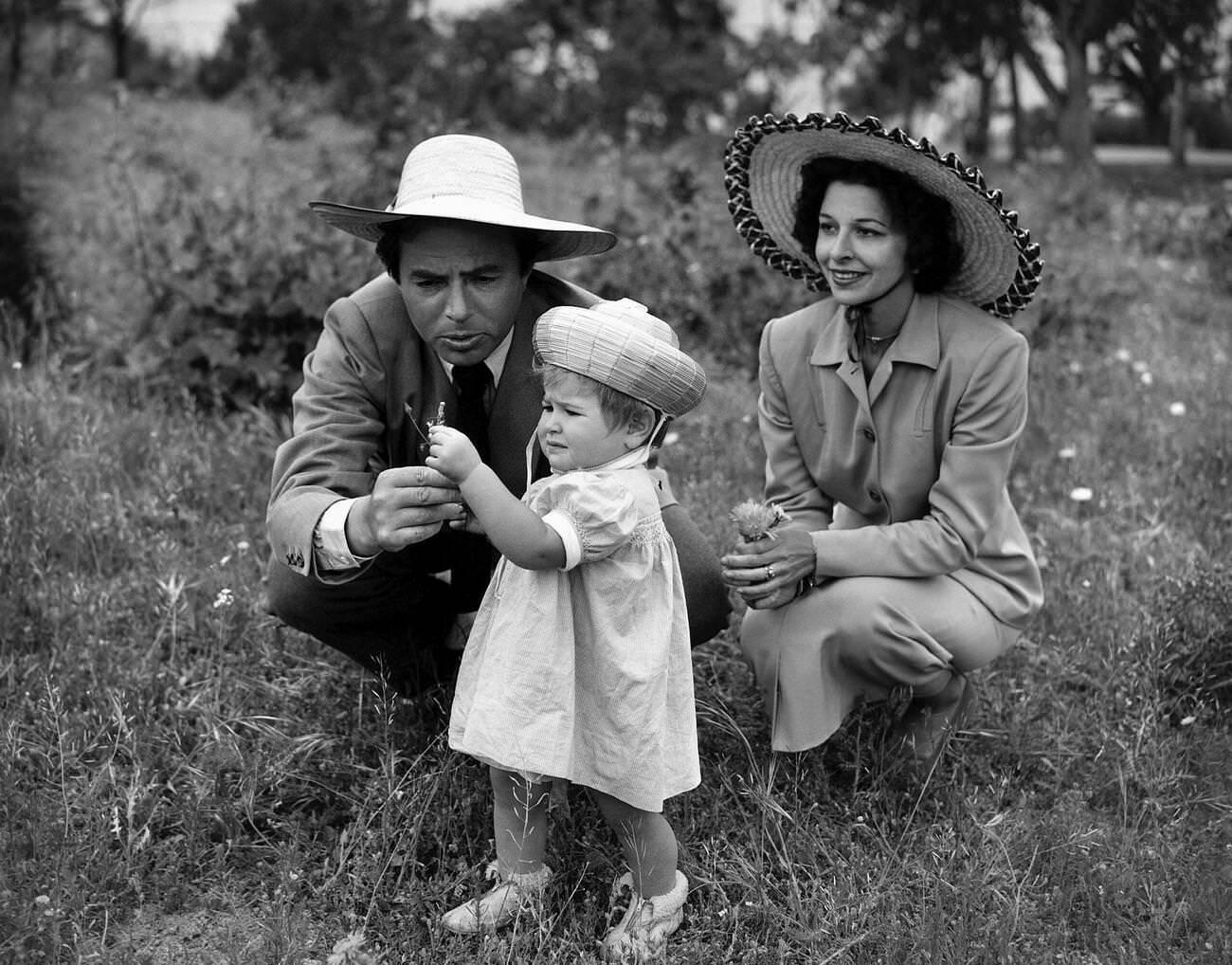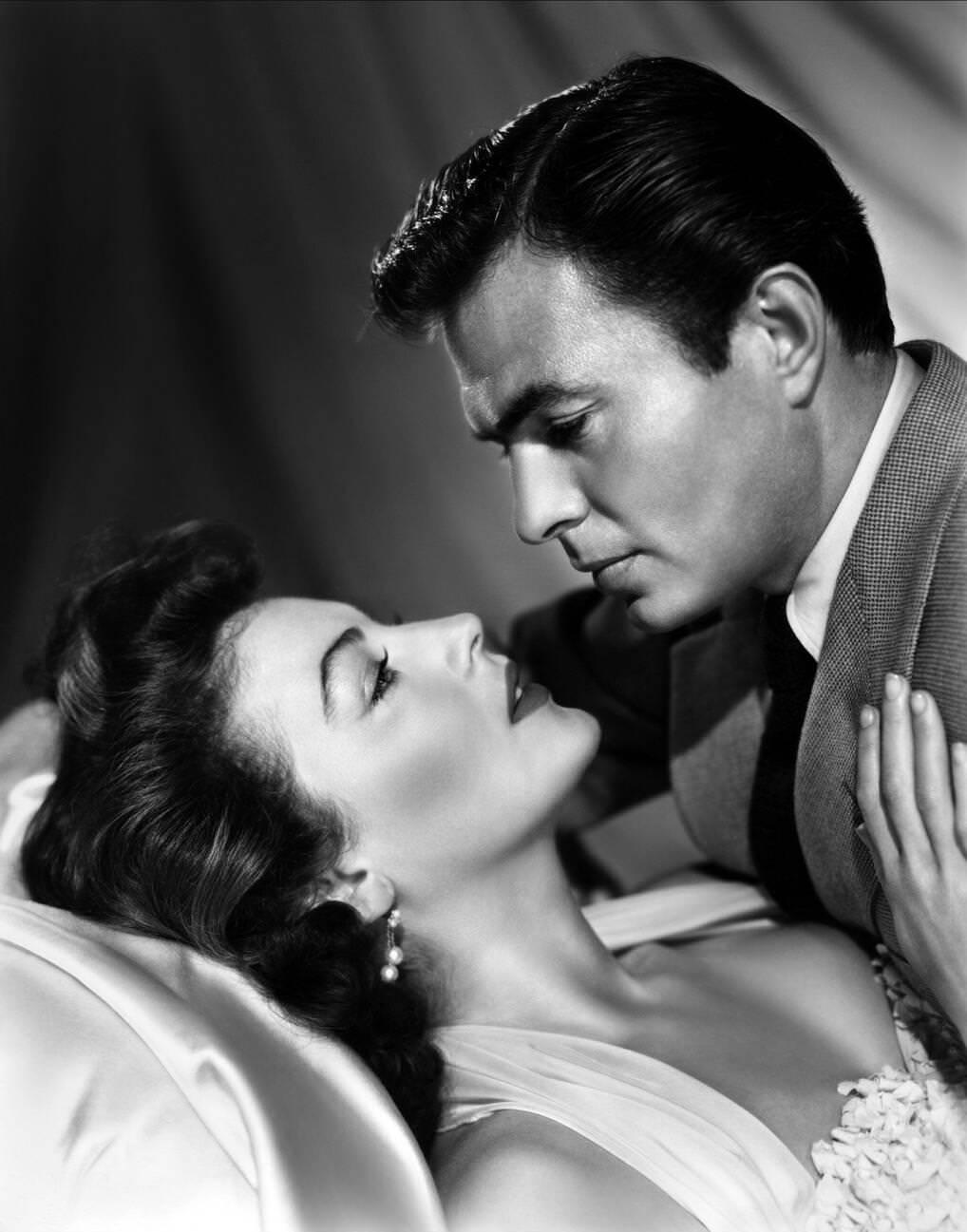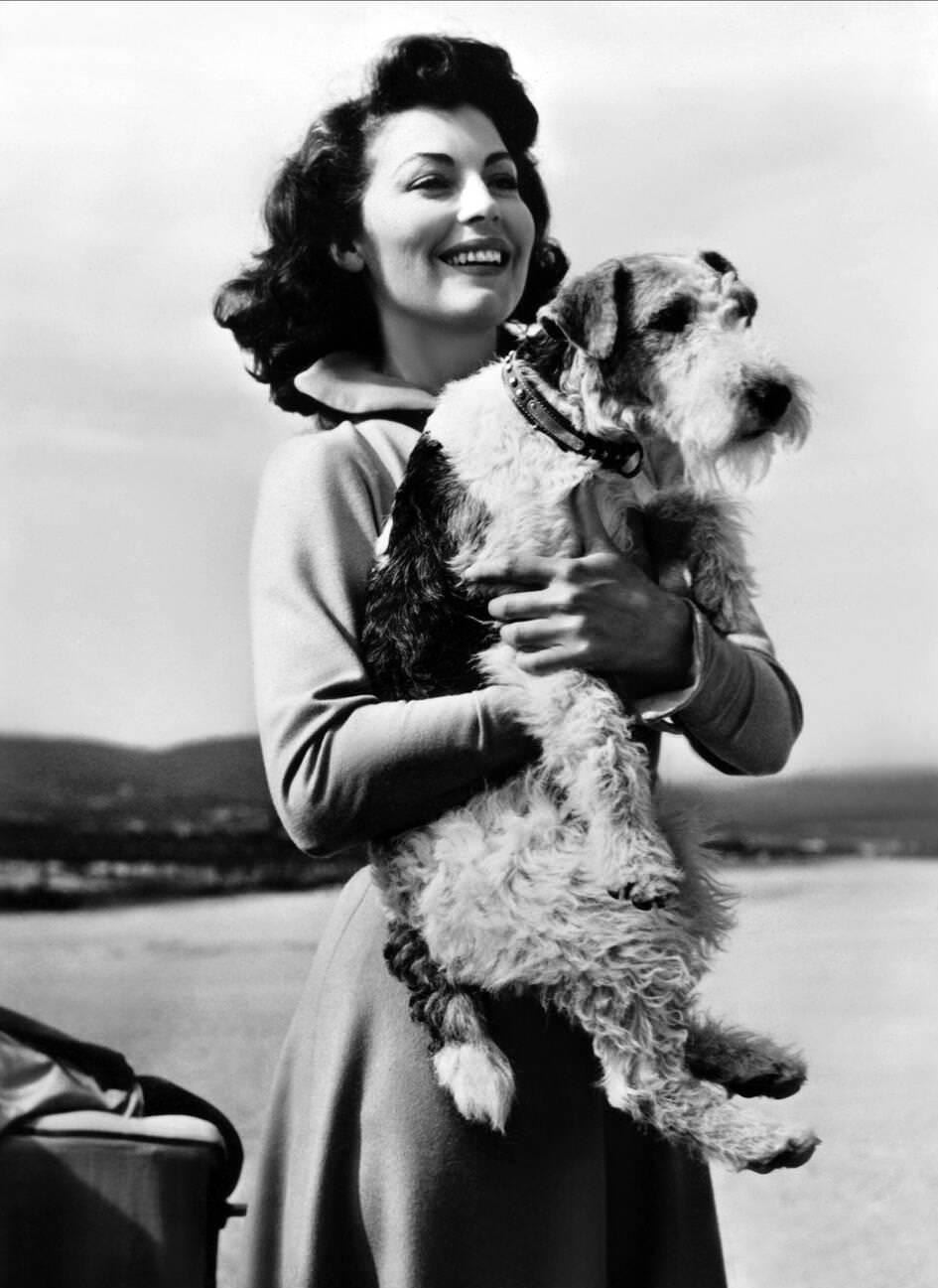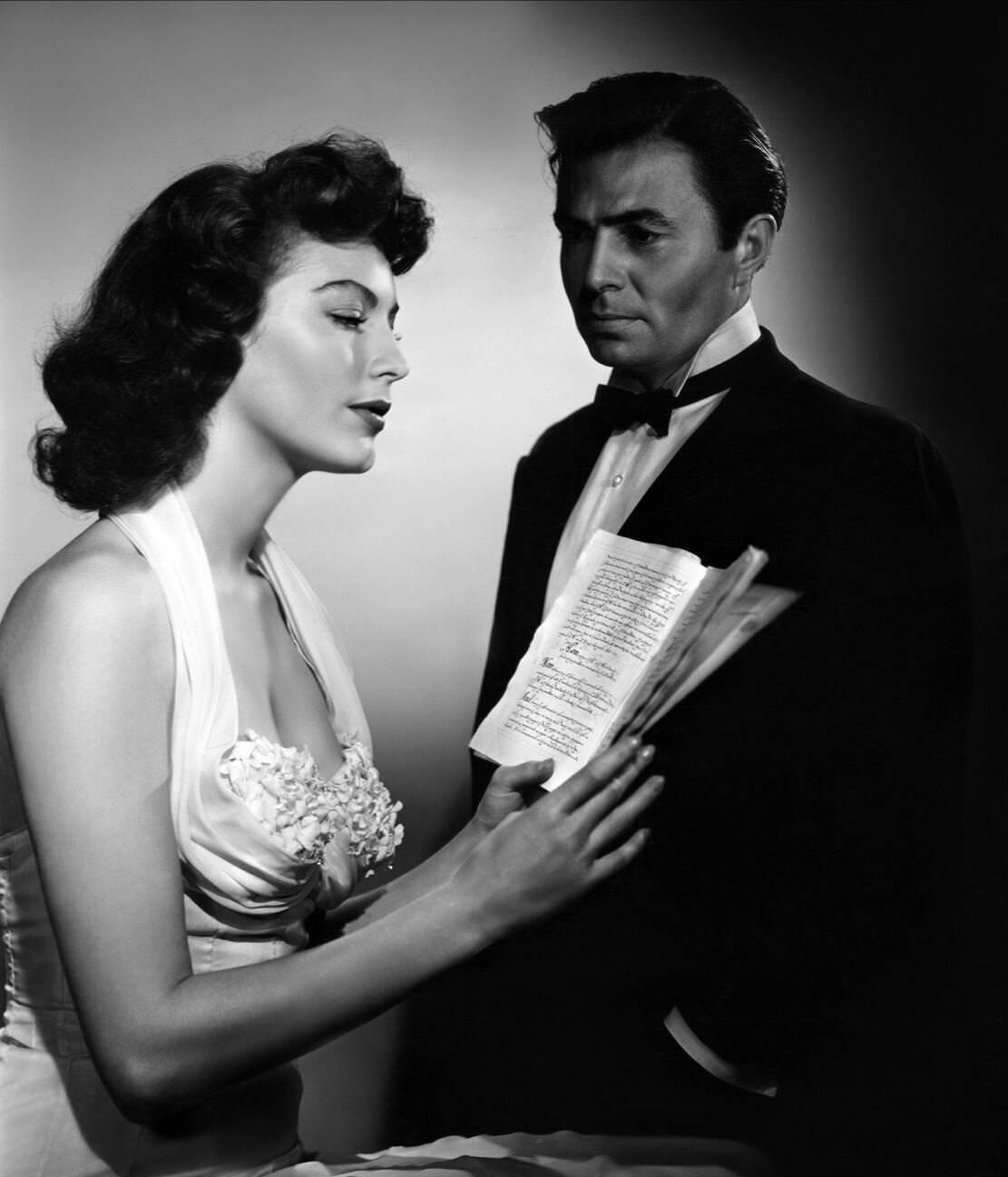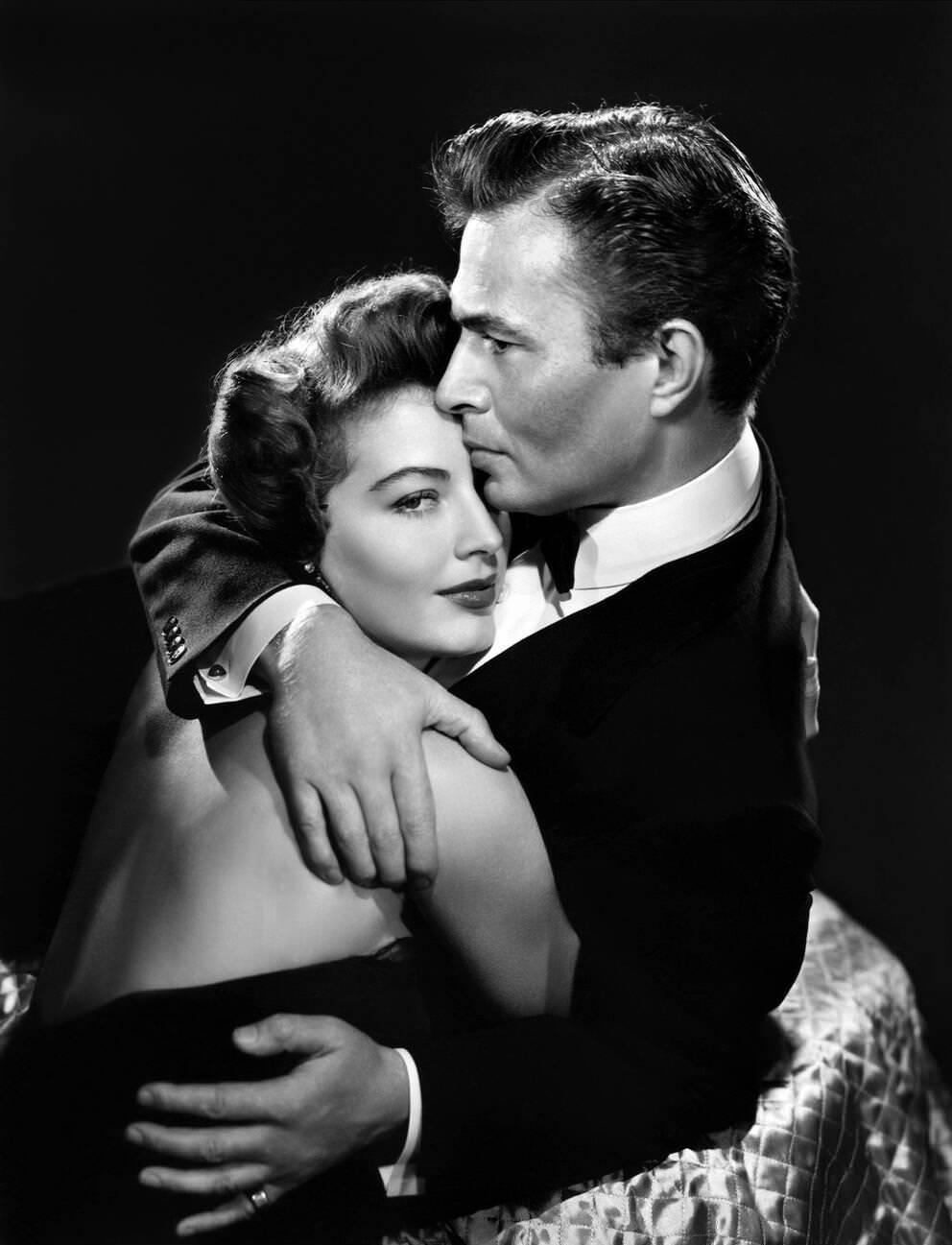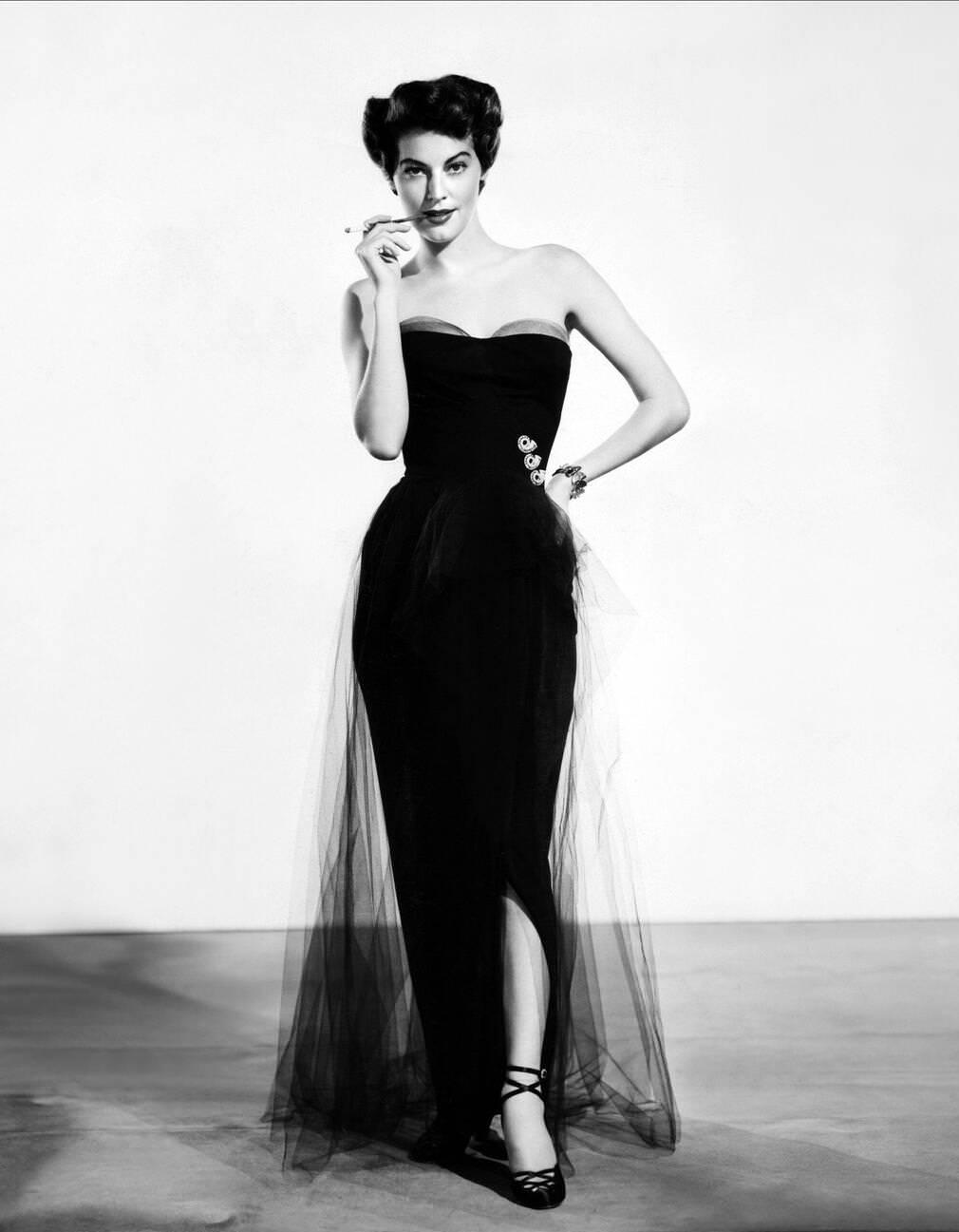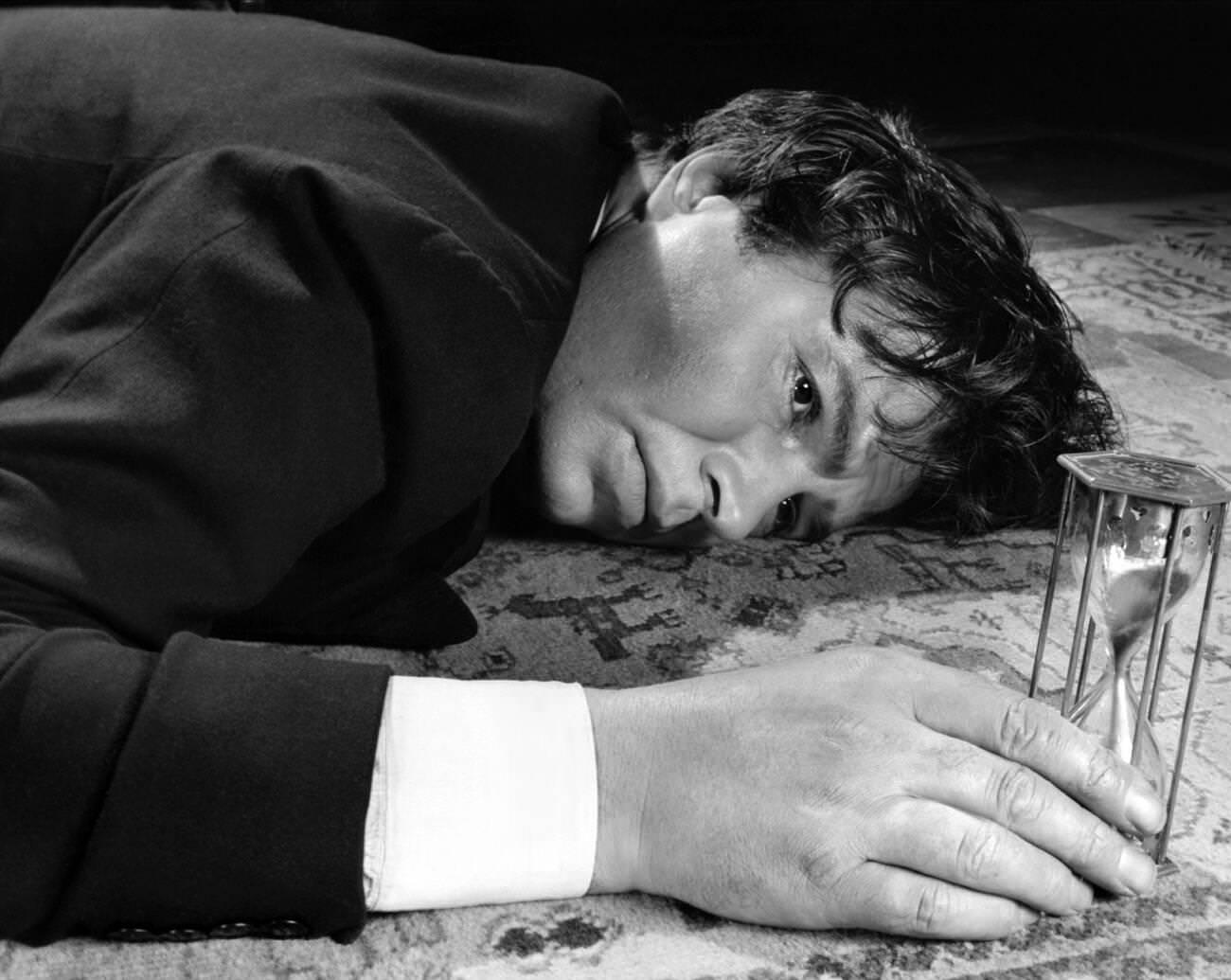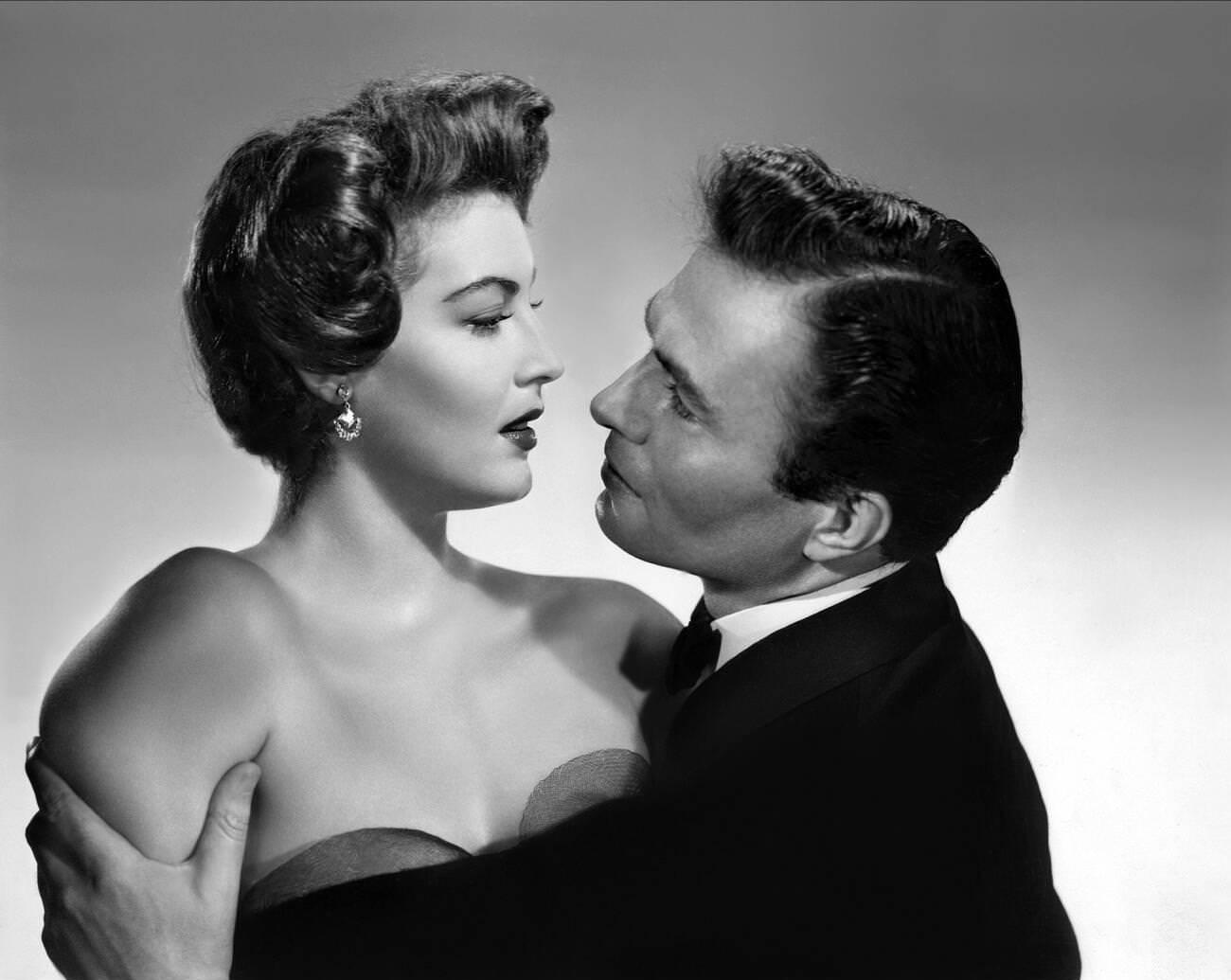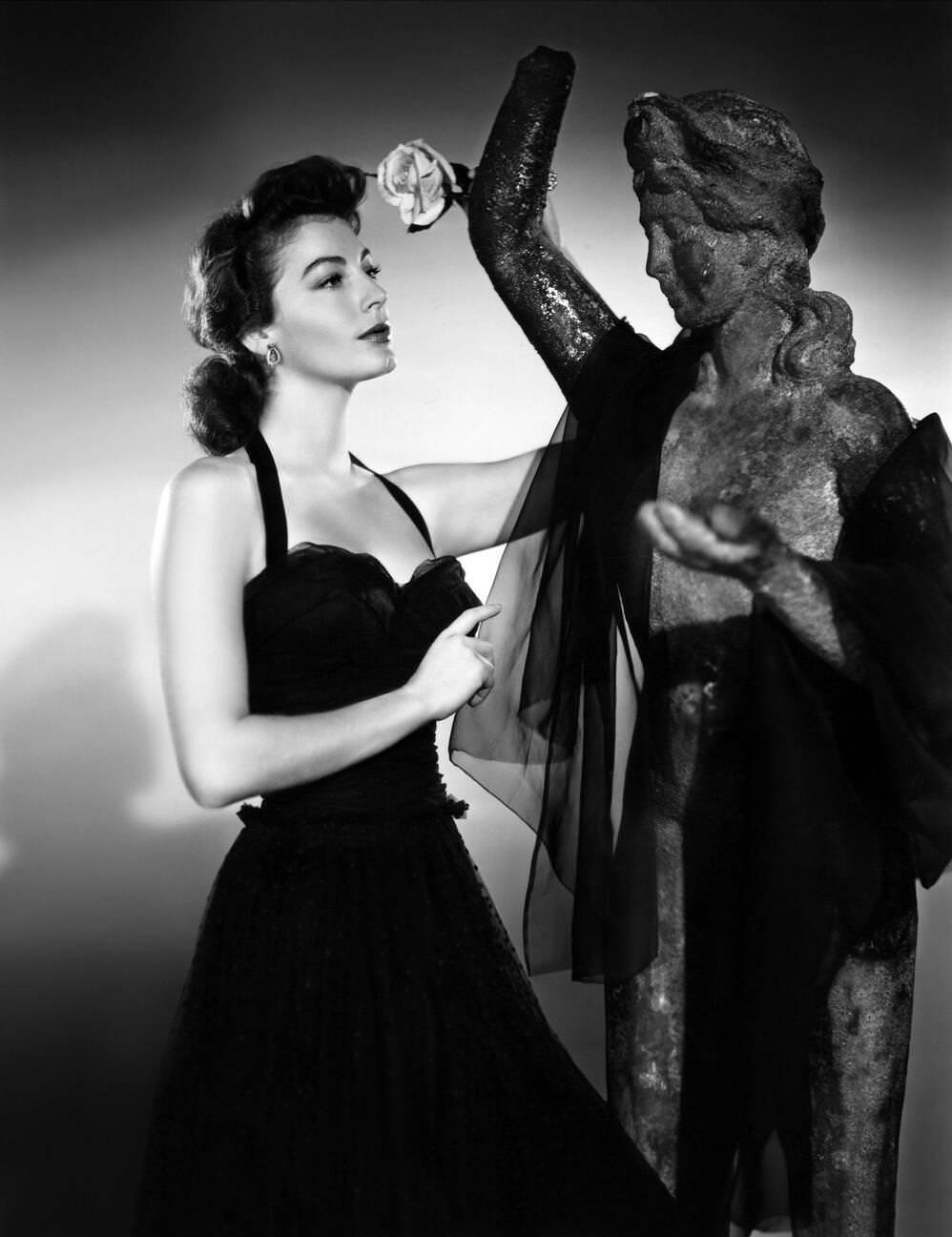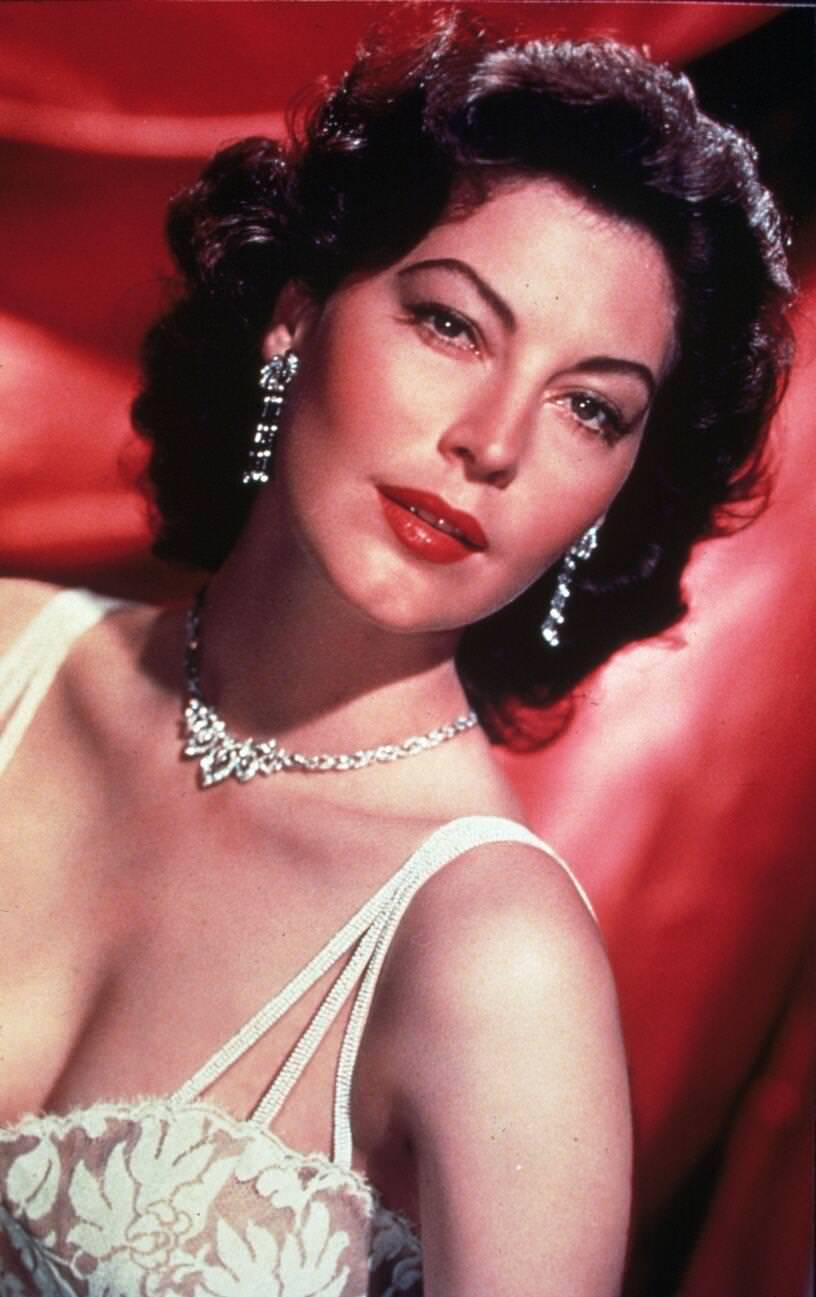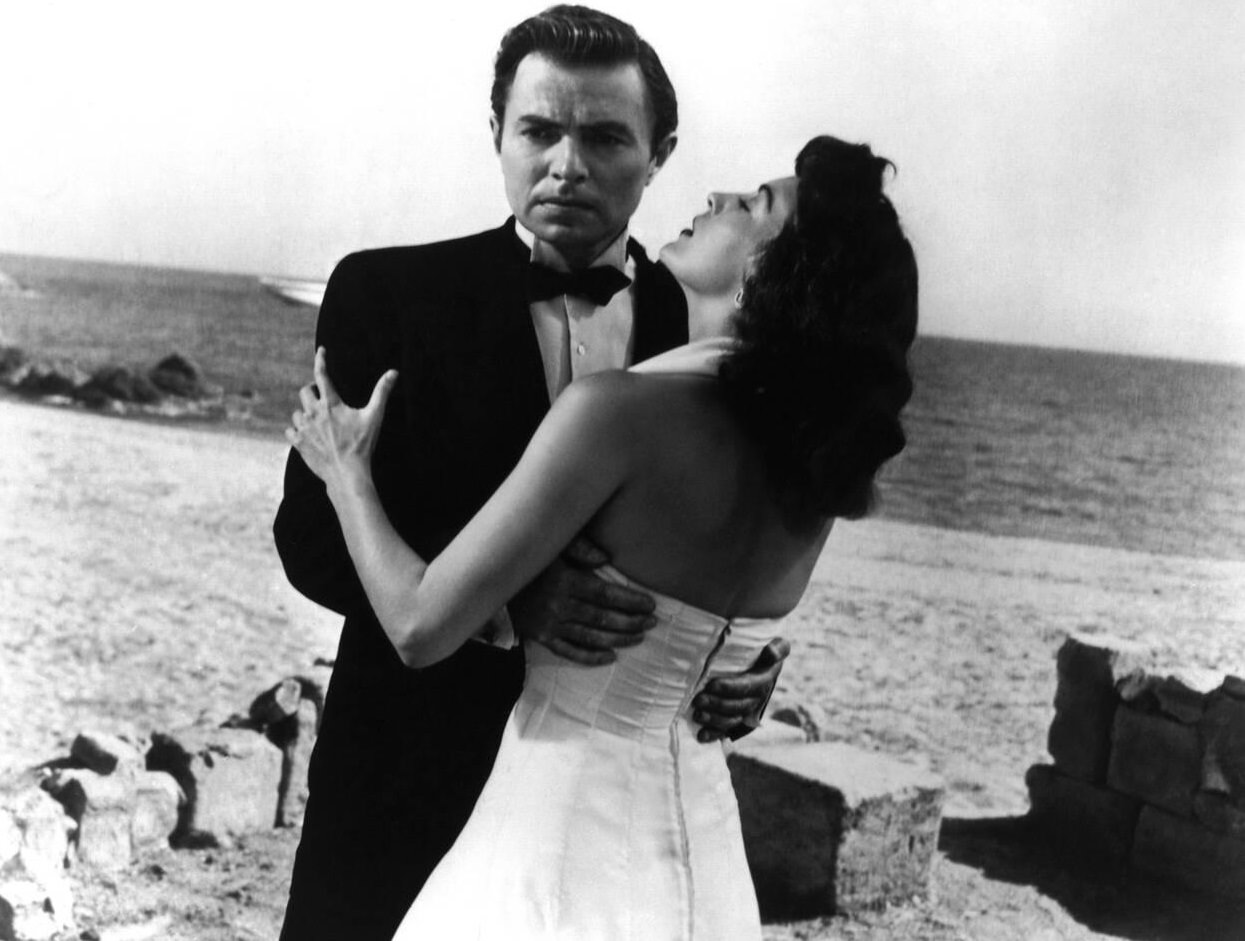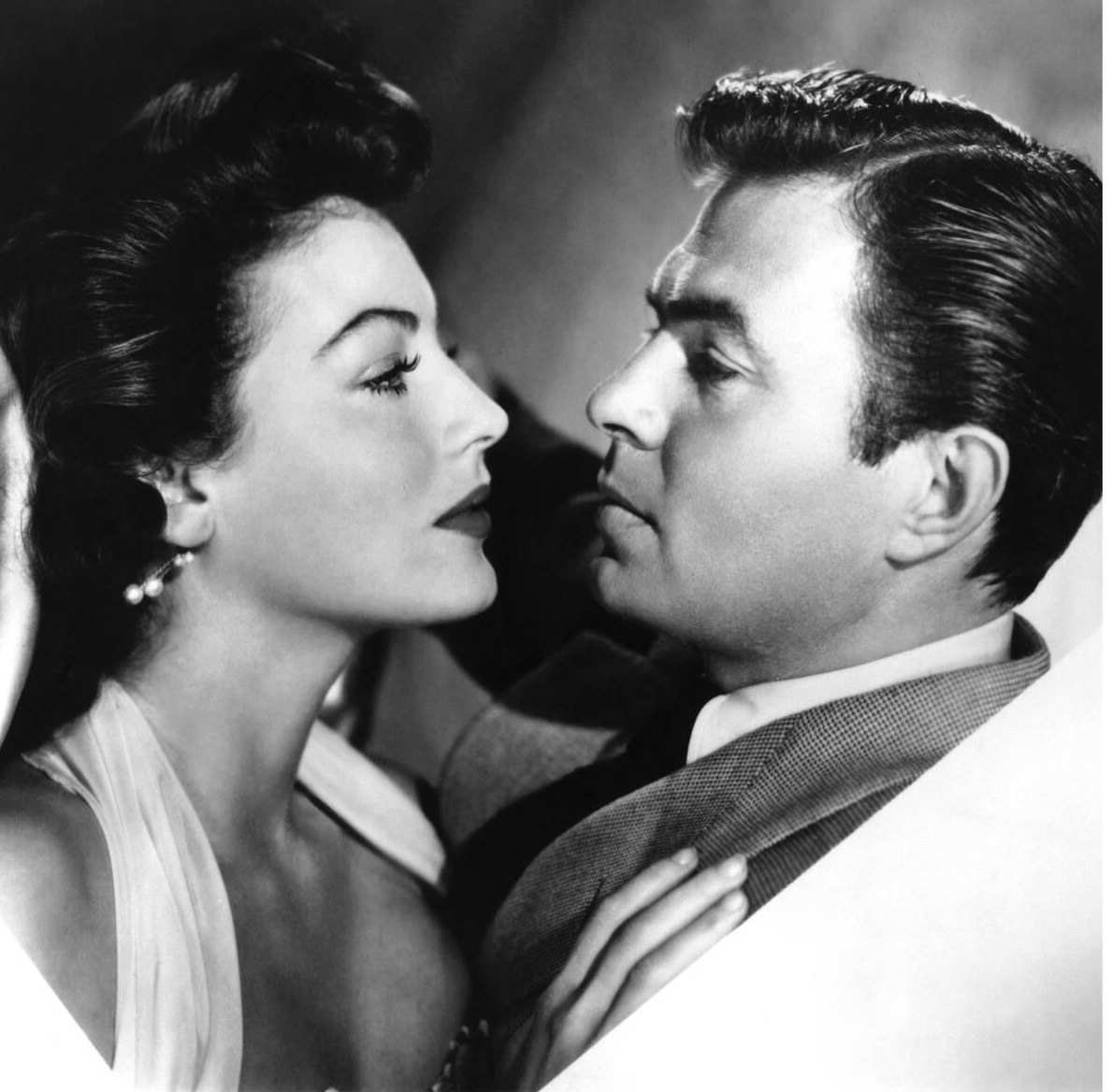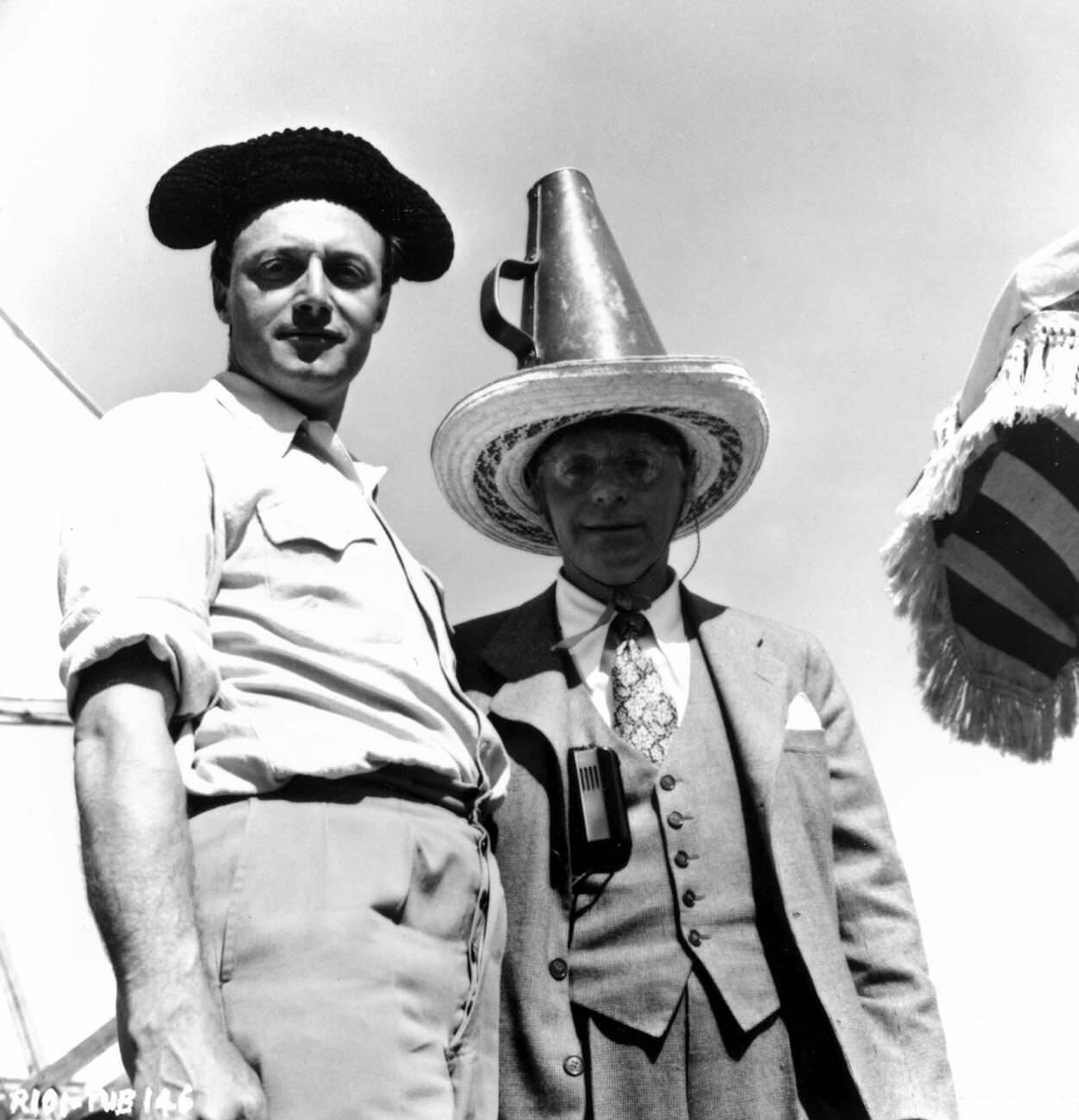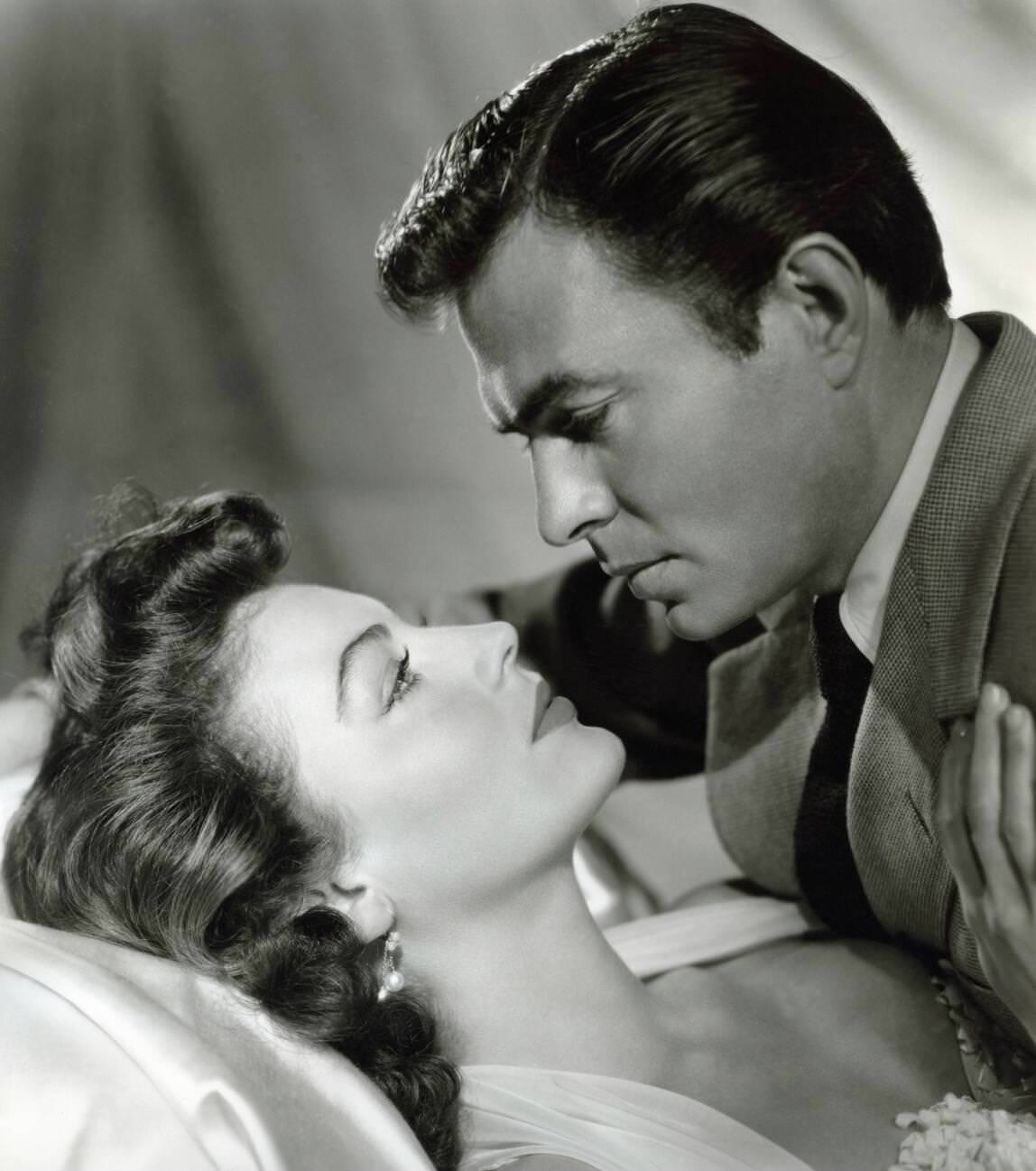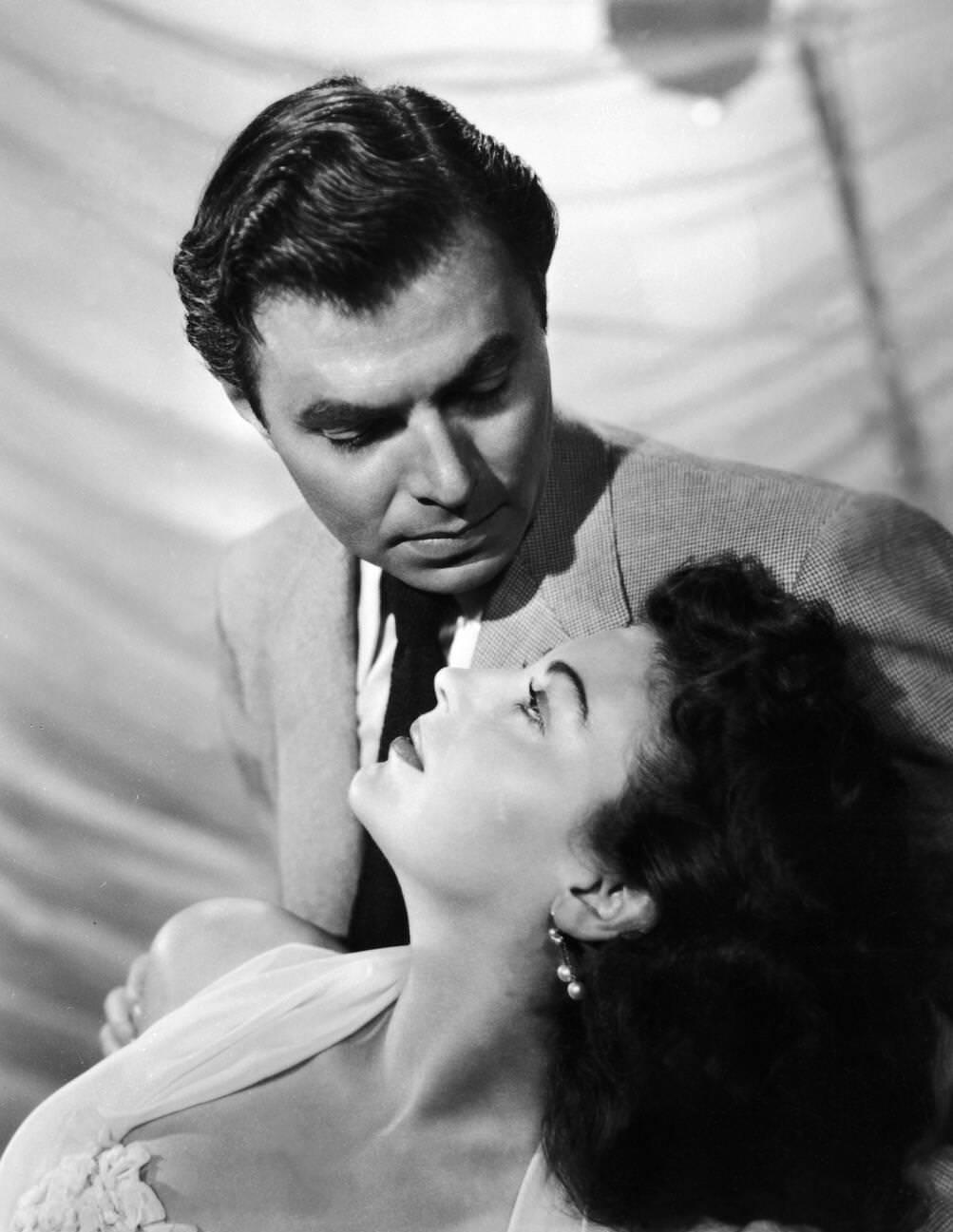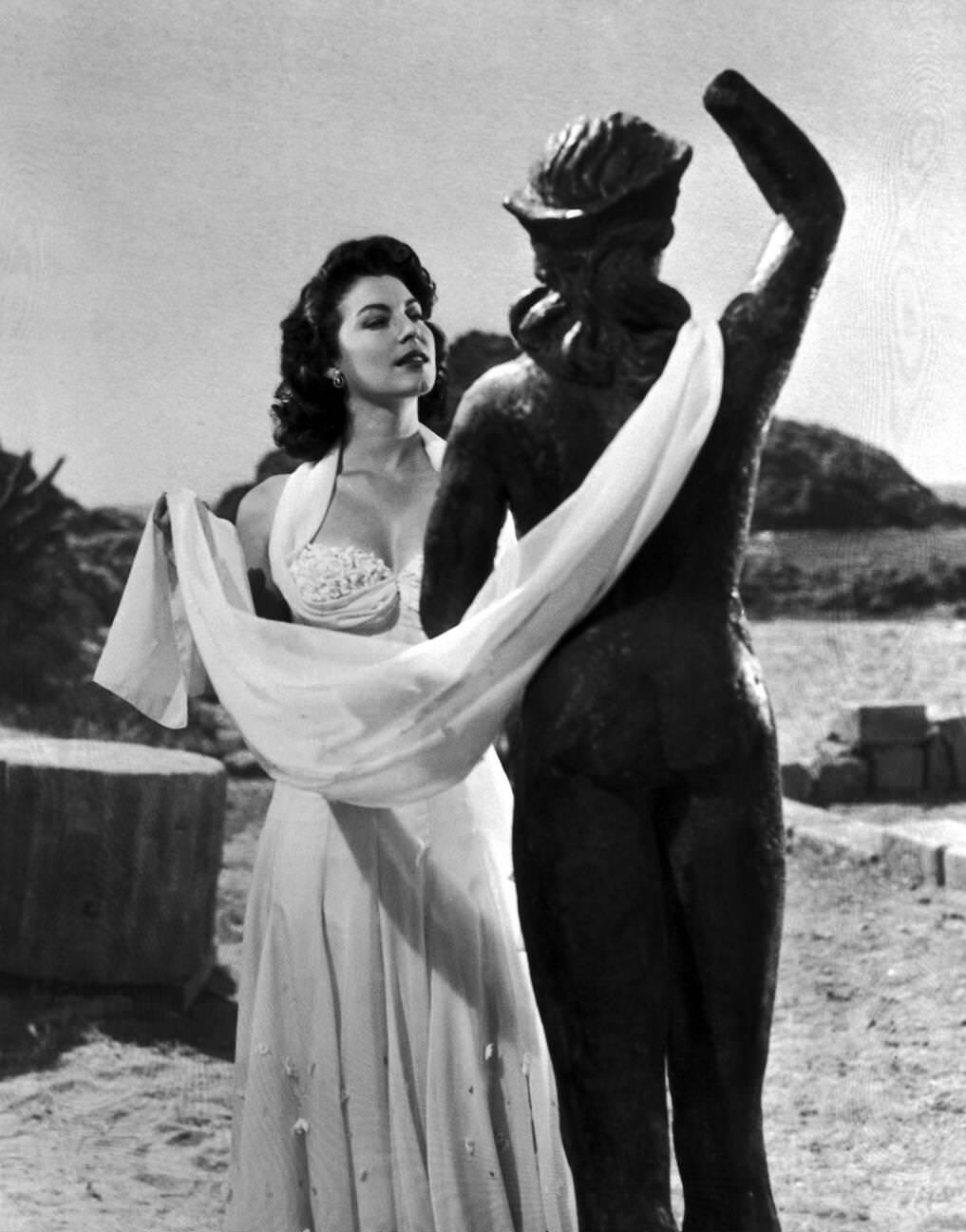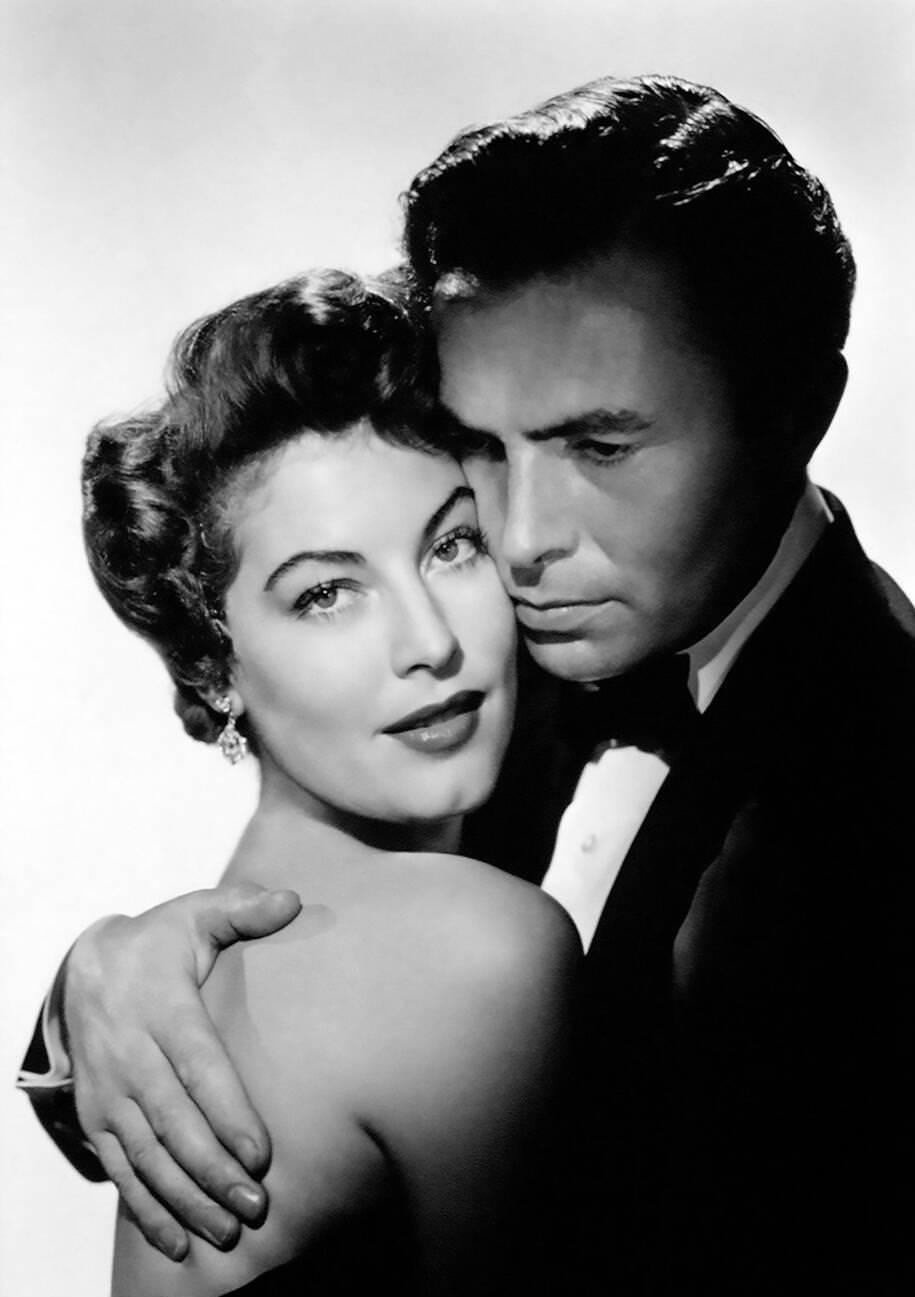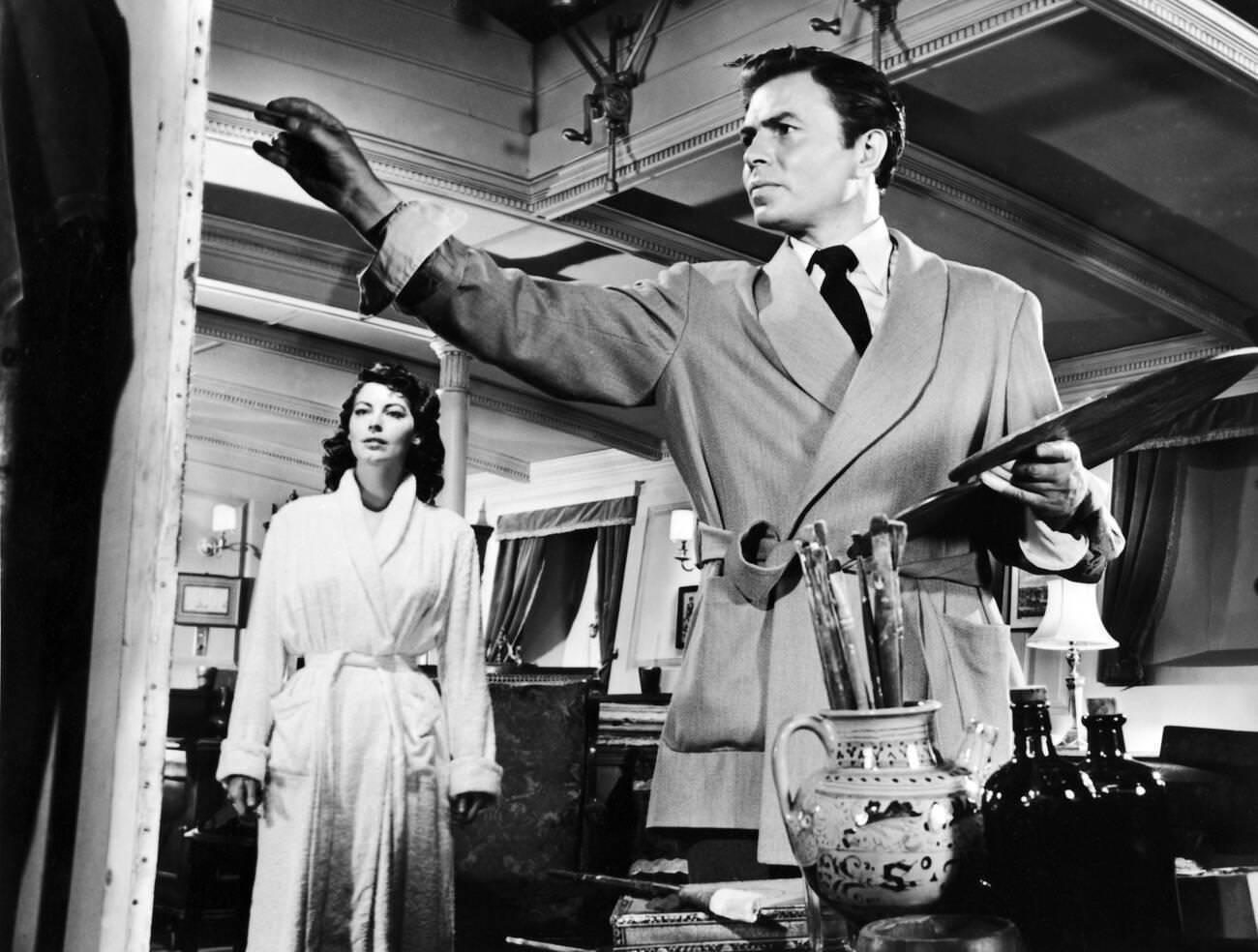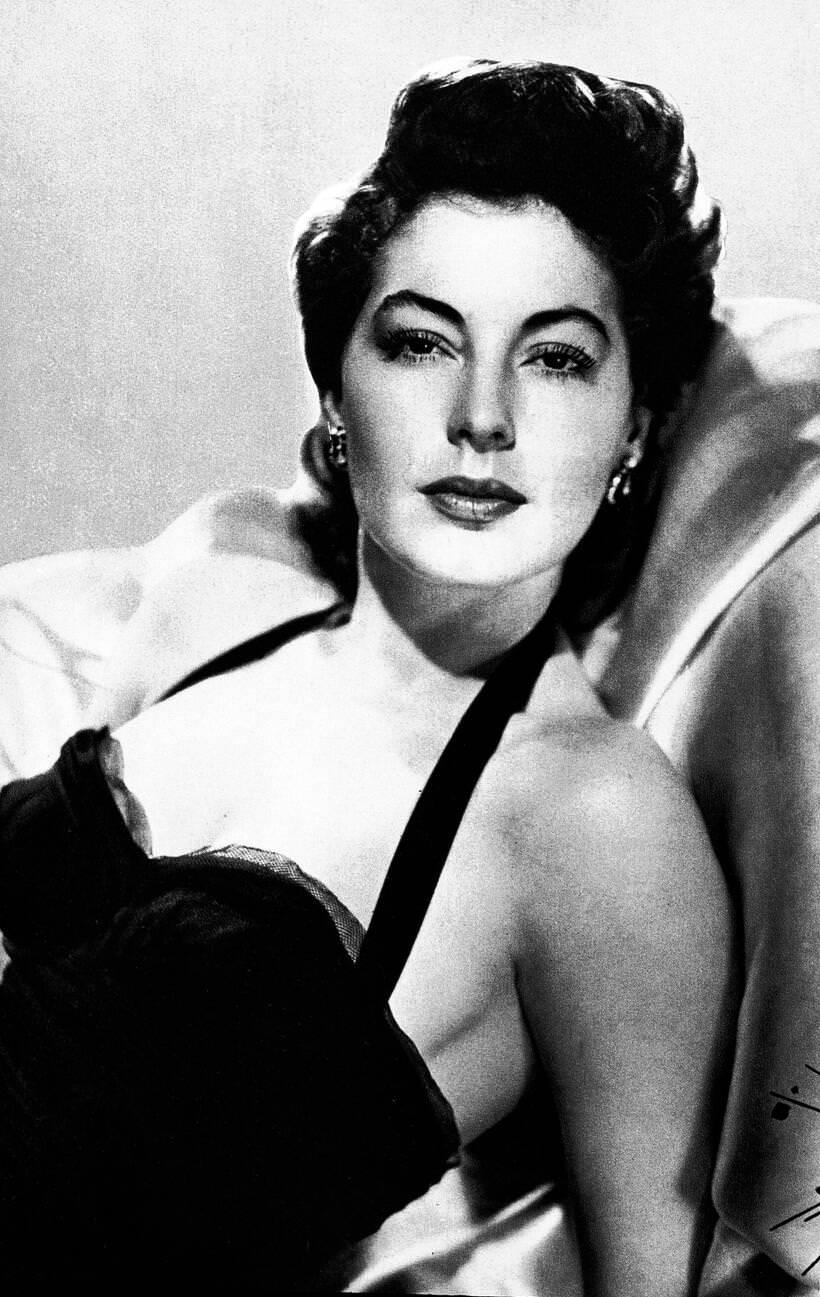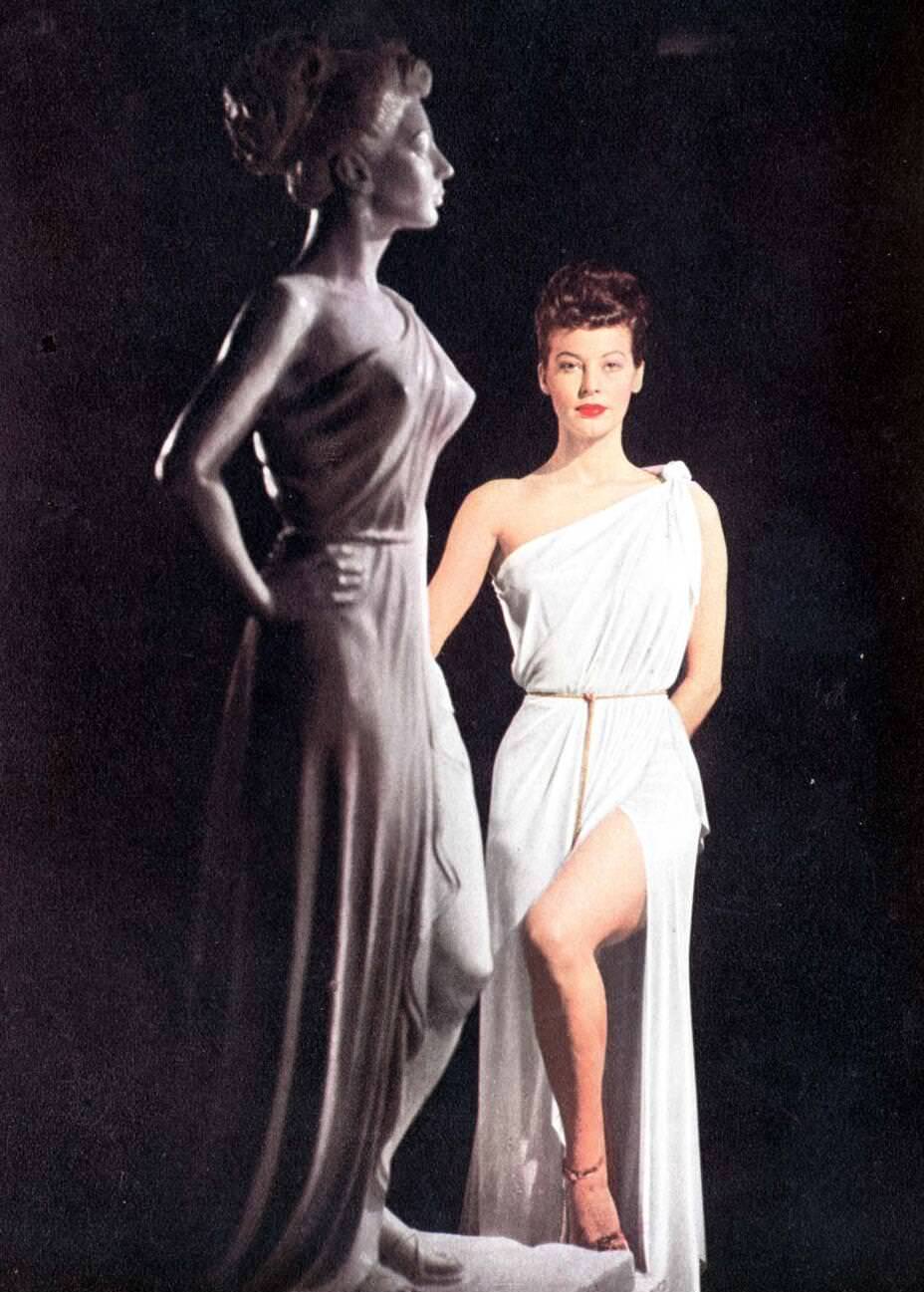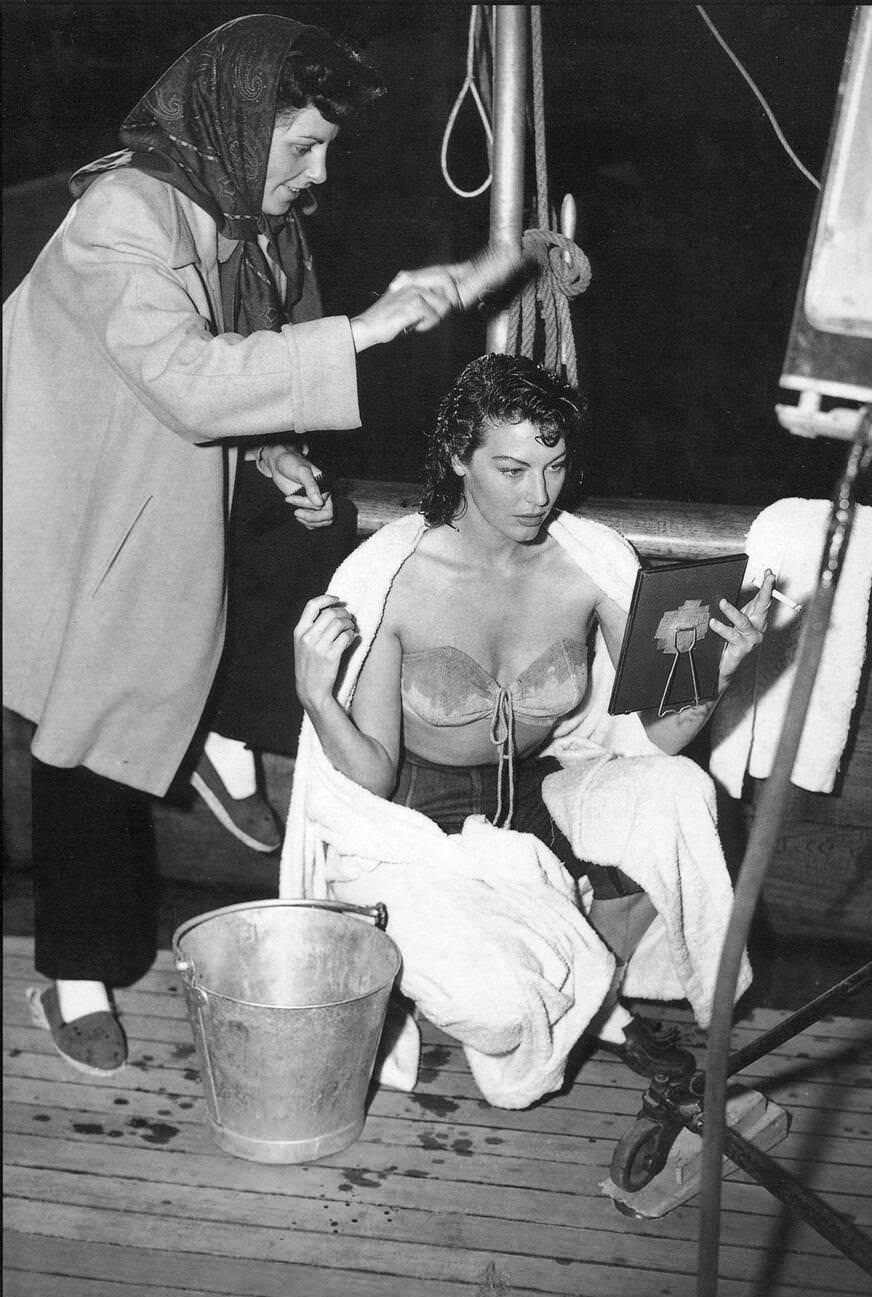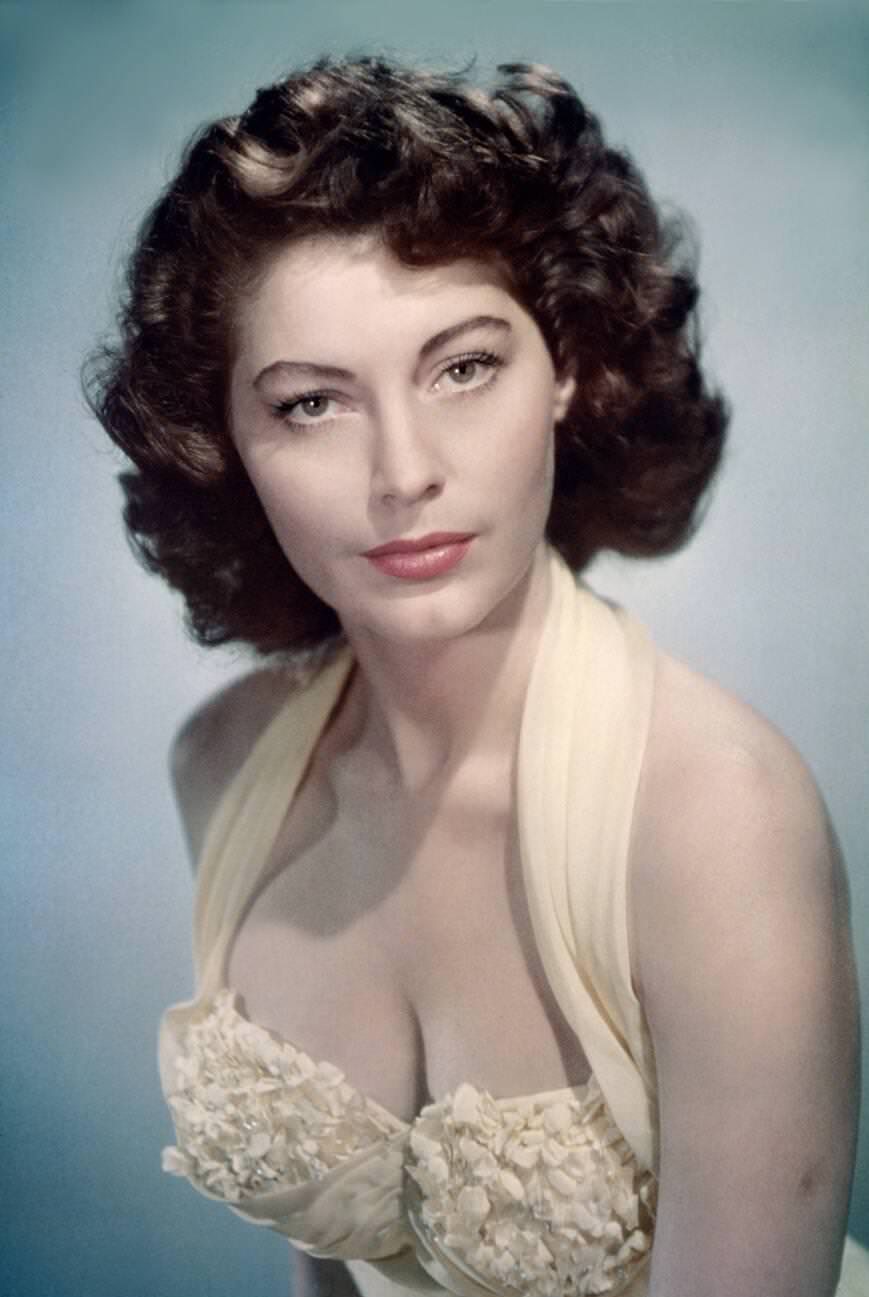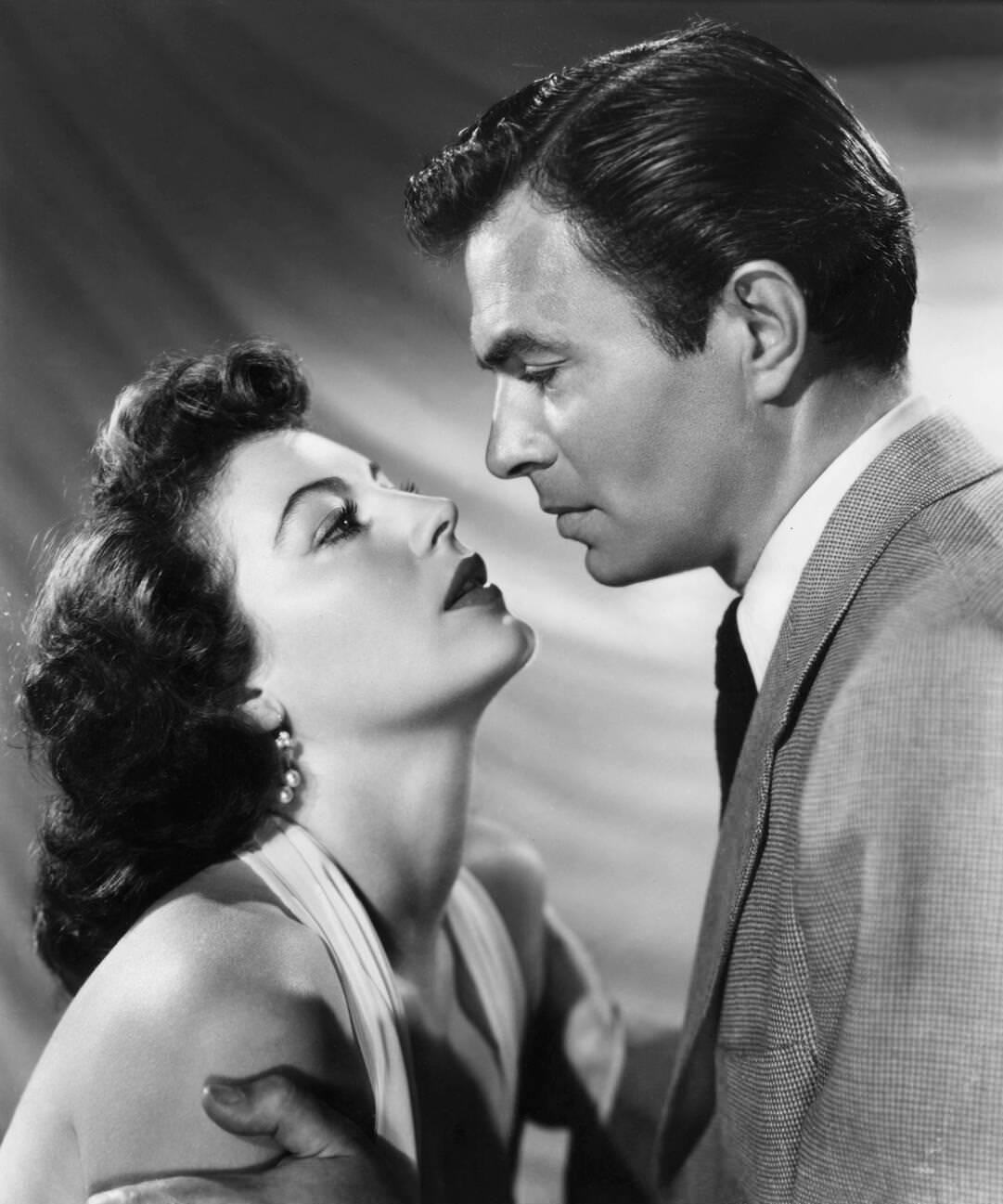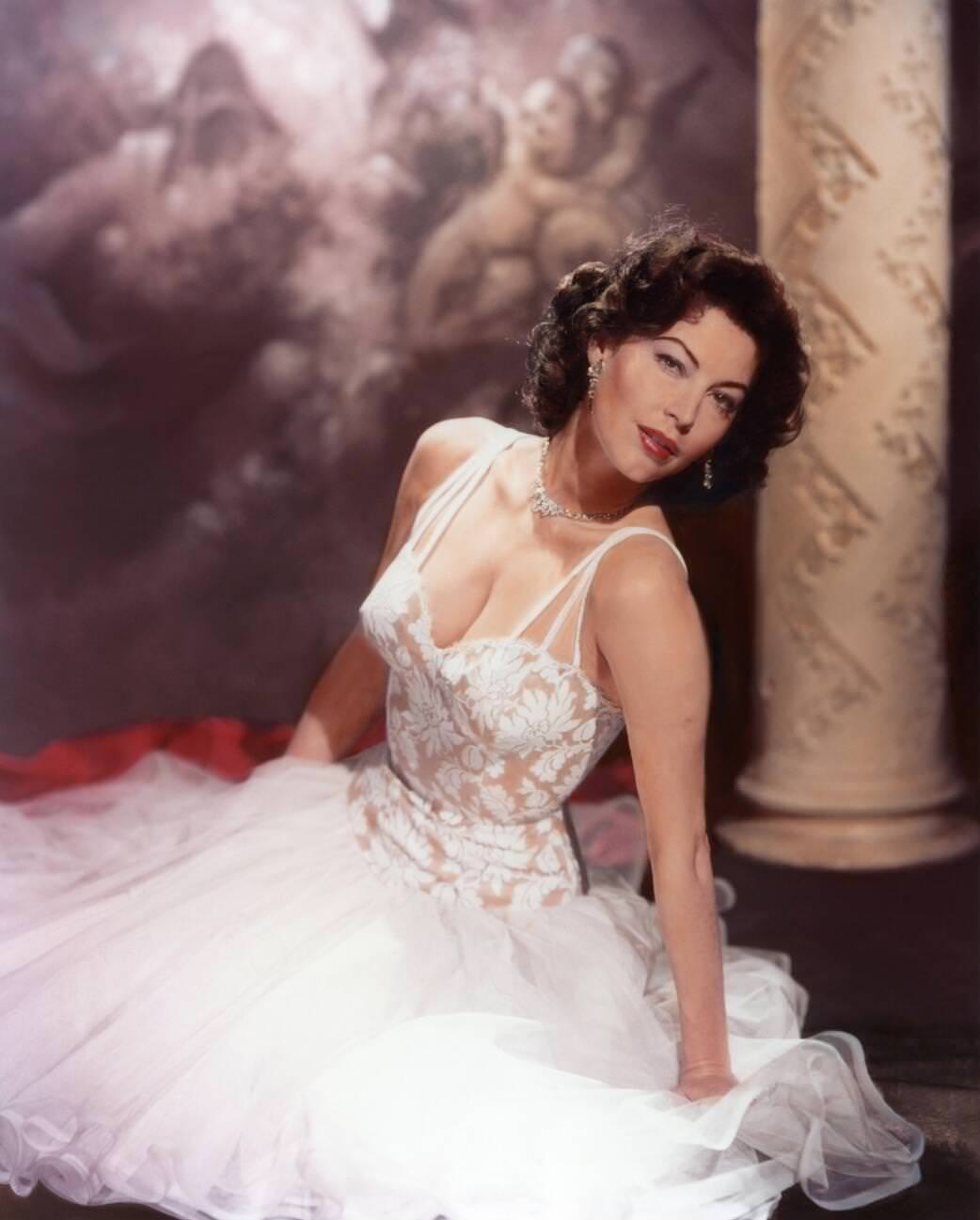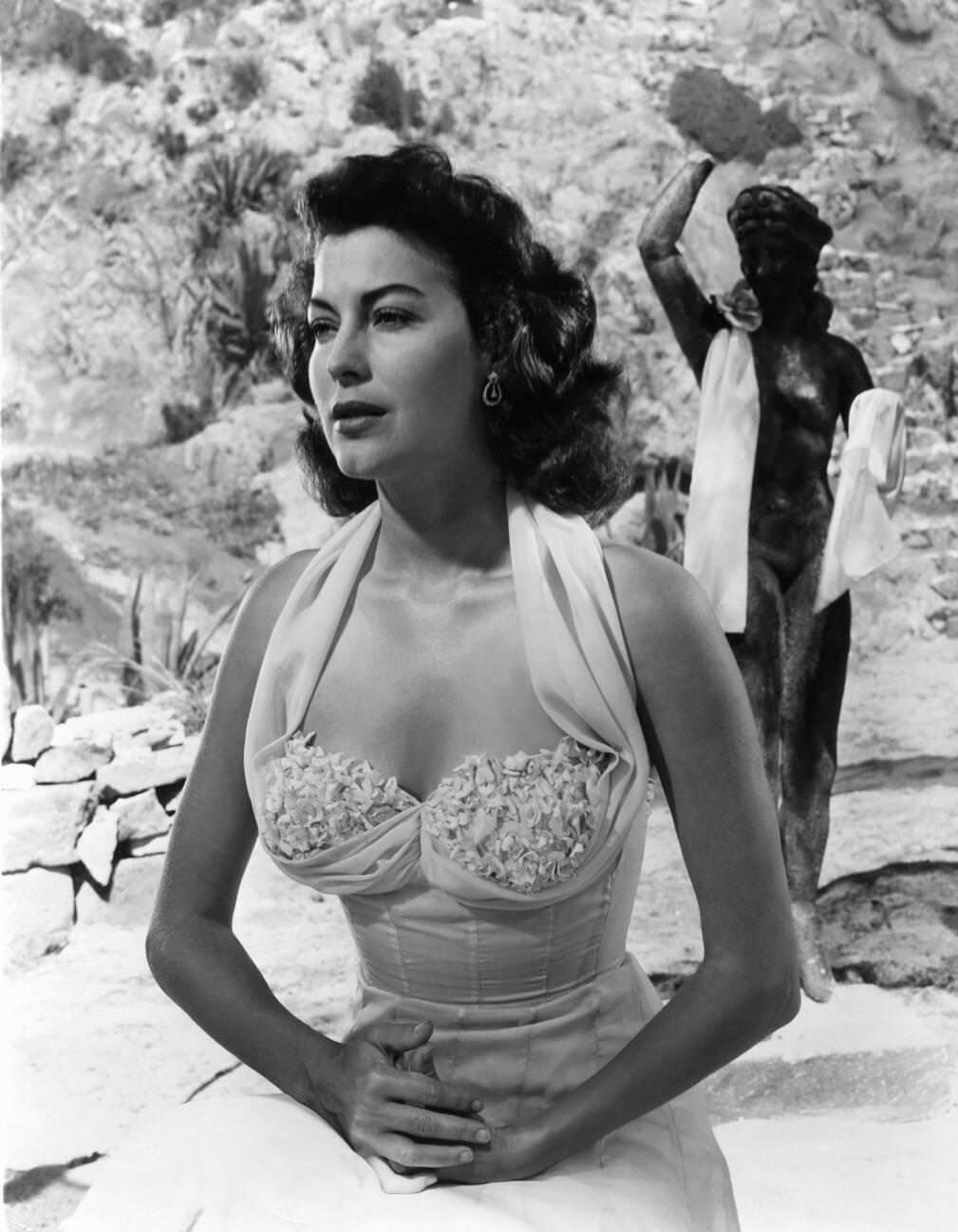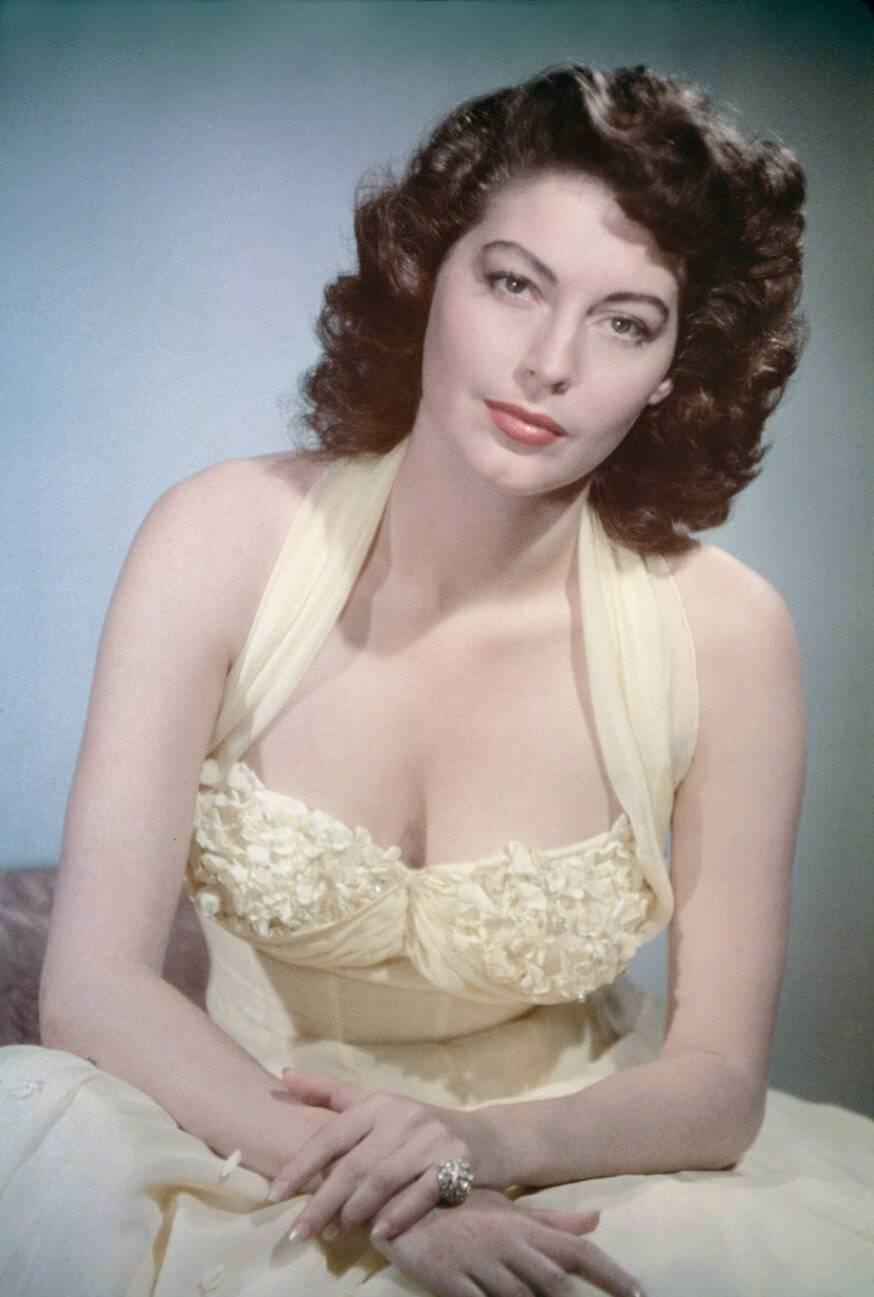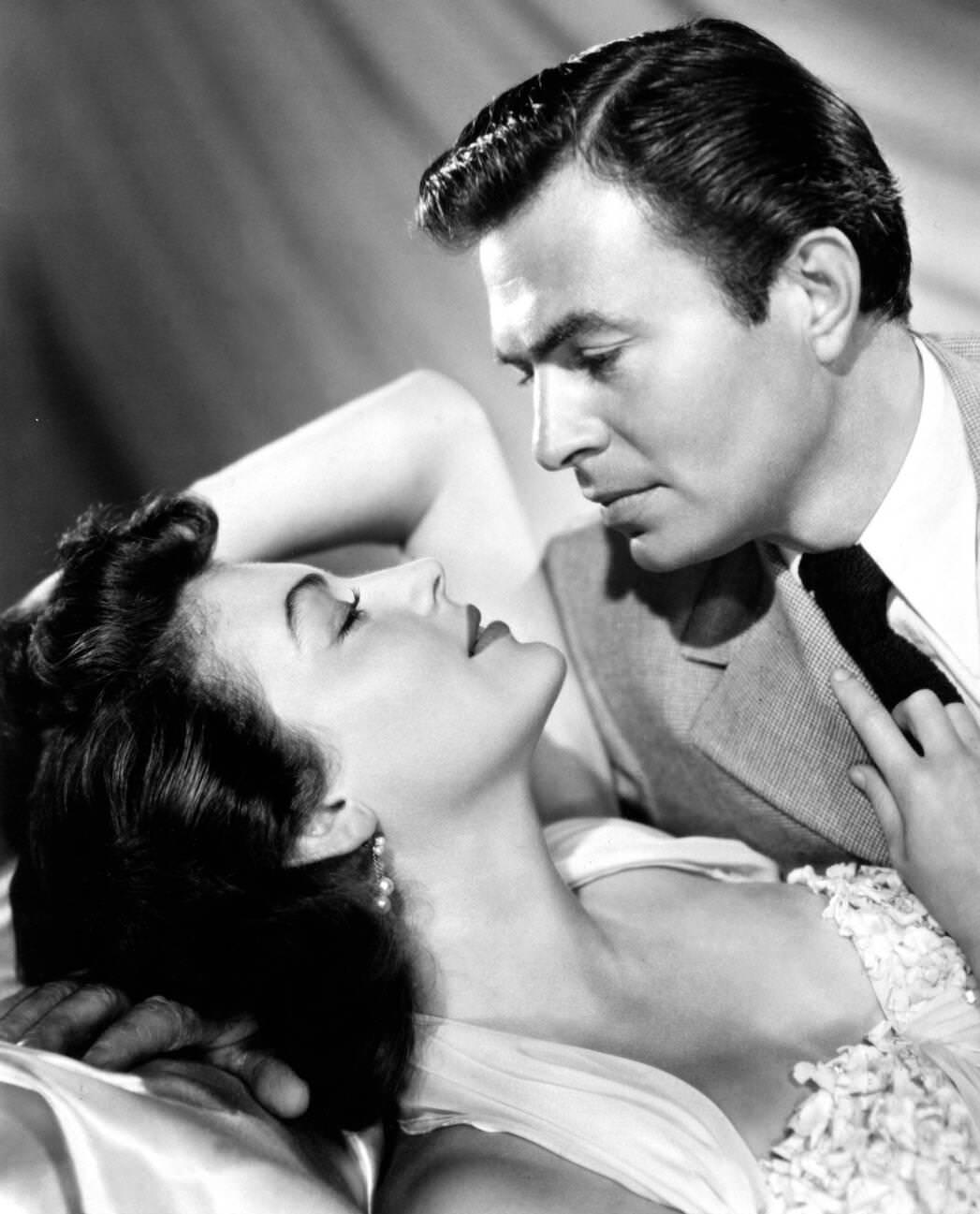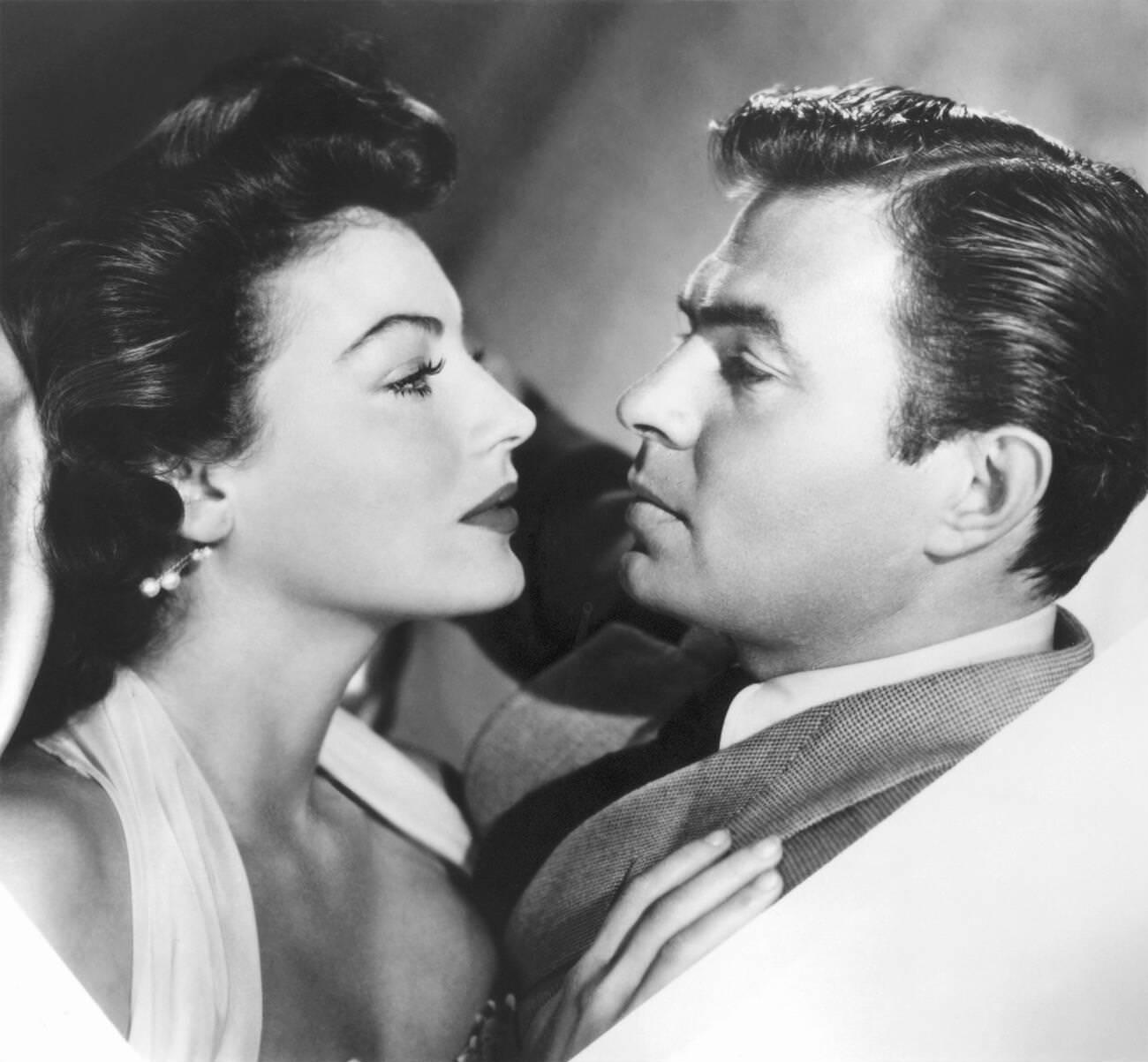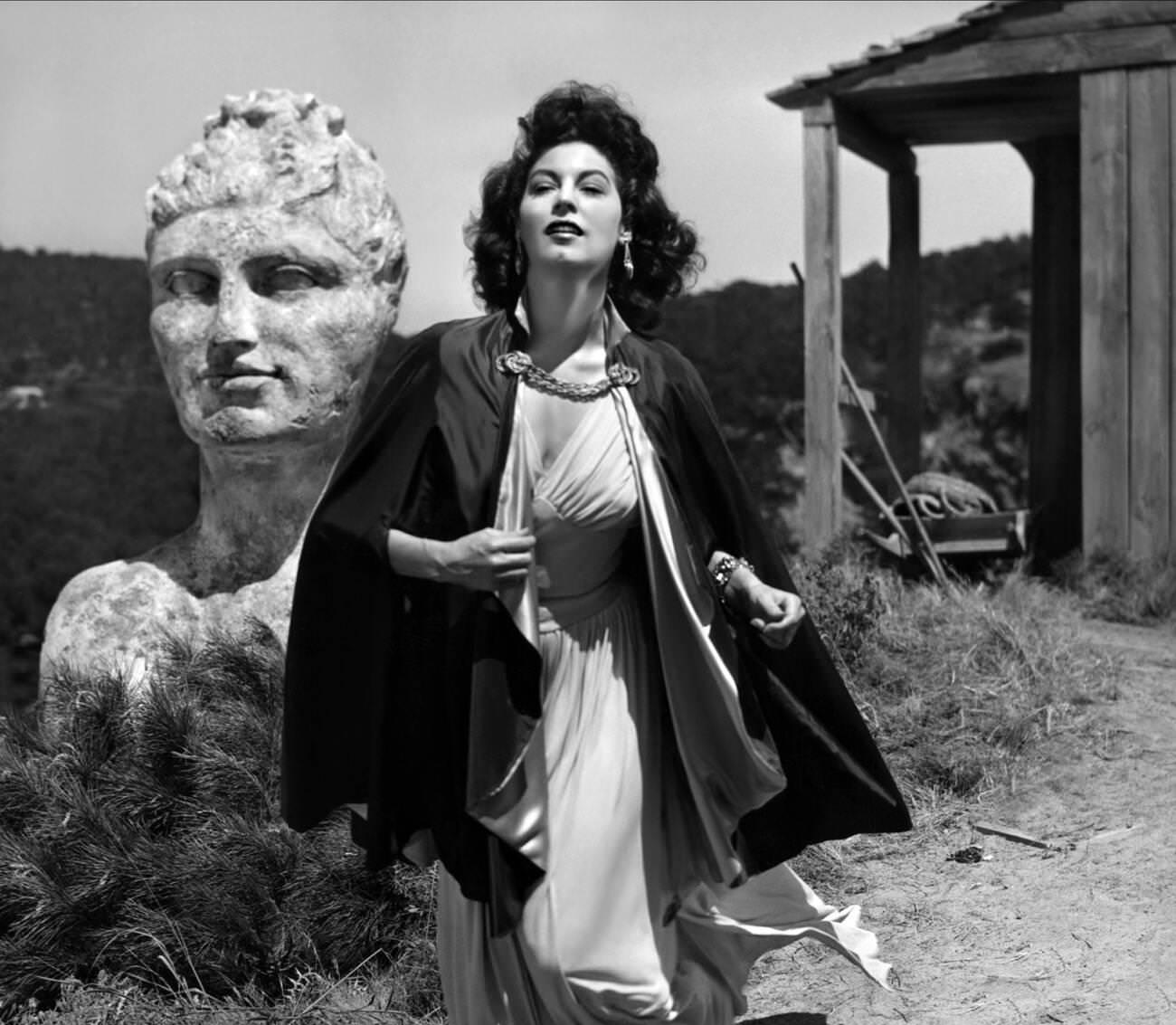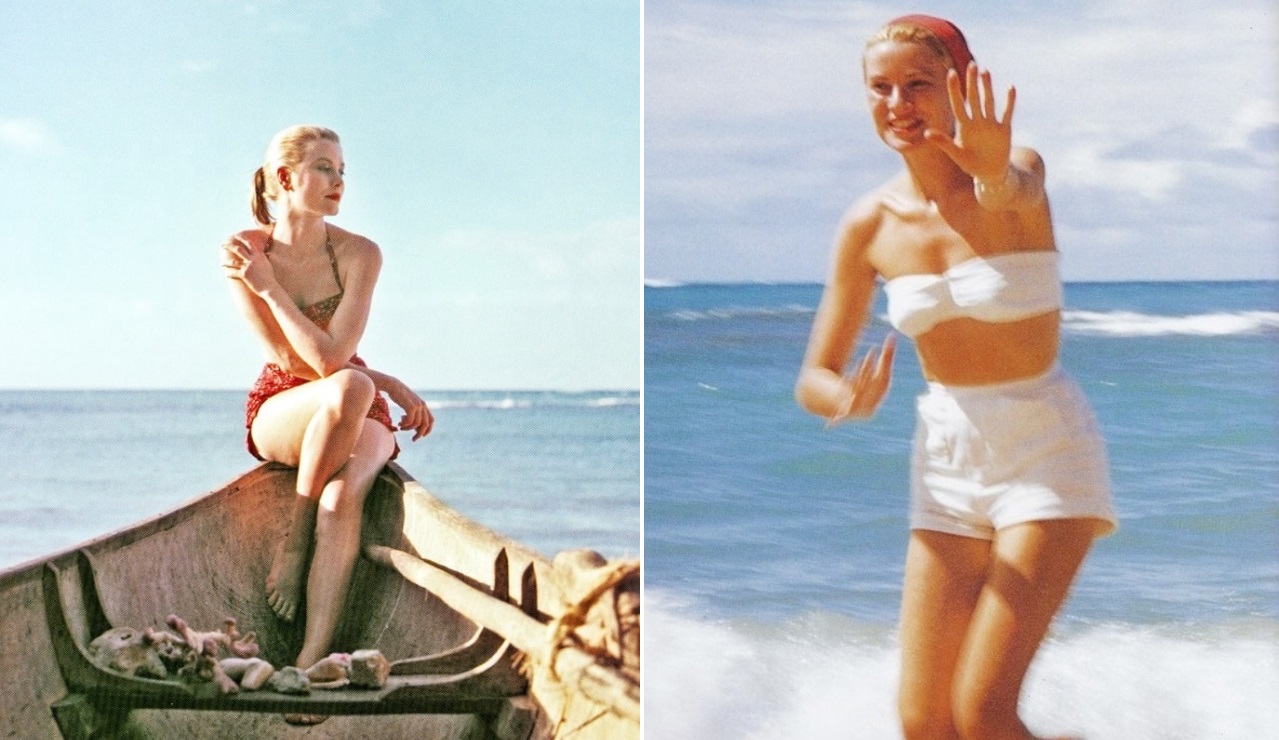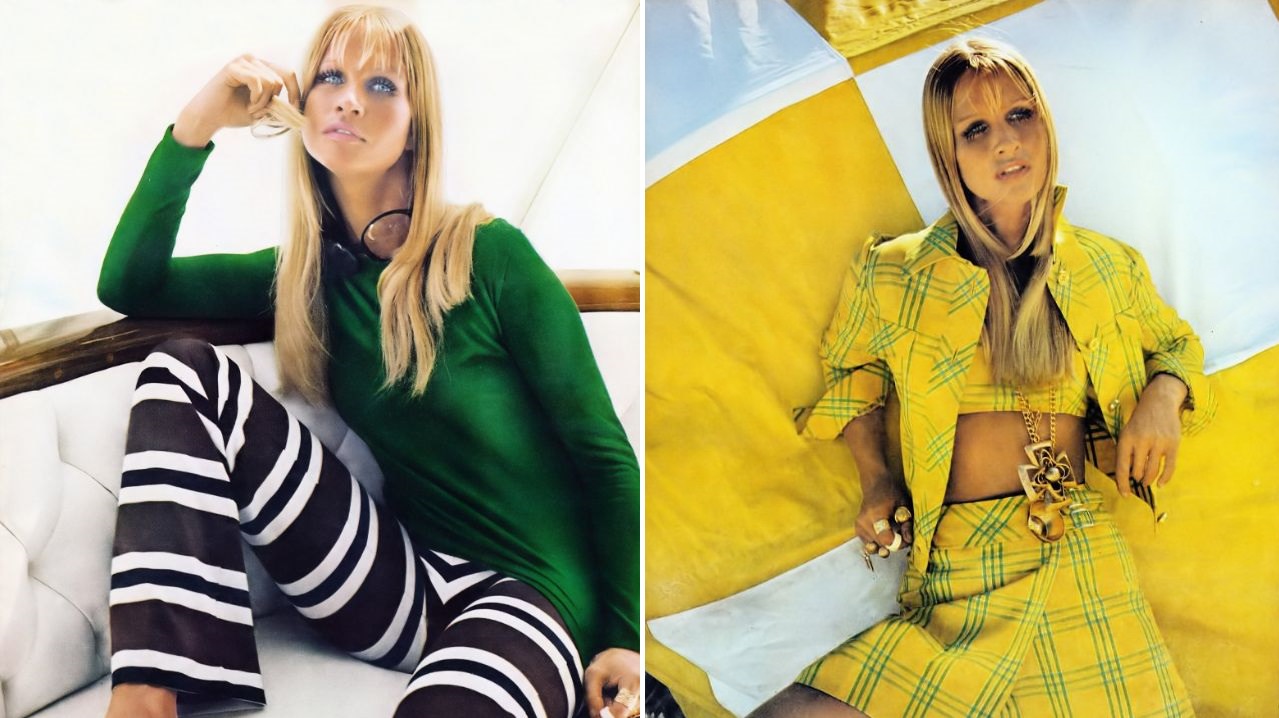“Pandora and the Flying Dutchman,” released in 1951, is a romantic drama film directed by Albert Lewin. This film is an amalgamation of myth, romance, and tragedy, set against the backdrop of the early 20th century. It stars Ava Gardner as Pandora Reynolds and James Mason as Hendrick van der Zee, the enigmatic “Flying Dutchman.”
The movie is notable for its stunning cinematography, shot in Technicolor. The picturesque coastal setting of Tossa de Mar, on the Costa Brava in Spain, forms the backdrop of the story. The vivid color palette and striking visuals play a crucial role in creating the film’s dreamlike and mythic atmosphere.
Plot Synopsis
The story revolves around the character of Pandora Reynolds, a beautiful and enigmatic woman who ensnares the hearts of several men in a small Spanish town. The plot thickens with the arrival of Hendrick van der Zee, a mysterious yachtsman who is later revealed to be the legendary Flying Dutchman. The Dutchman is a cursed sailor condemned to wander the seas until he finds true love.
The movie delves into themes of fate, destiny, and redemption. The film intertwines the personal tragedies of the characters with the broader myth of the Flying Dutchman. The narrative explores how the characters’ fates are sealed by their past actions and how redemption can be achieved through love and sacrifice.
Character Analysis
Pandora Reynolds, portrayed by Ava Gardner, is a complex character, embodying both allure and mystery. James Mason’s portrayal of Hendrick van der Zee, the Flying Dutchman, is equally compelling. His character symbolizes eternal wandering and the quest for redemption. The chemistry between Gardner and Mason is a pivotal element of the film, driving the narrative forward.
Director Albert Lewin is known for his distinctive style, which blends literary and artistic references into his films. In “Pandora and the Flying Dutchman,” Lewin’s direction creates a tapestry of visual storytelling that combines elements of fantasy with a deep sense of realism.
Critical Reception
Upon its release, the film received mixed reviews. Some critics praised its visual flair and unique storytelling, while others found it overly stylized and slow-paced. However, in recent years, the film has been re-evaluated by critics and is now appreciated for its artistic qualities and imaginative narrative.
“Pandora and the Flying Dutchman” holds a unique place in the history of 1950s cinema. It stands out for its blend of romance, myth, and visual artistry. The film’s innovative use of color and cinematography, along with its exploration of timeless themes, makes it a notable example of post-war filmmaking.


